Step into a time machine and journey back to Queens in the 1890s. Forget the skyscrapers and bustling city life we know today. Back then, Queens was a mix of farmland, small villages, and growing towns. It was a time of change, with the echoes of rural life fading as the city’s influence crept eastward.
Life in Queens during this era was much simpler. Most folks lived in small houses or apartments, often close to where they worked. Many people earned a living through farming, raising crops and livestock to feed the growing city. Others worked in local businesses, like blacksmith shops, bakeries, and general stores.
Travel was a bit of an adventure. Forget cars and buses; people relied on horse-drawn carriages, bicycles, and their own two feet to get around. The lucky ones lived near the Long Island Railroad, which connected Queens to Brooklyn and Manhattan.
Speaking of Manhattan, Queens was still independent back then. It wouldn’t officially become part of New York City until 1898. This meant Queens had its own local government and a strong sense of community.
Famous Faces and Places
Queens was home to some notable figures in the 1890s. One of them was Helen Keller, the famous deaf and blind author and activist, who lived in the town of Flushing. Another was Scott Joplin, the “King of Ragtime,” who composed music in the area.
As for famous places, Flushing Meadows was a vast marshland back then, a far cry from the park we know today. College Point boasted a bustling shipbuilding industry, while Long Island City was a hub for manufacturing.
Fun and Games
Leisure time in the 1890s meant enjoying simple pleasures. Families and friends gathered for picnics in parks or on beaches. Kids played games like stickball and hopscotch in the streets. Adults might go bowling, attend a baseball game, or enjoy a show at a local theater.
One popular spot was North Beach, a lively amusement park with a Ferris wheel, a carousel, and even a roller coaster. It was a place where people could escape the everyday and experience thrills and excitement.
Food and Flavors
The food scene in Queens was quite different back then. Forget fancy restaurants and fast food chains. Most folks cooked their meals at home, using fresh ingredients from local farms and markets. German immigrants brought their love of beer and sausages, while Italian communities shared their delicious pasta dishes.
Oysters were a popular treat, harvested from the waters surrounding Queens. And for a sweet ending, there were always homemade pies and cakes.


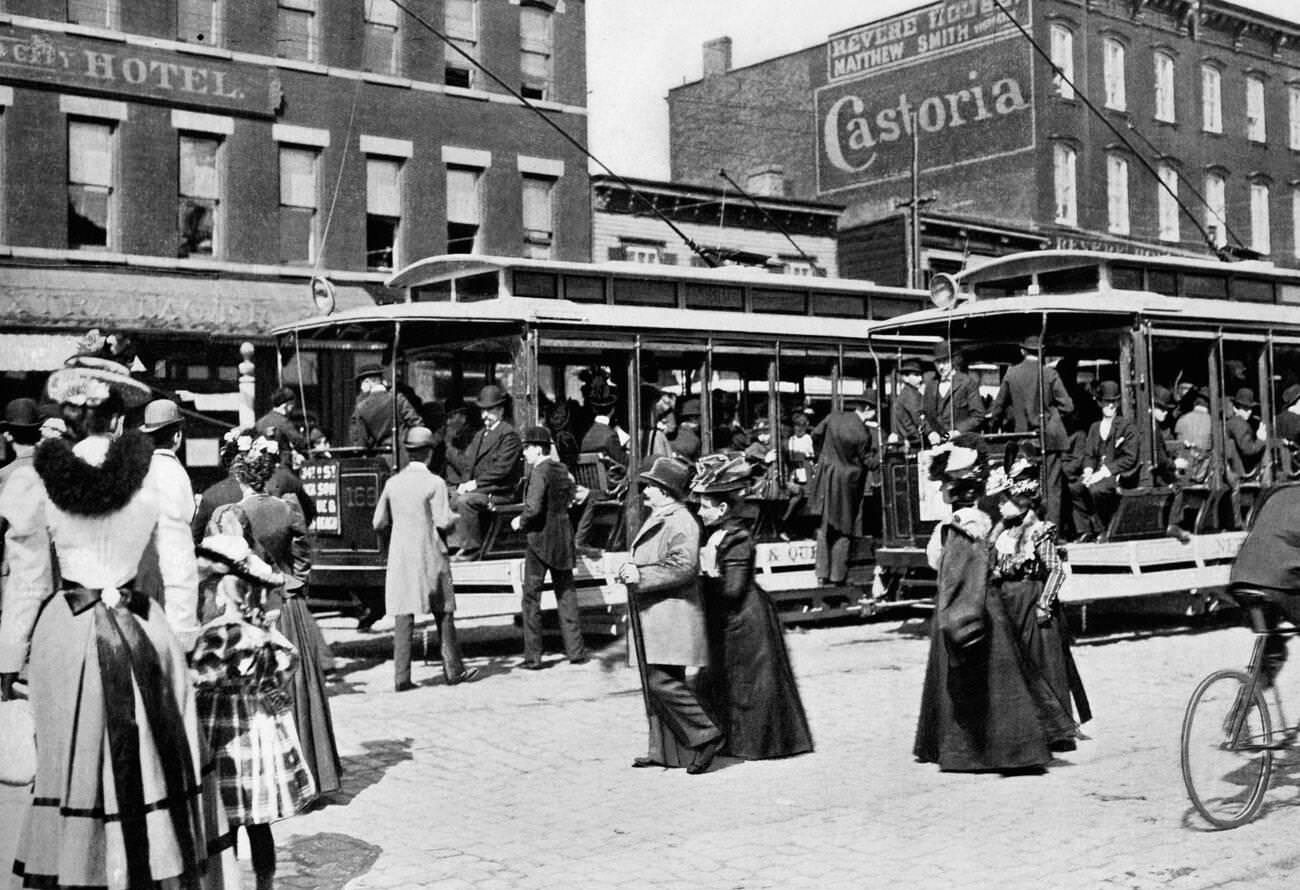
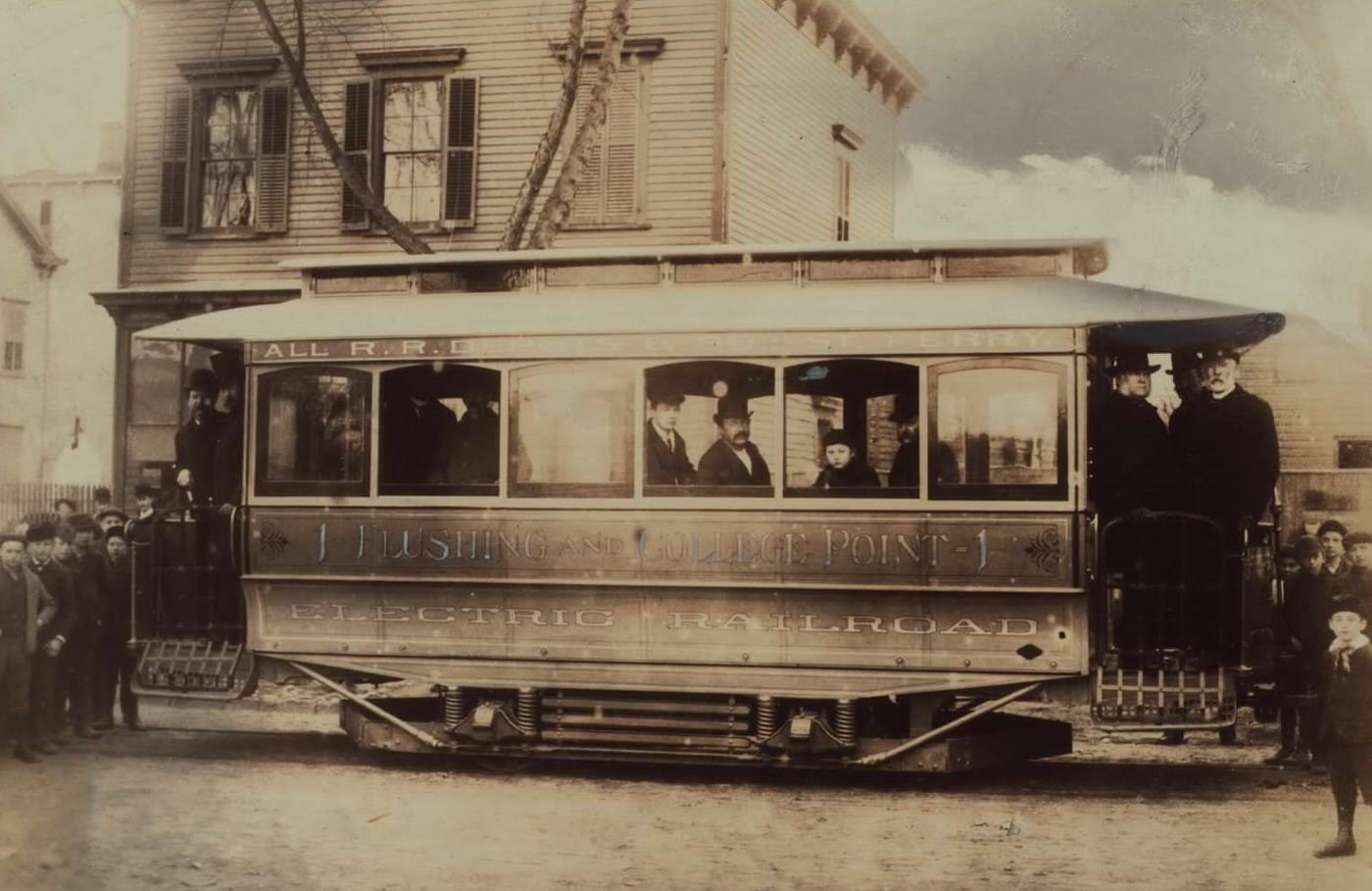
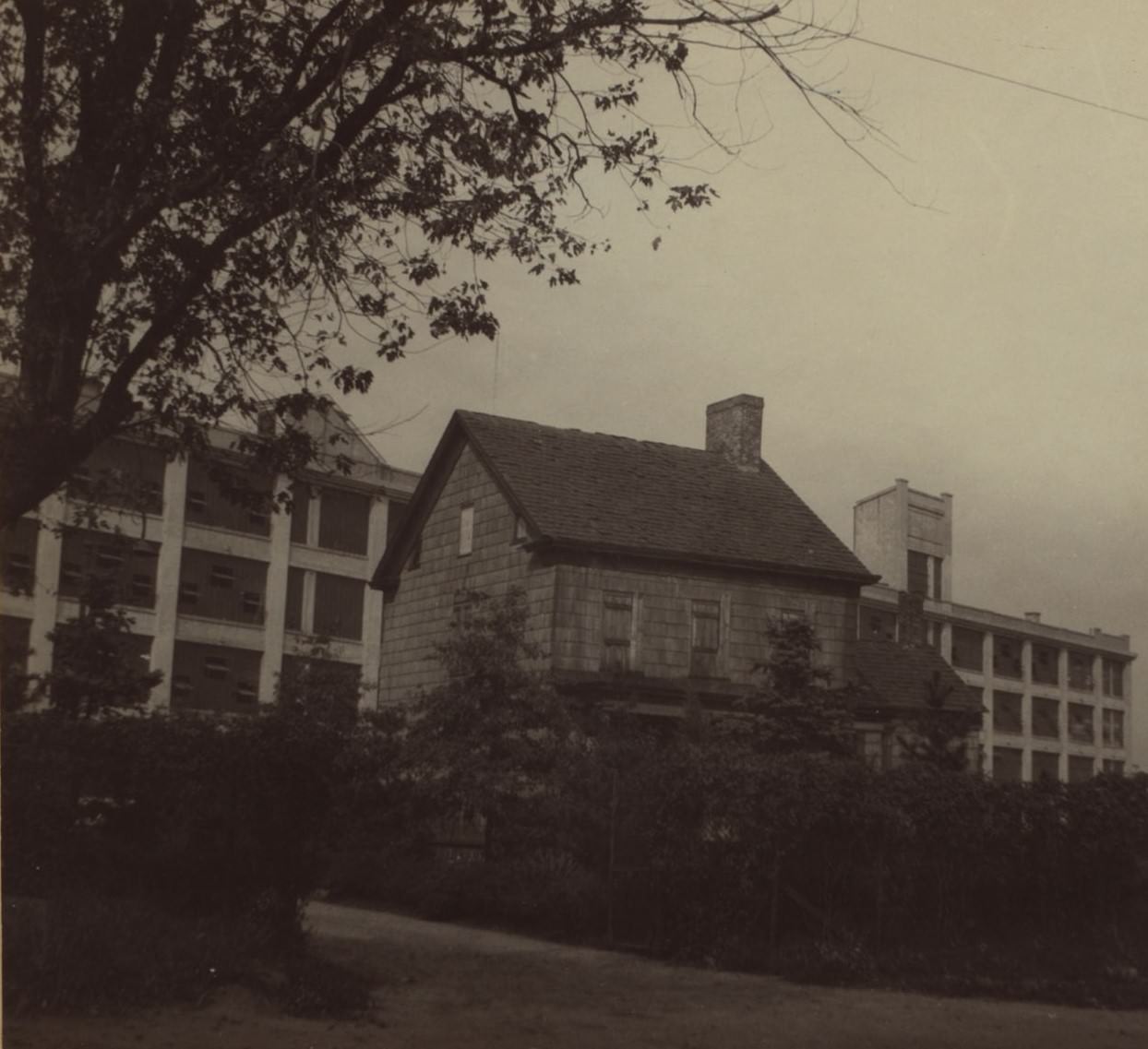

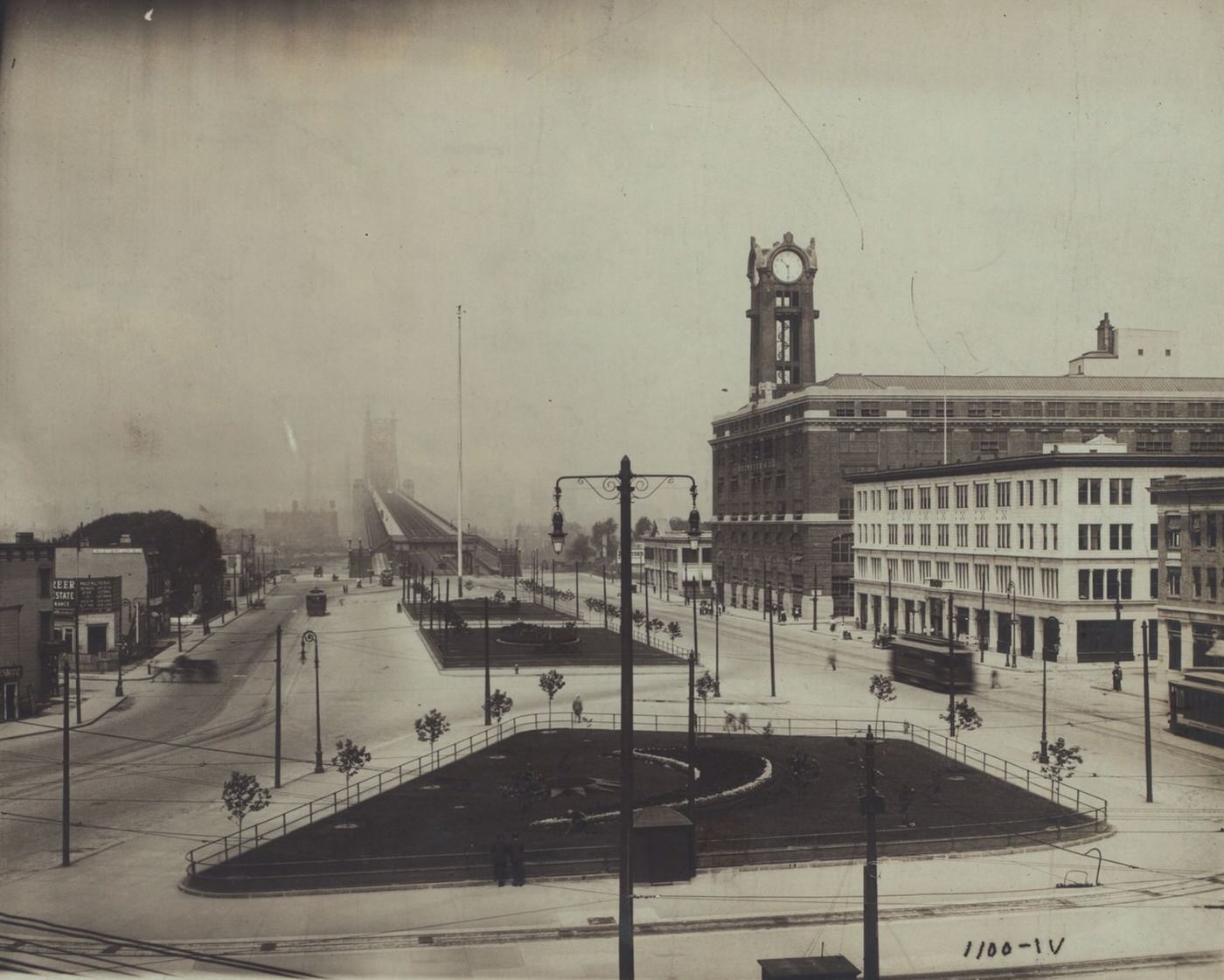
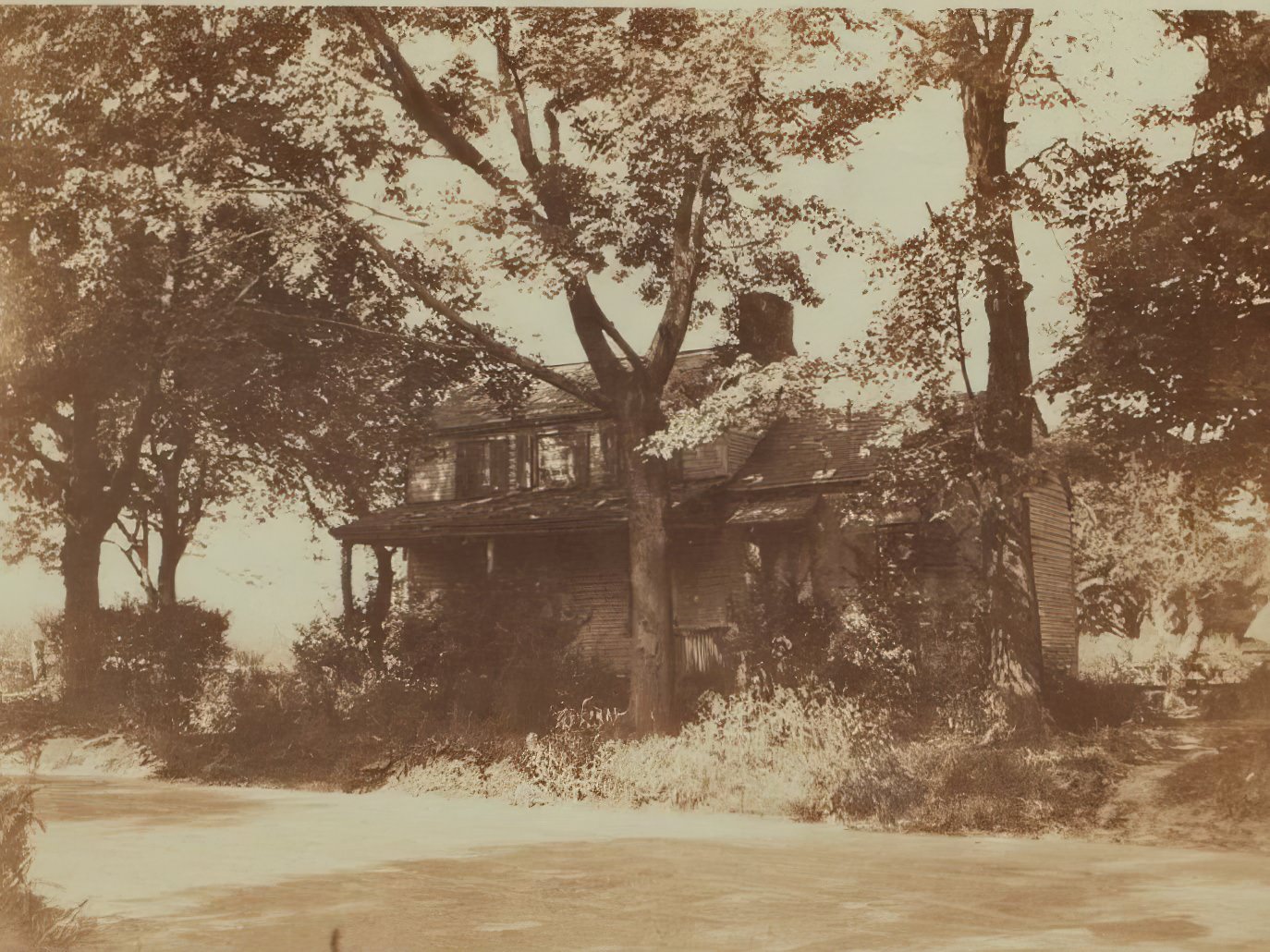
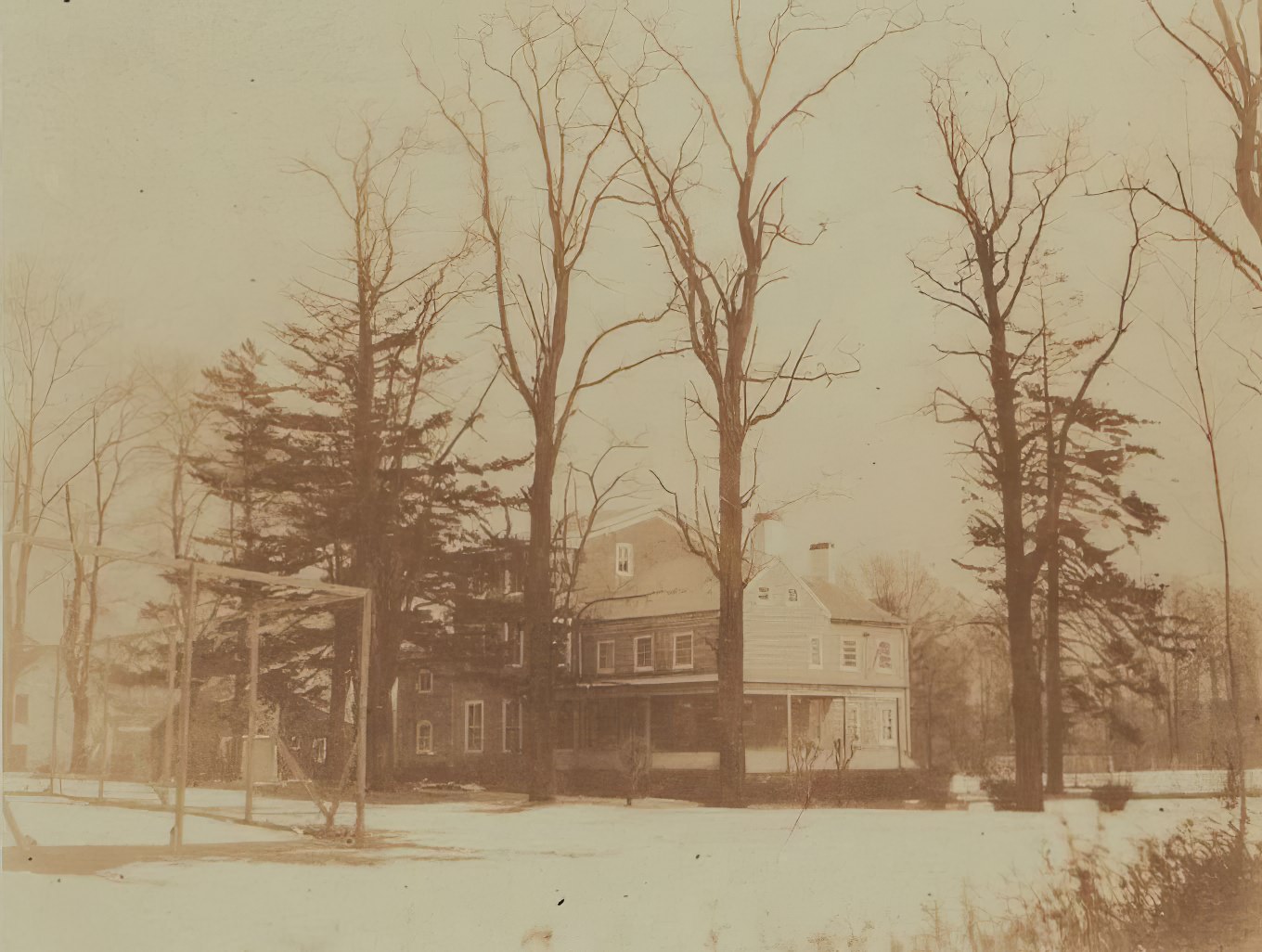
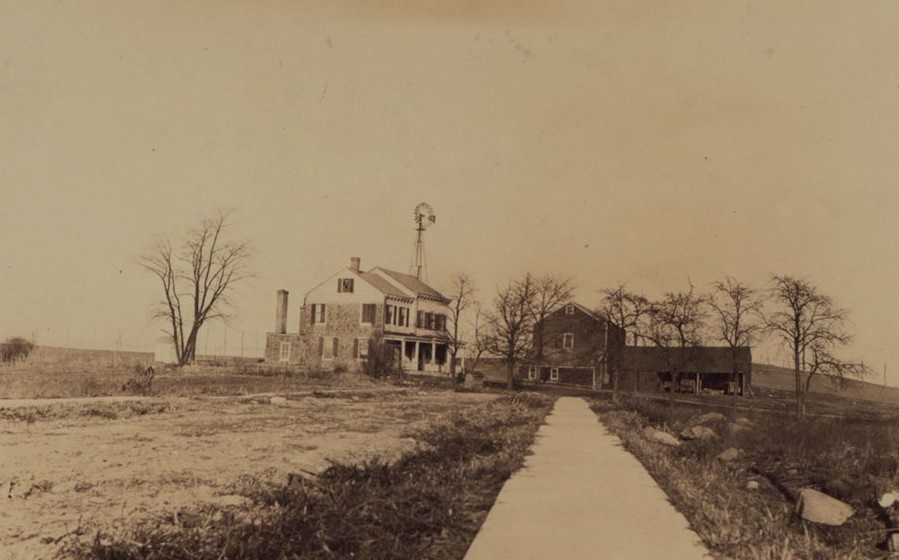

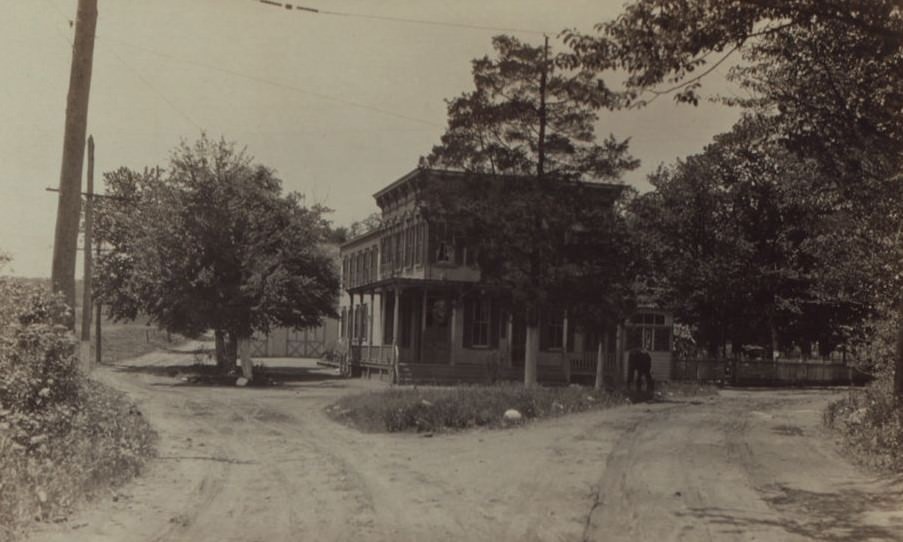
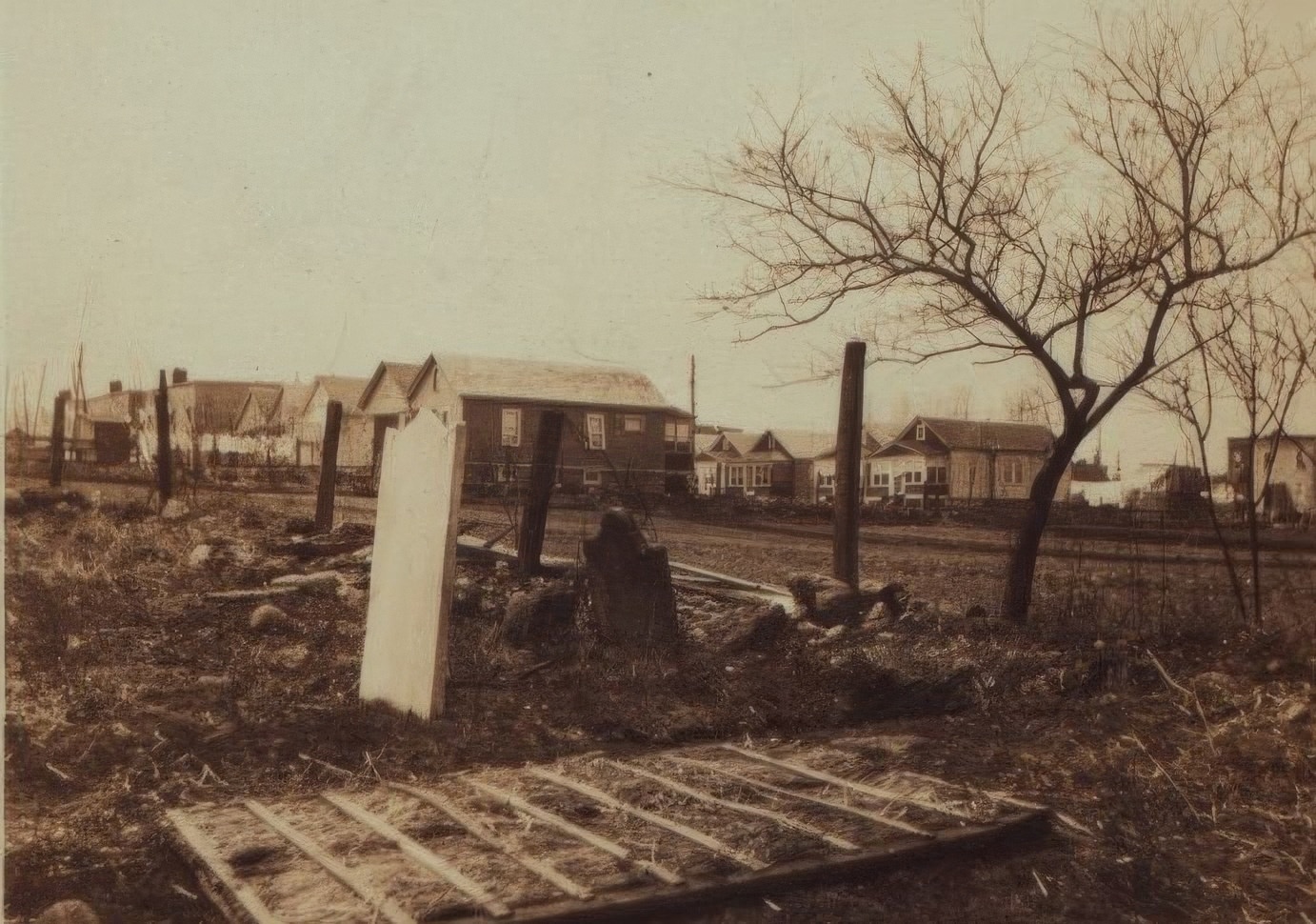
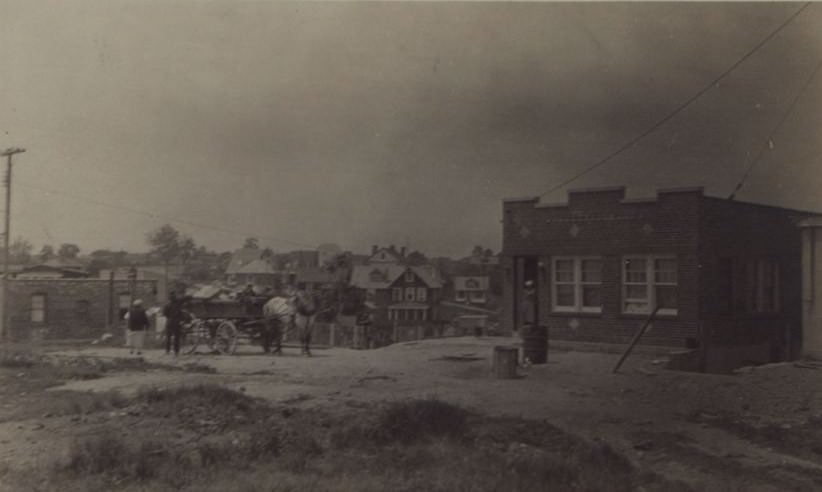
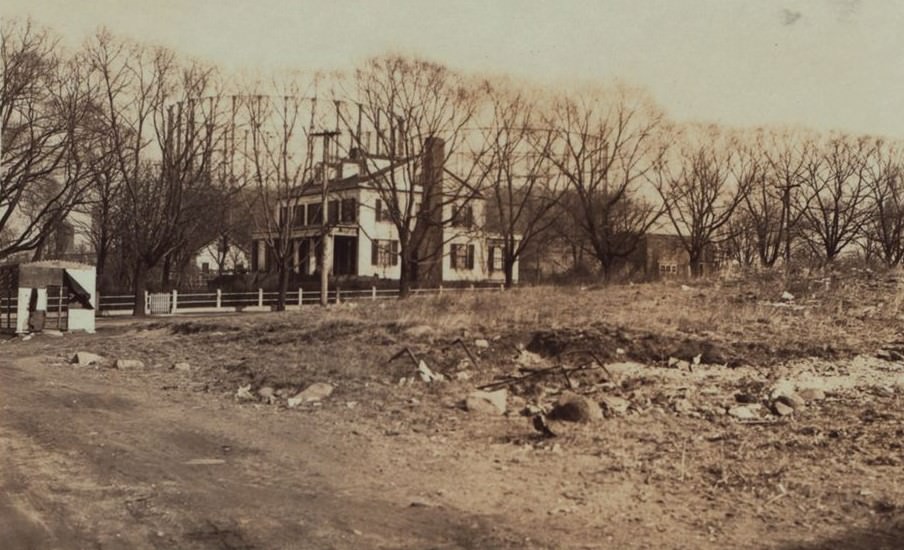
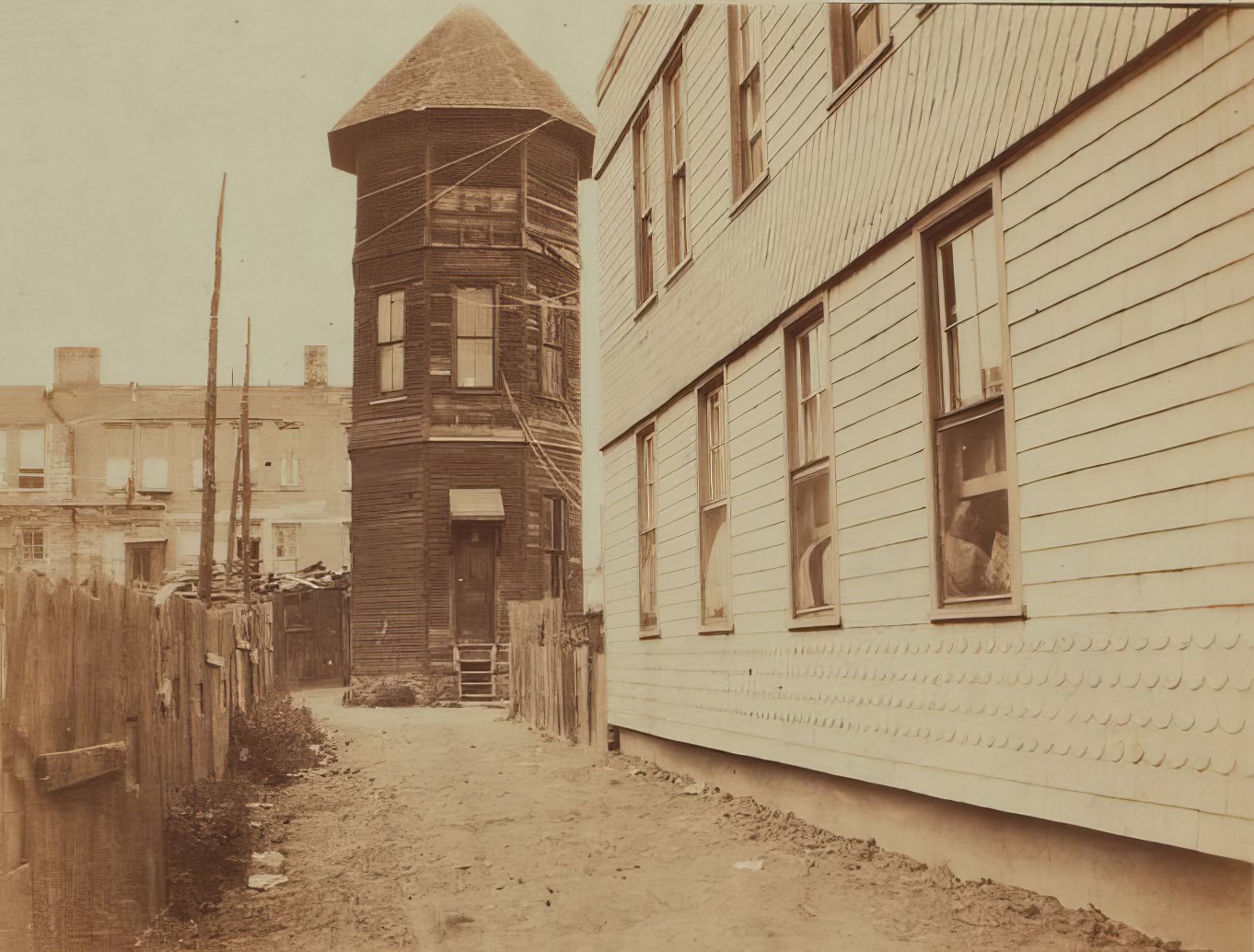
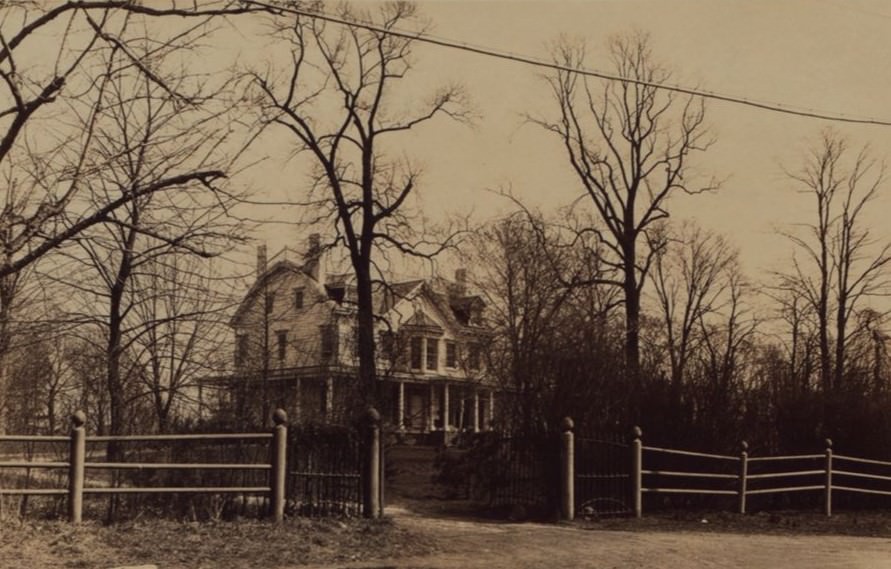
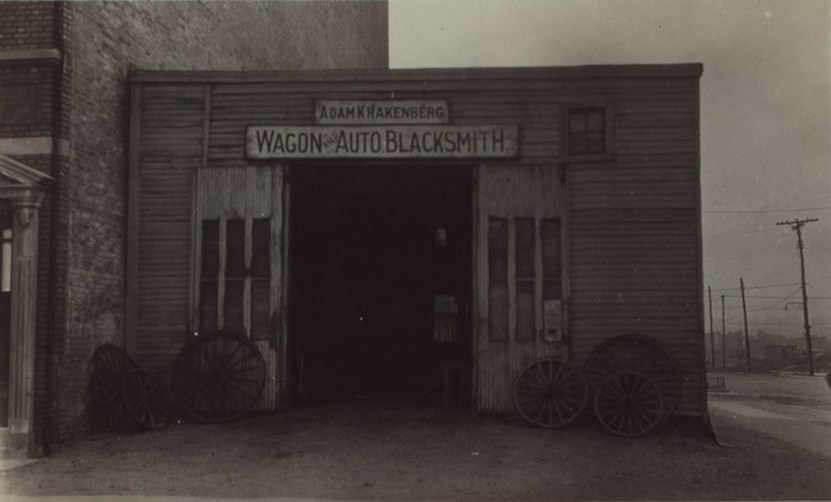
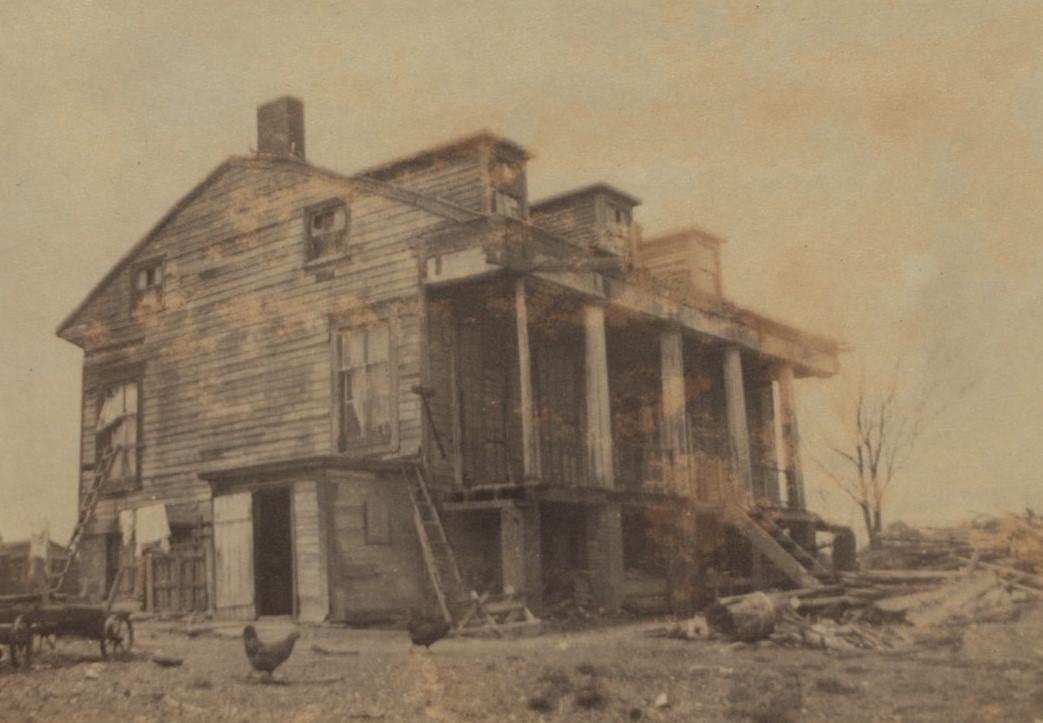
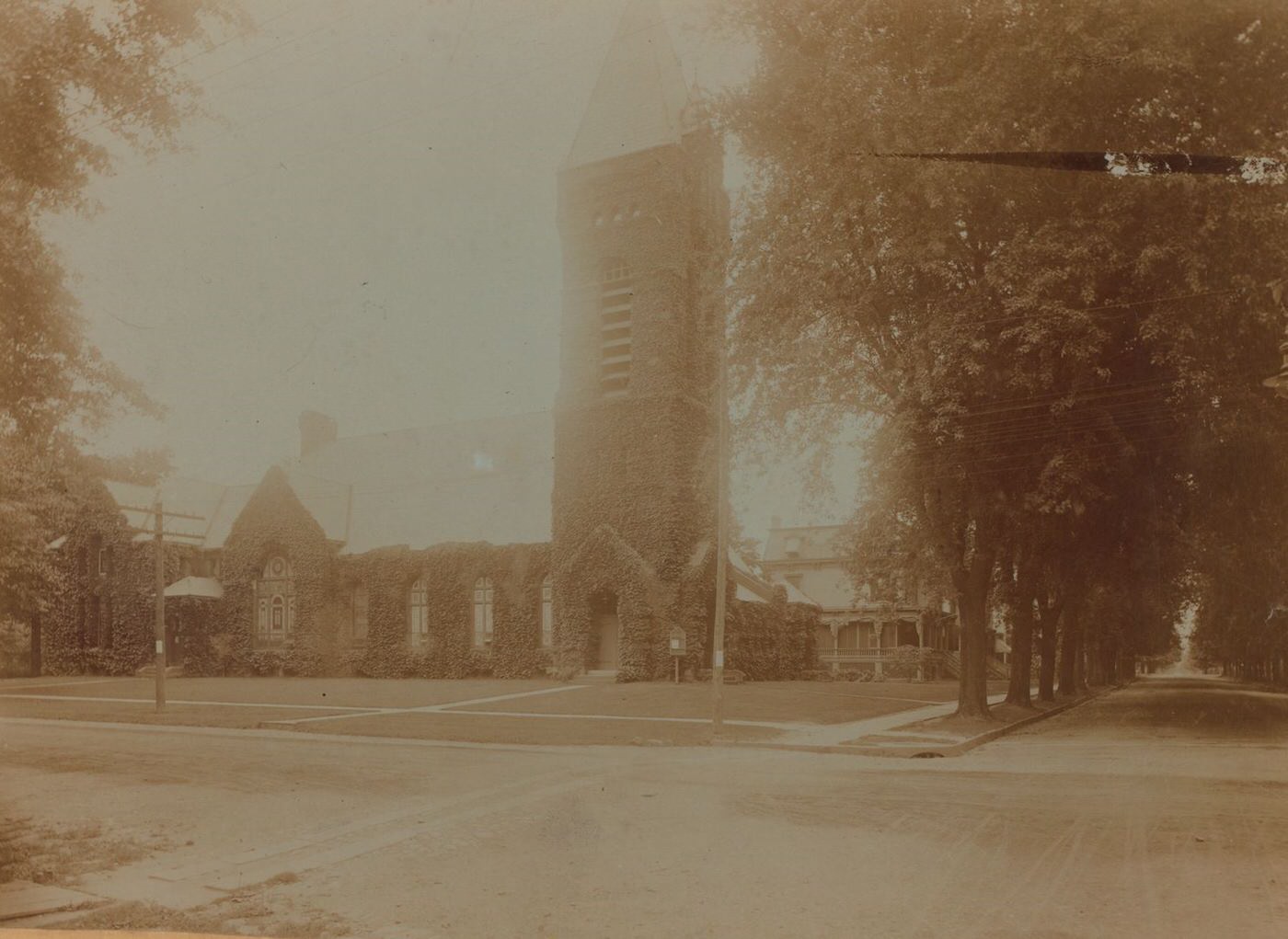
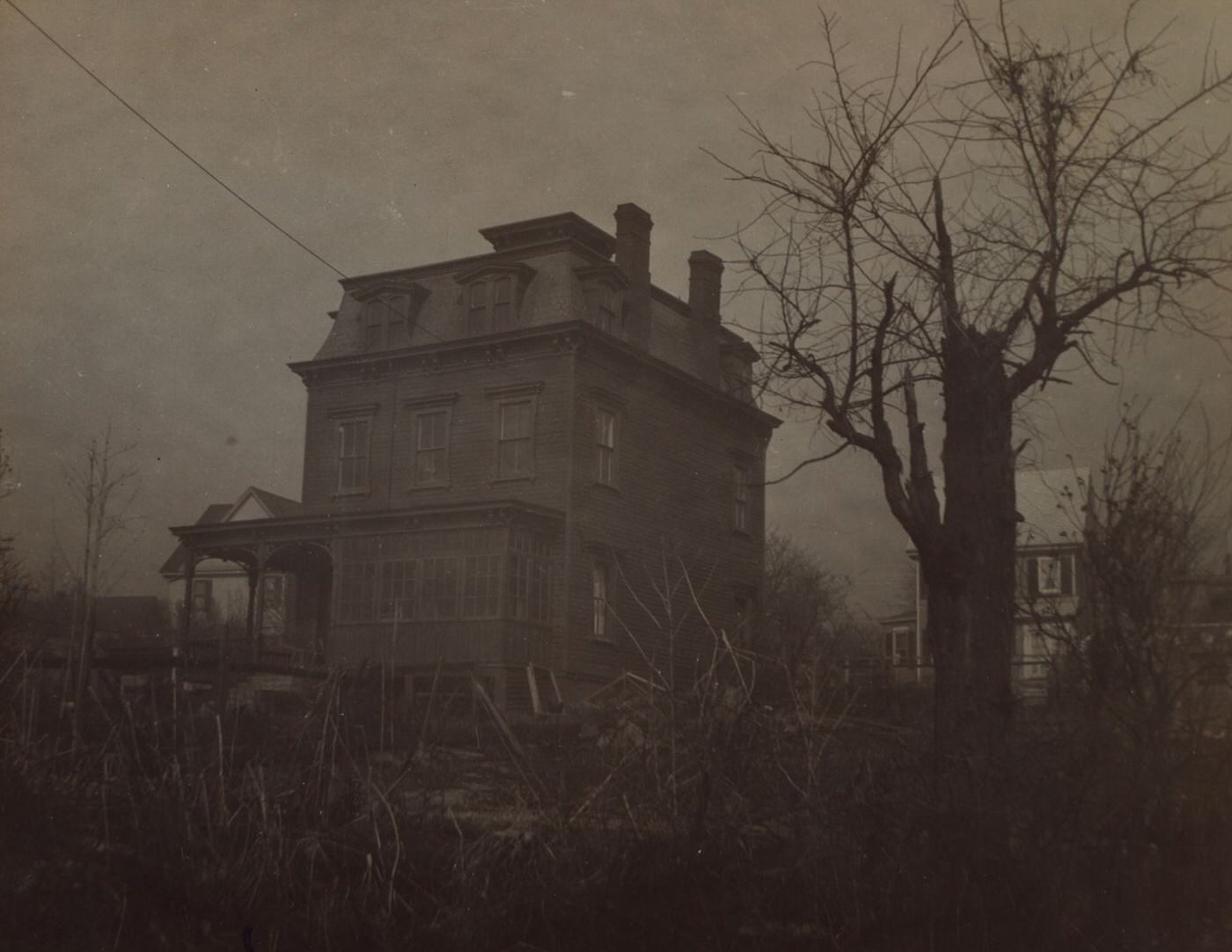
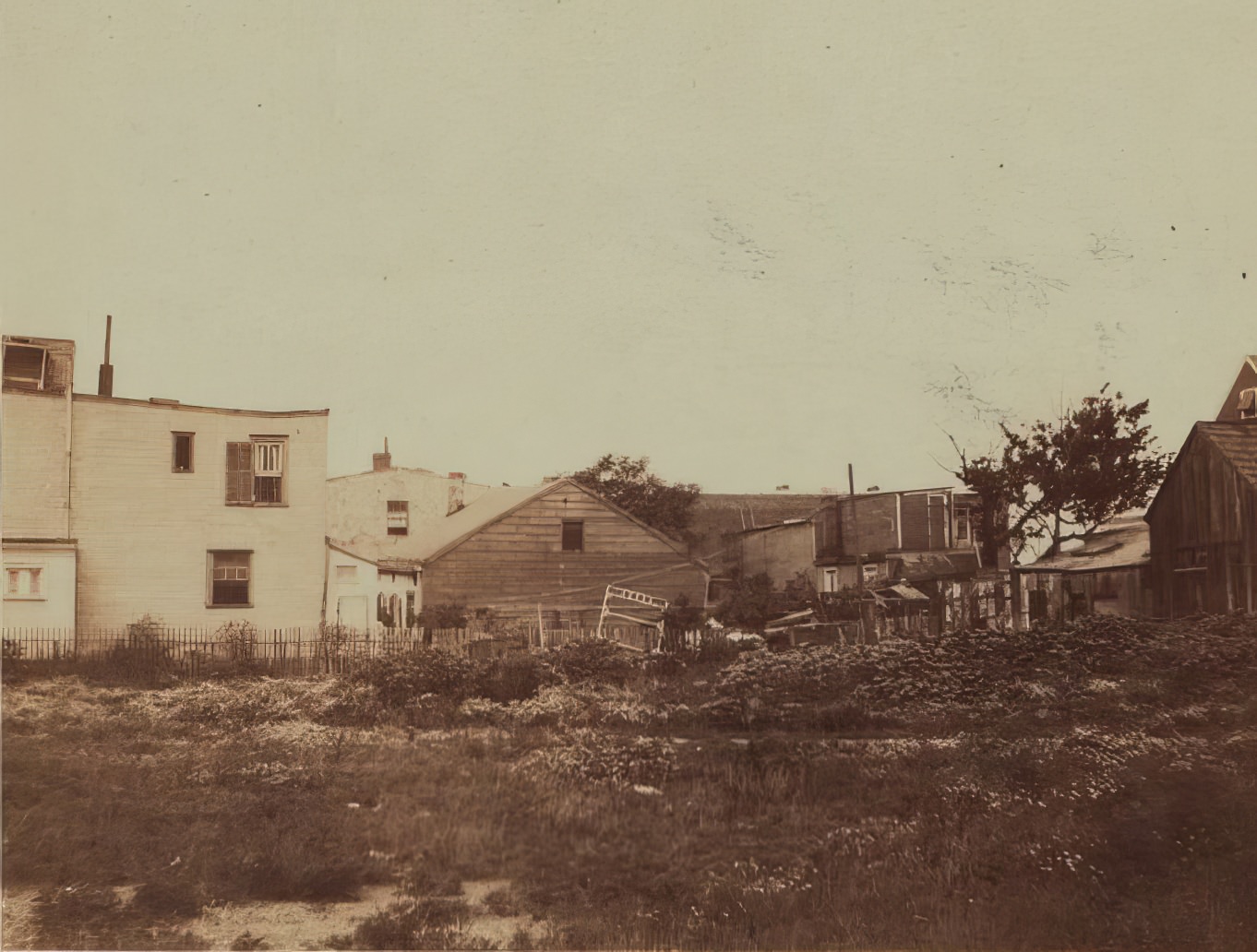
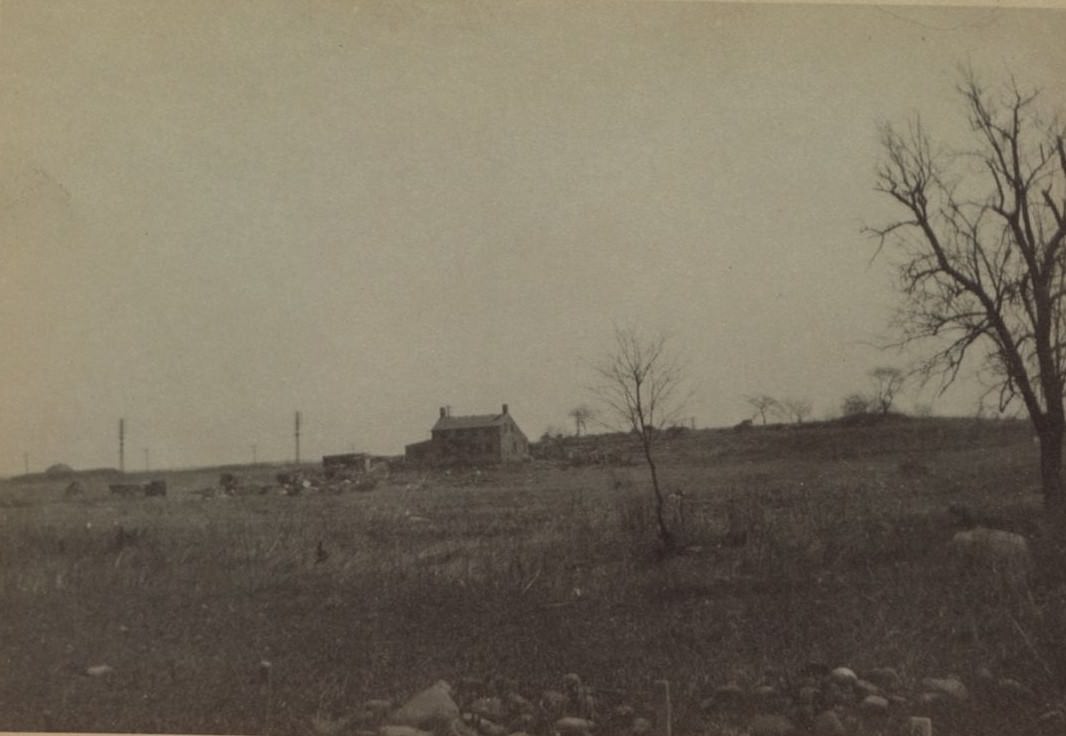
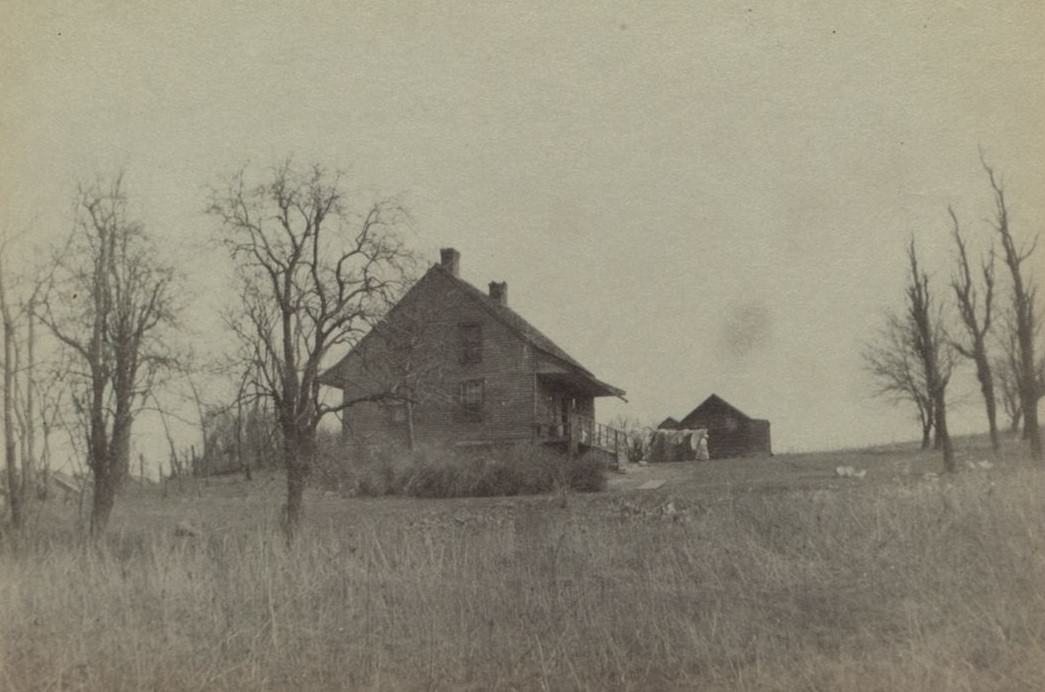
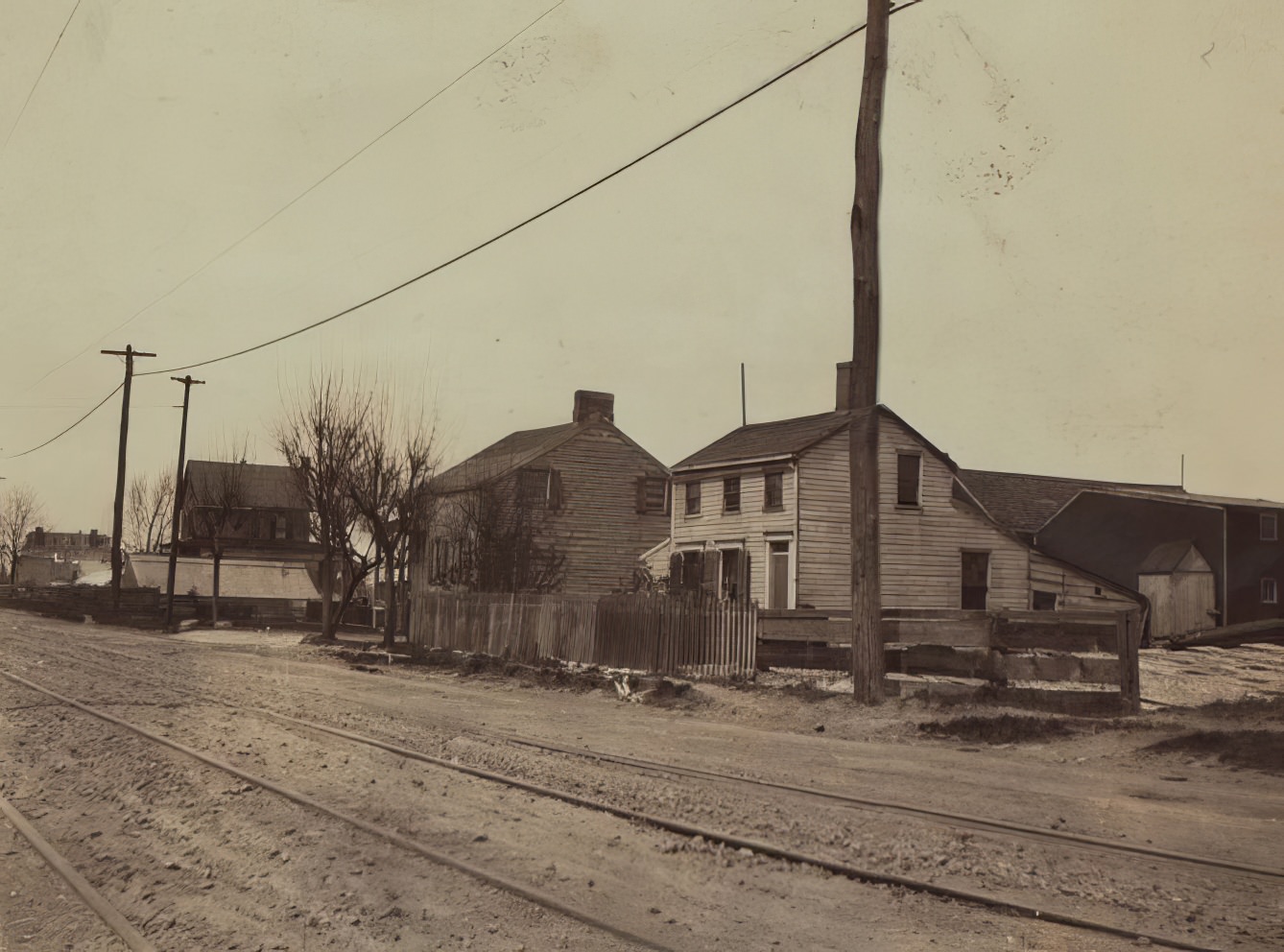
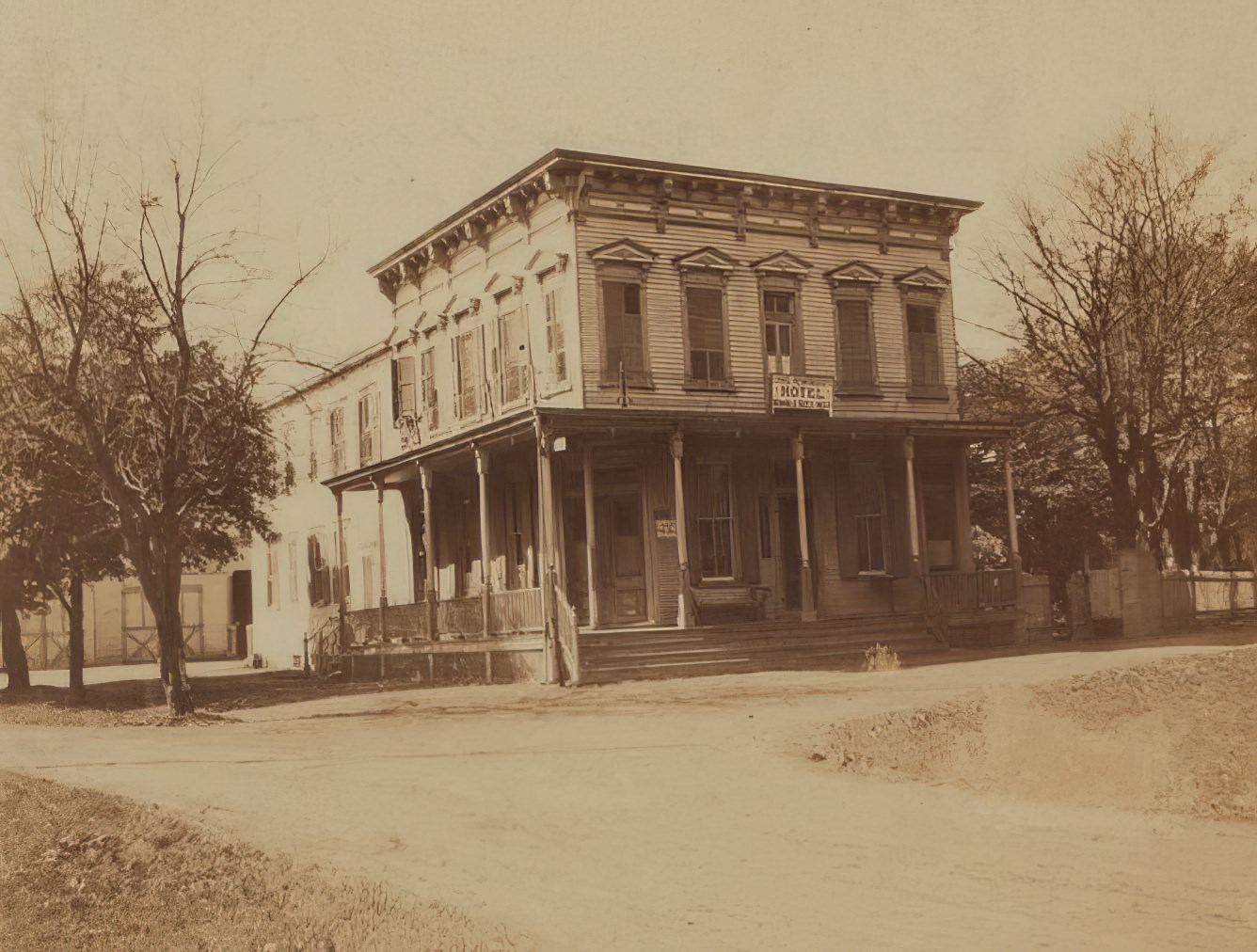

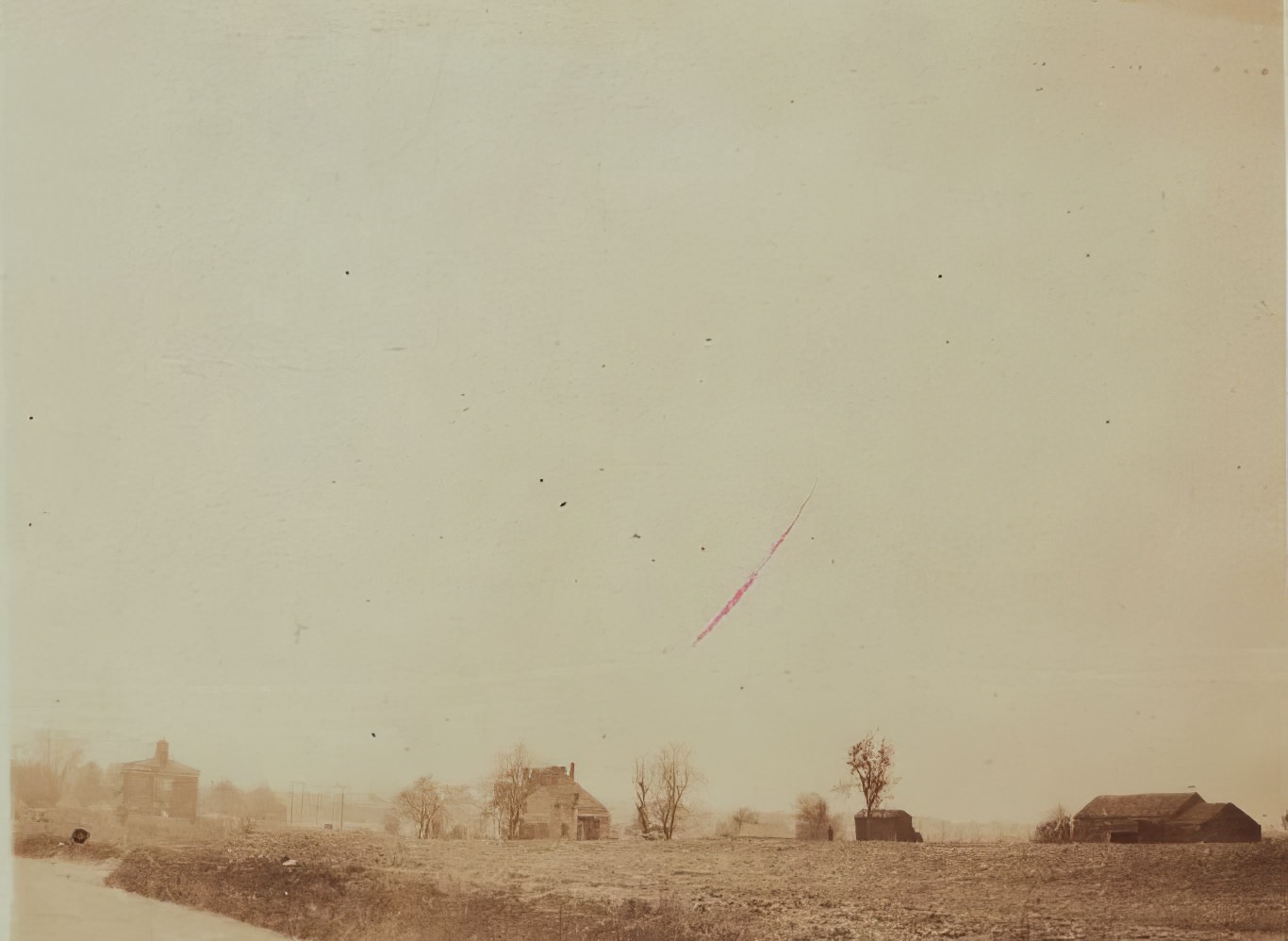
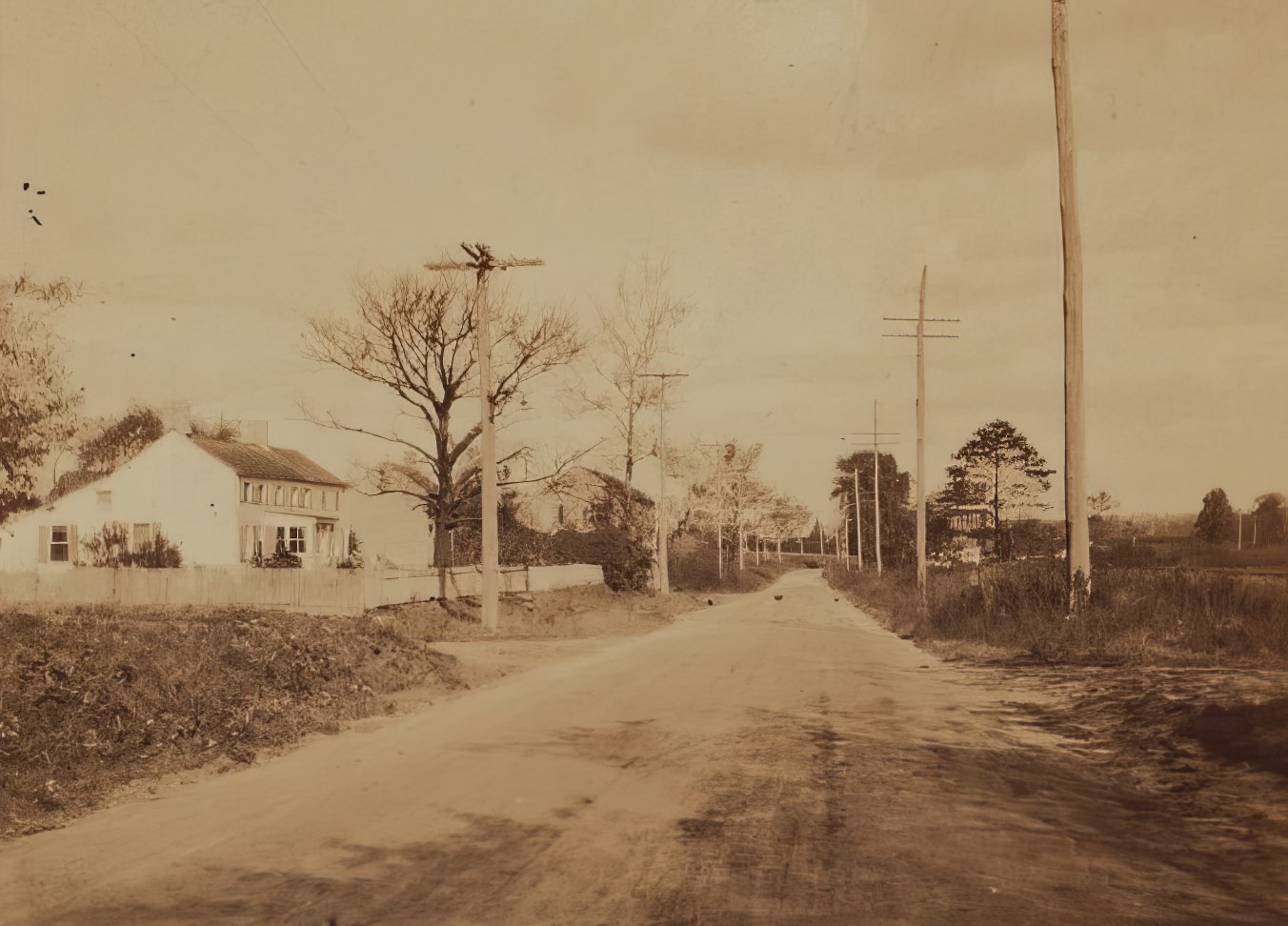
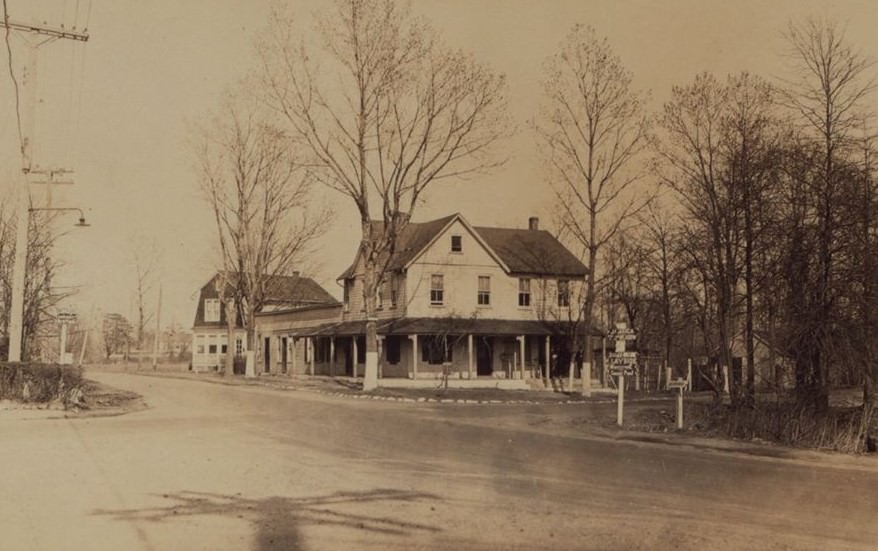
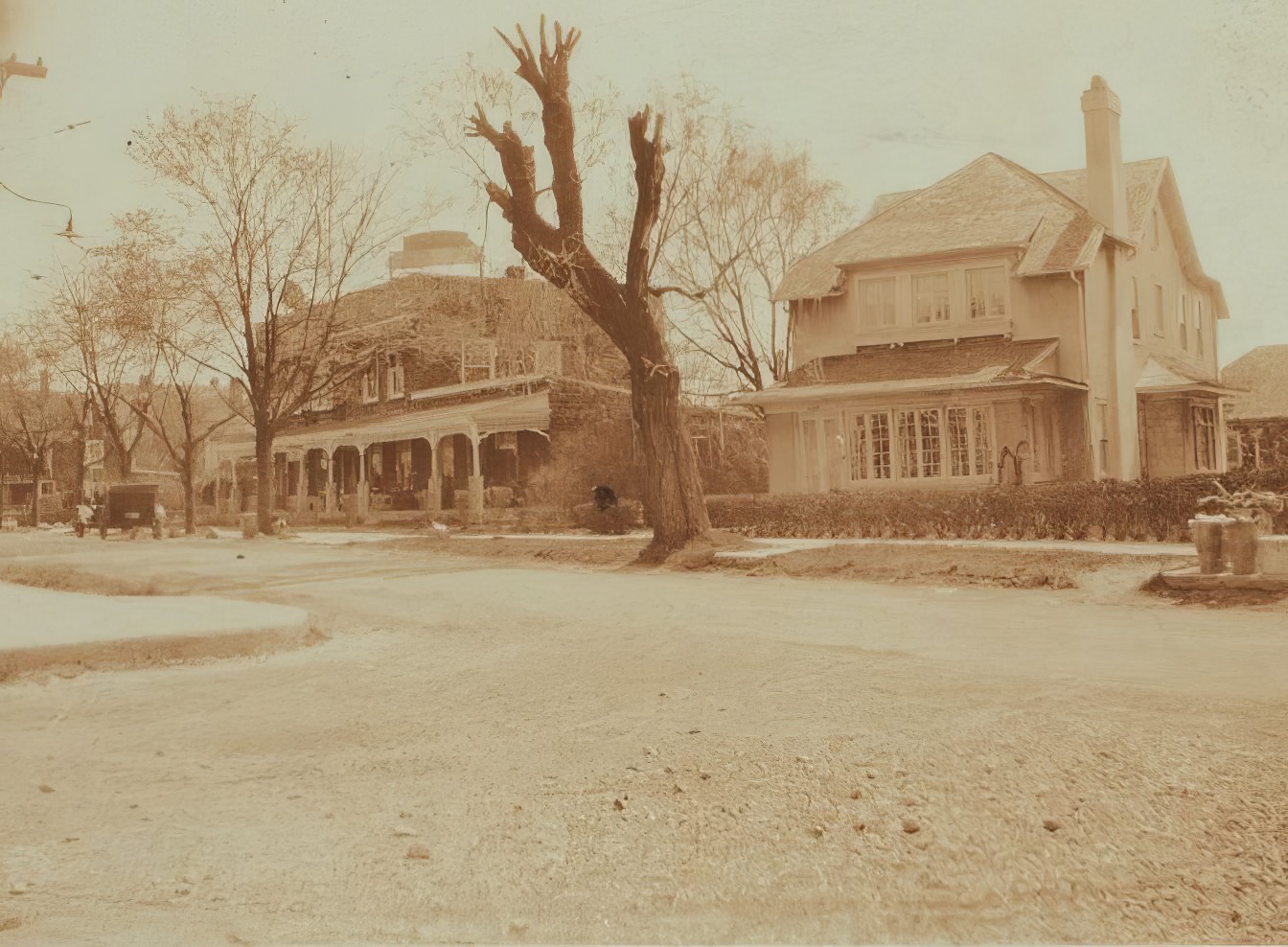
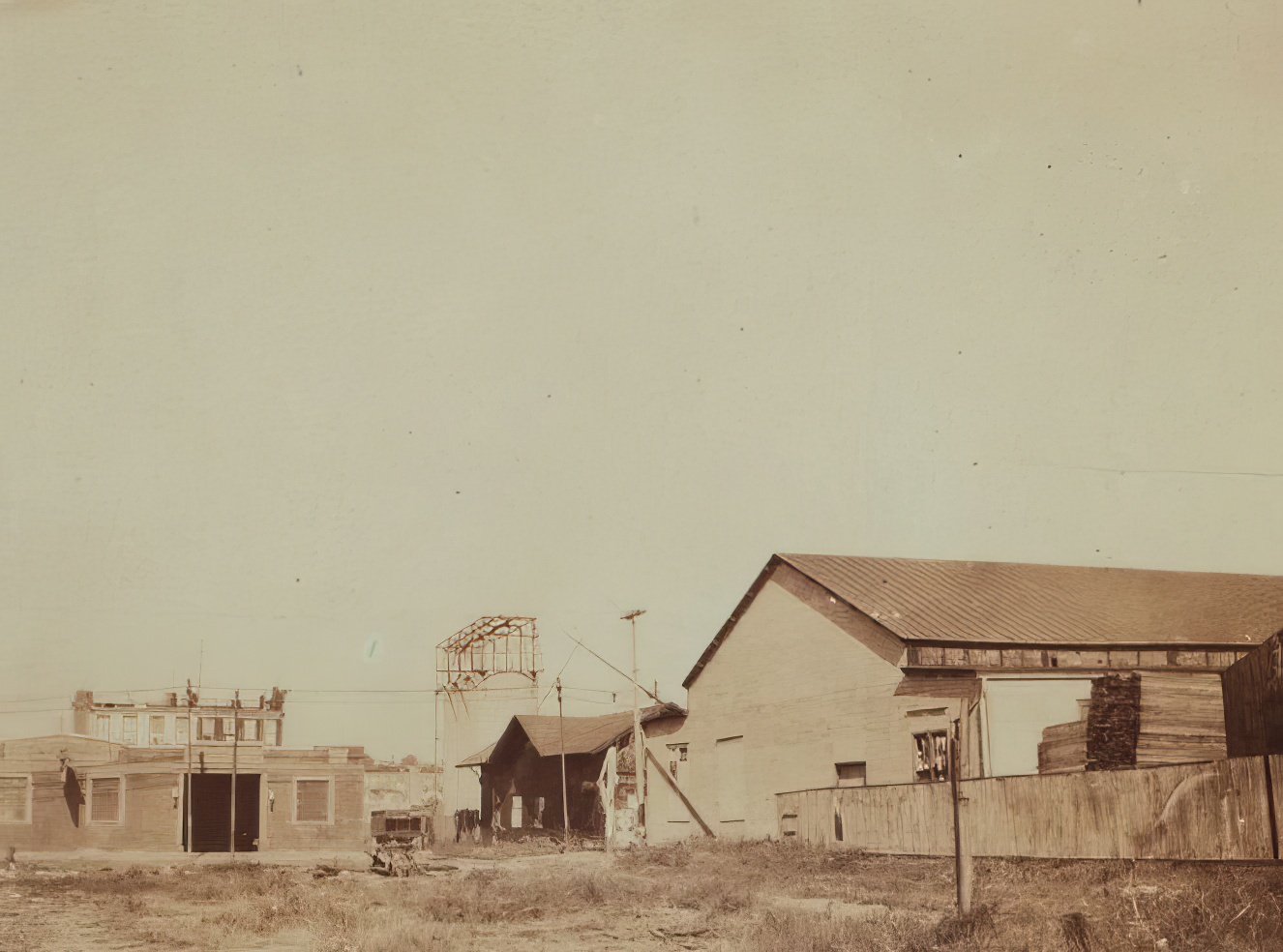
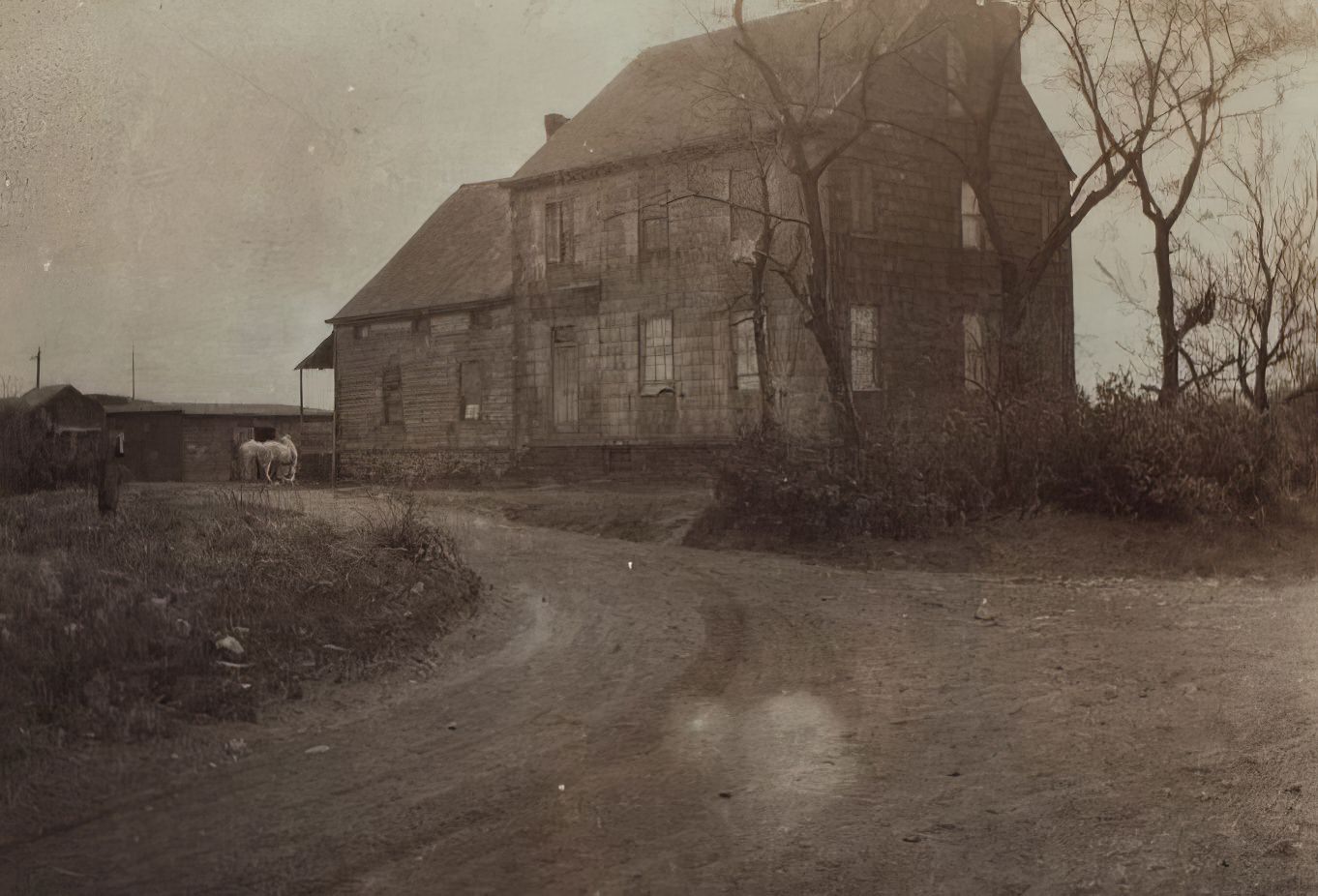
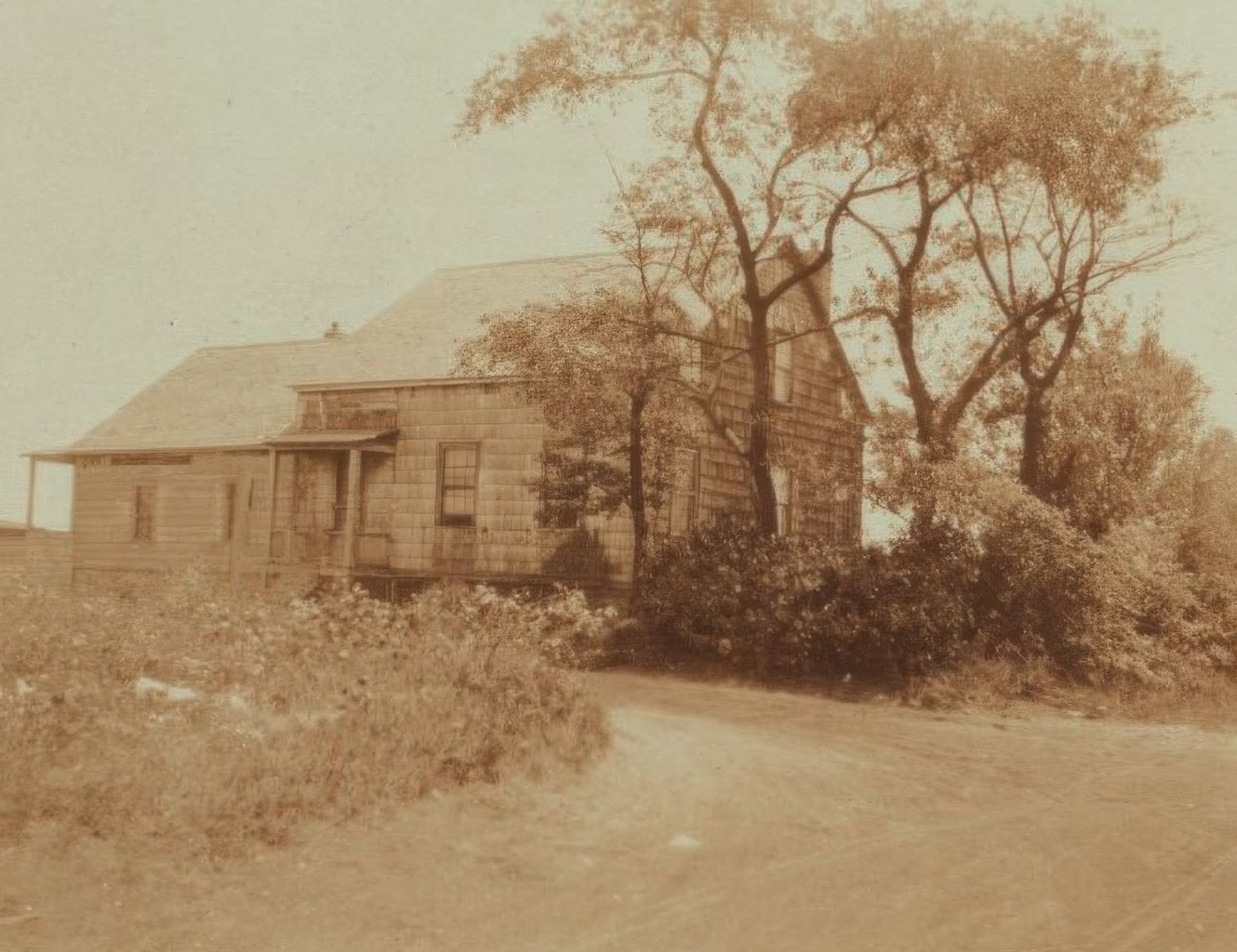
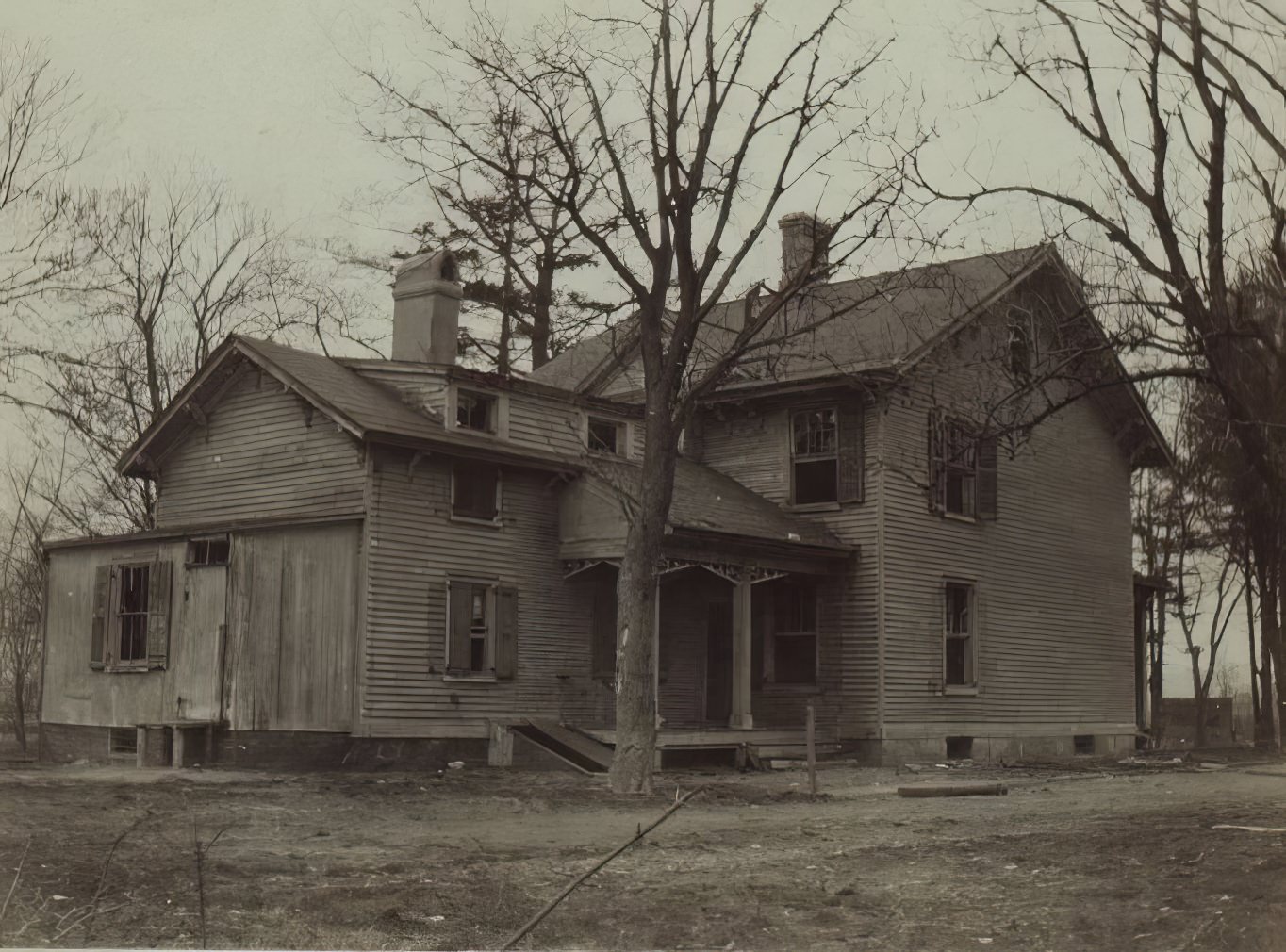
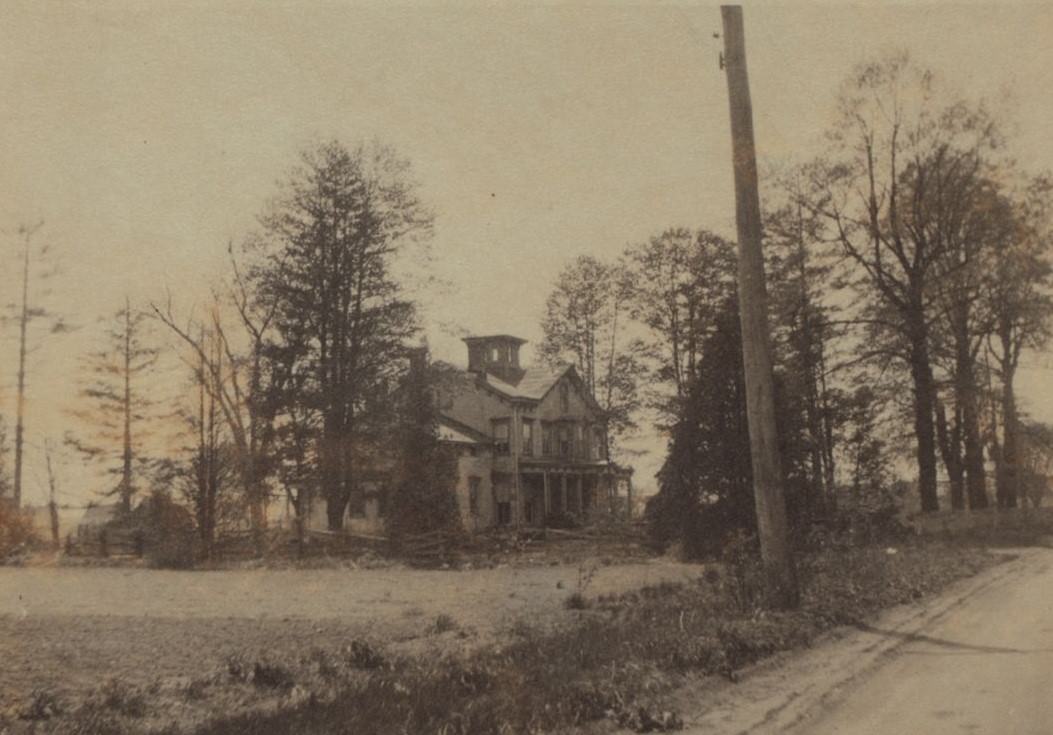
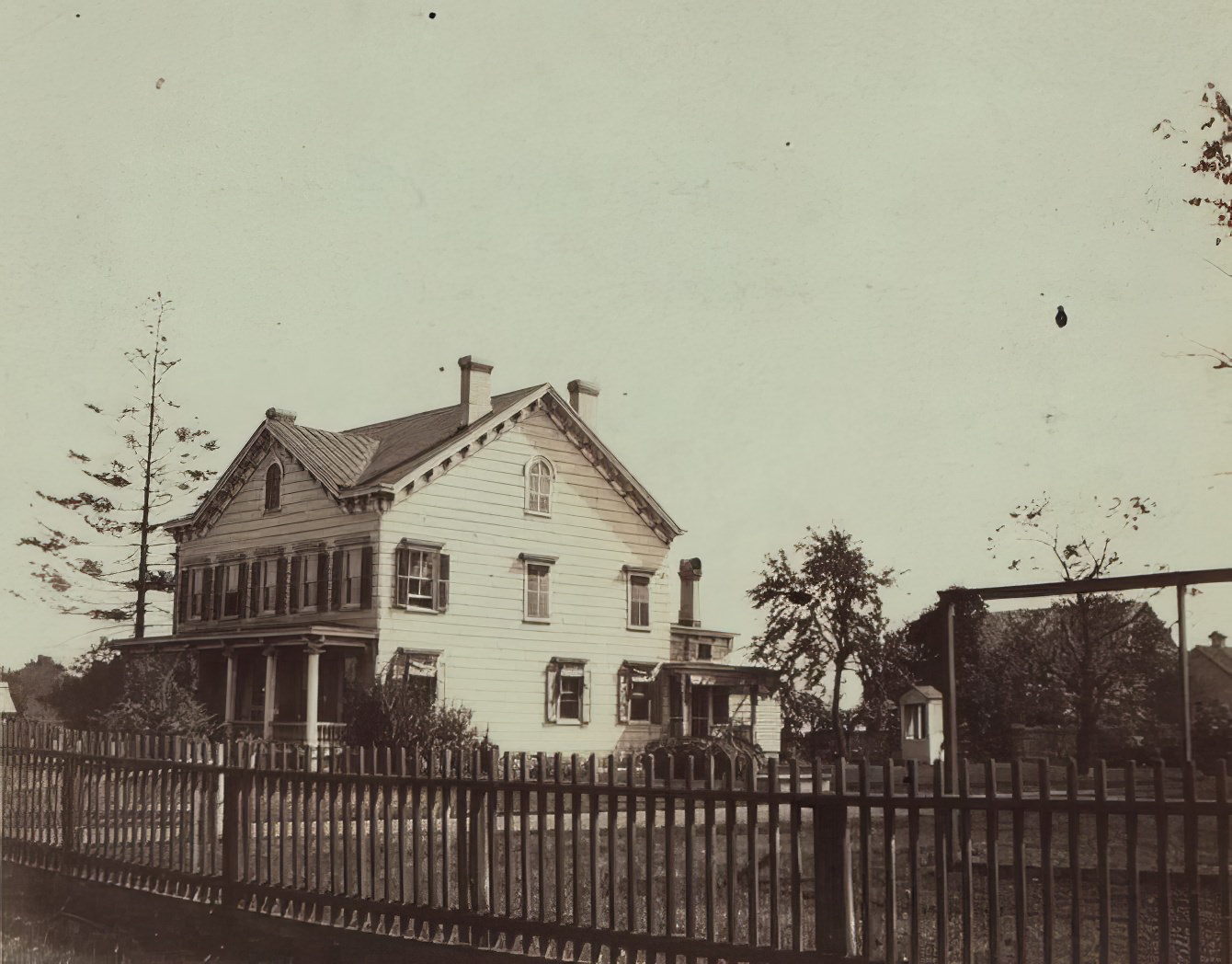
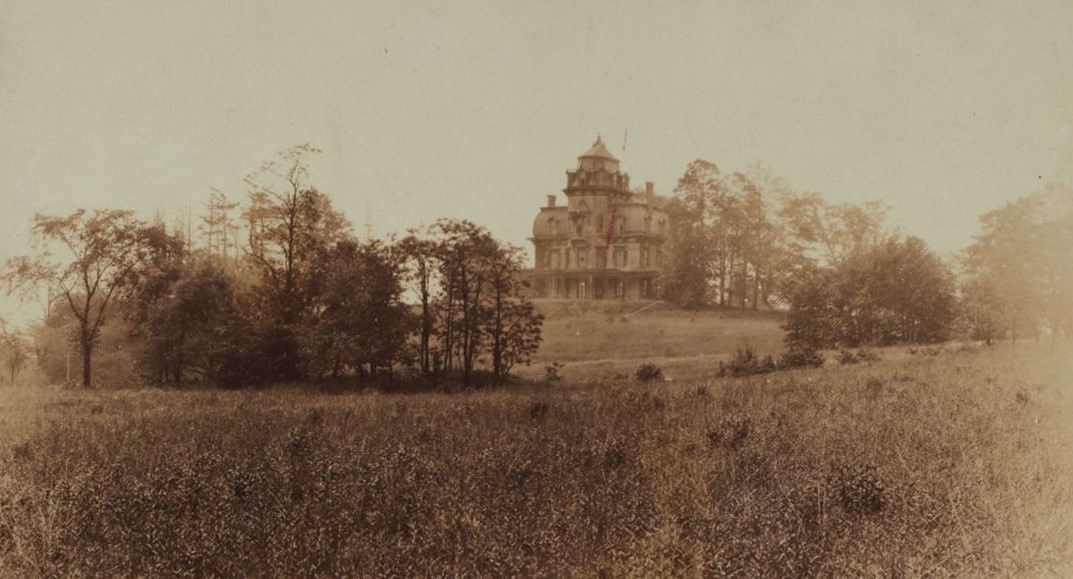
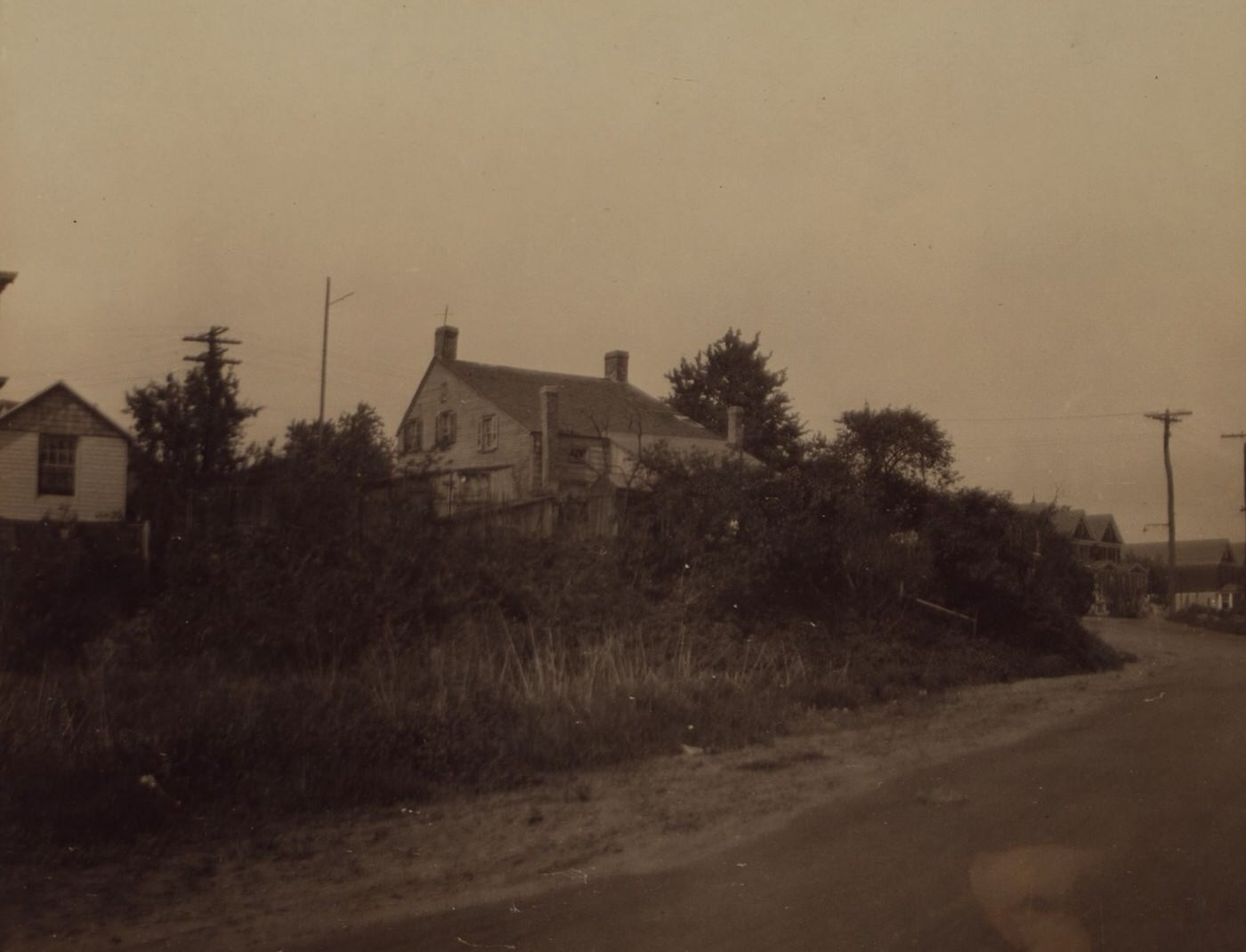
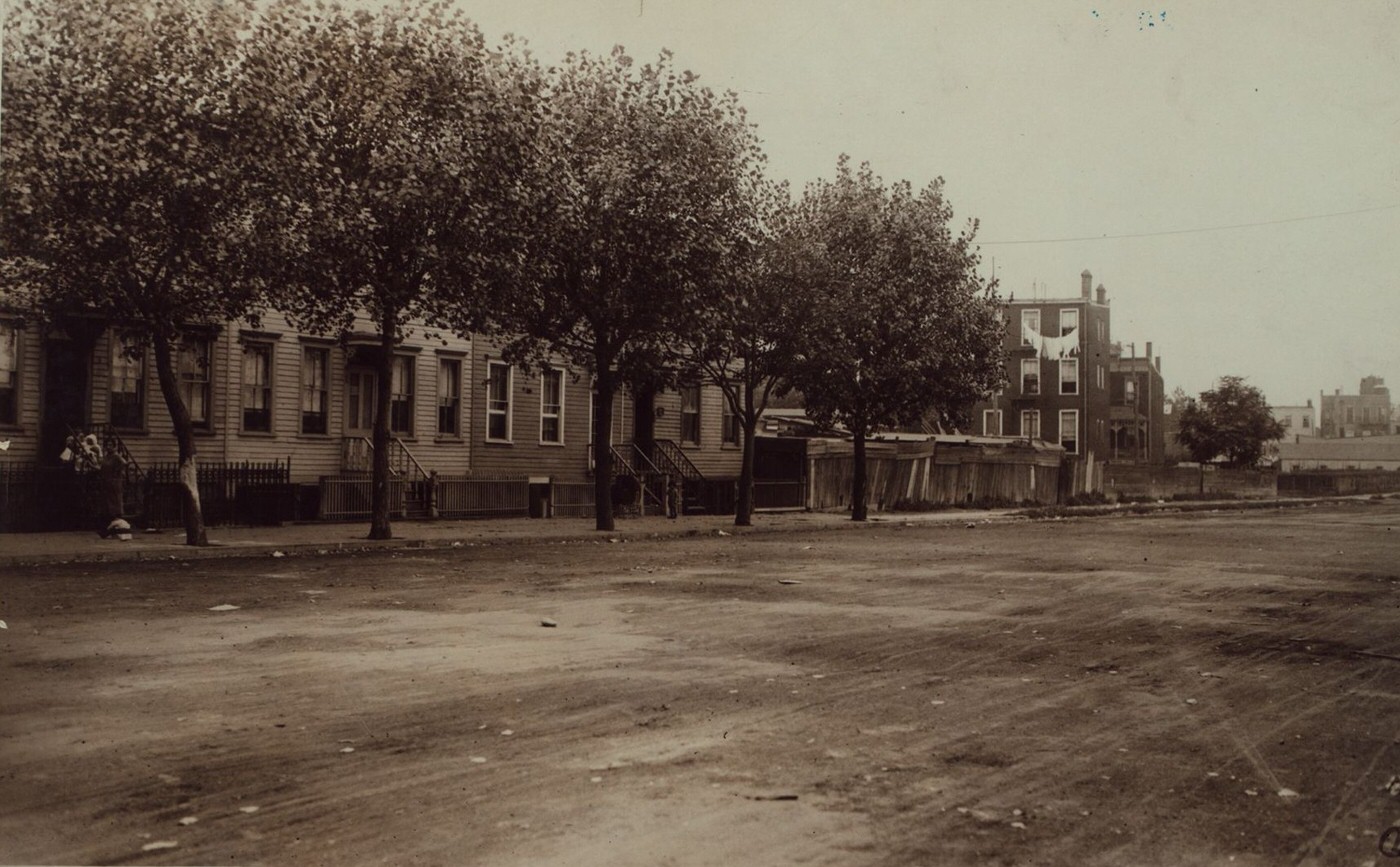
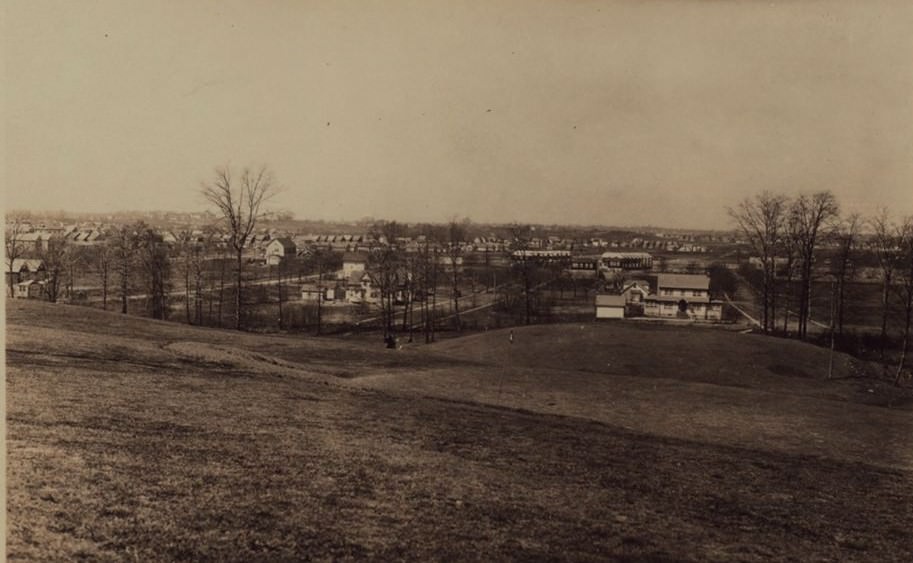
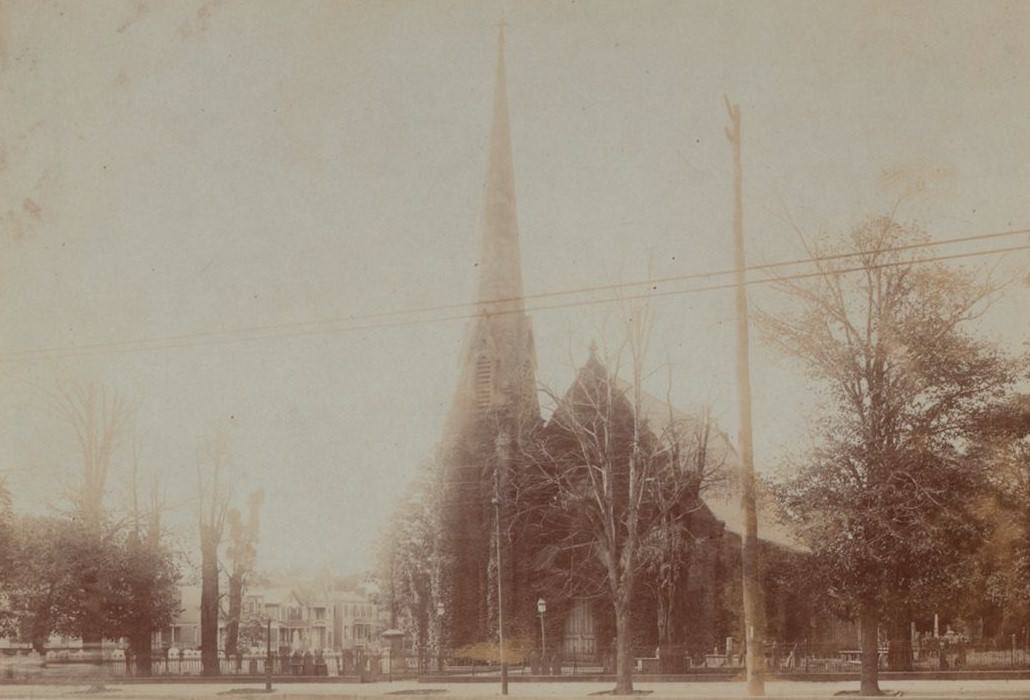
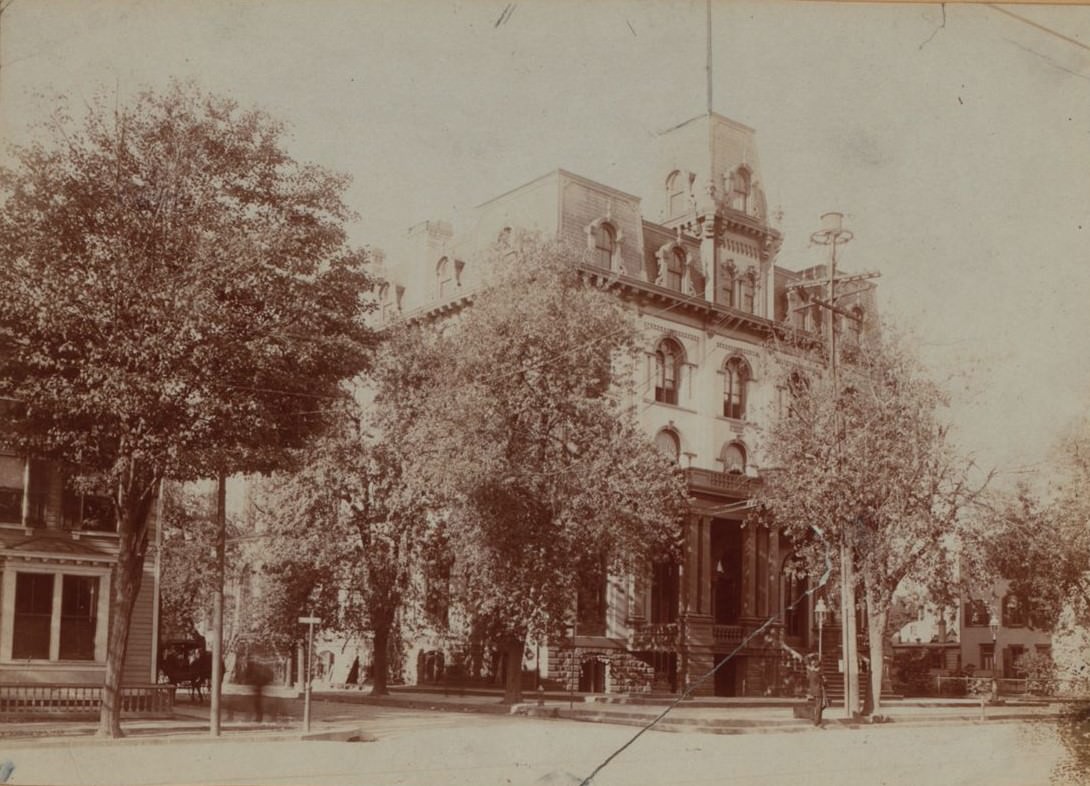
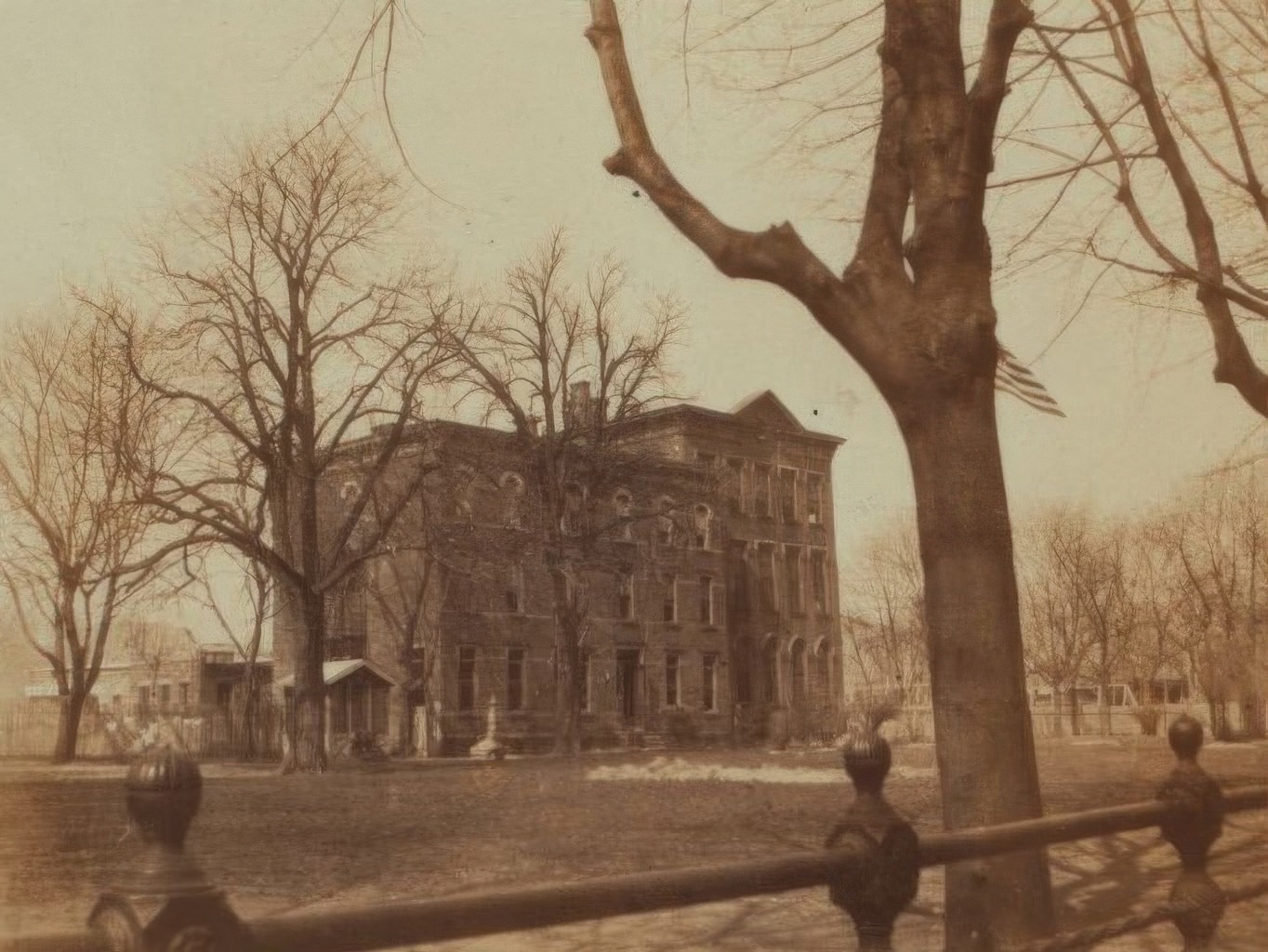
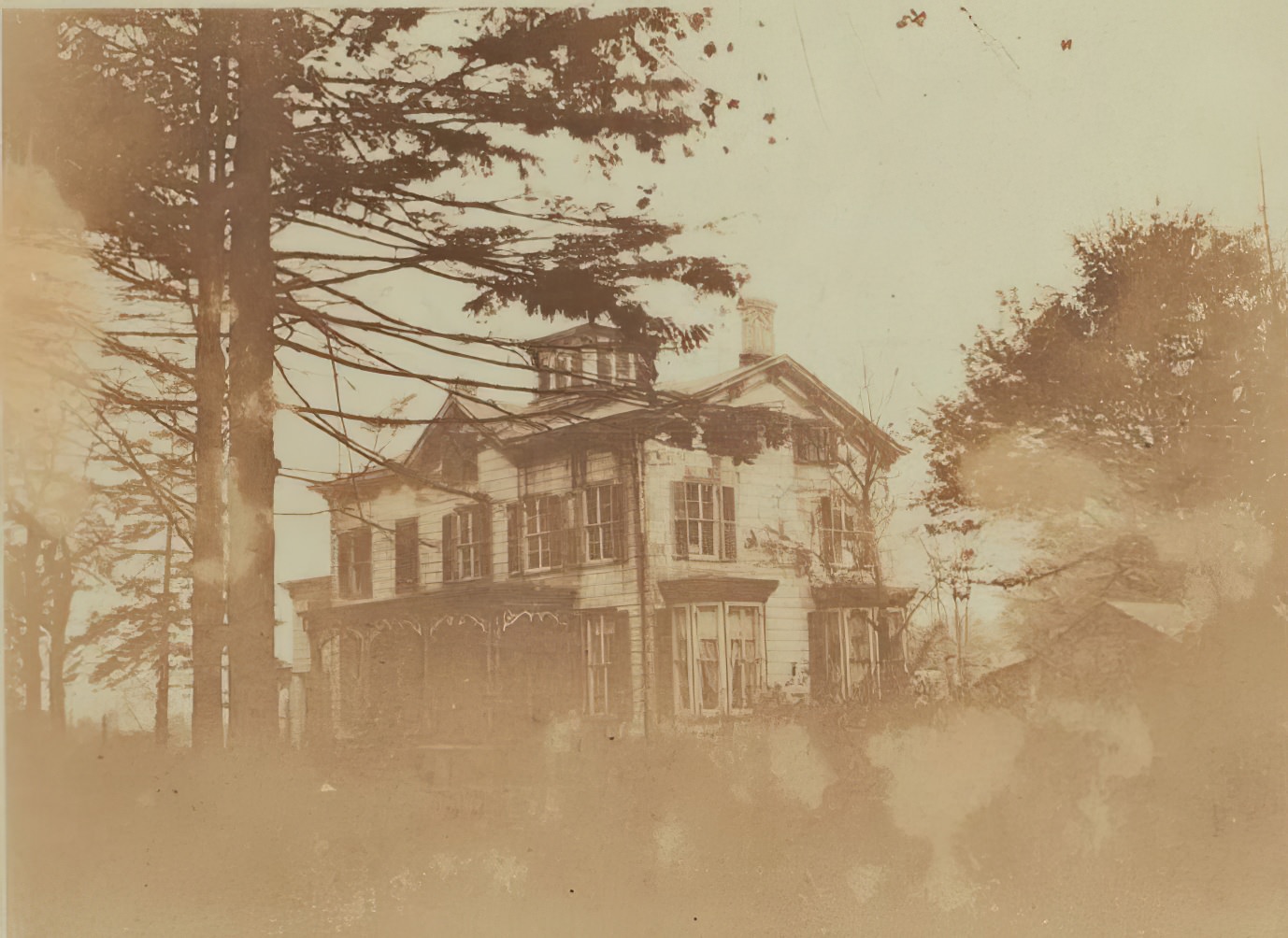
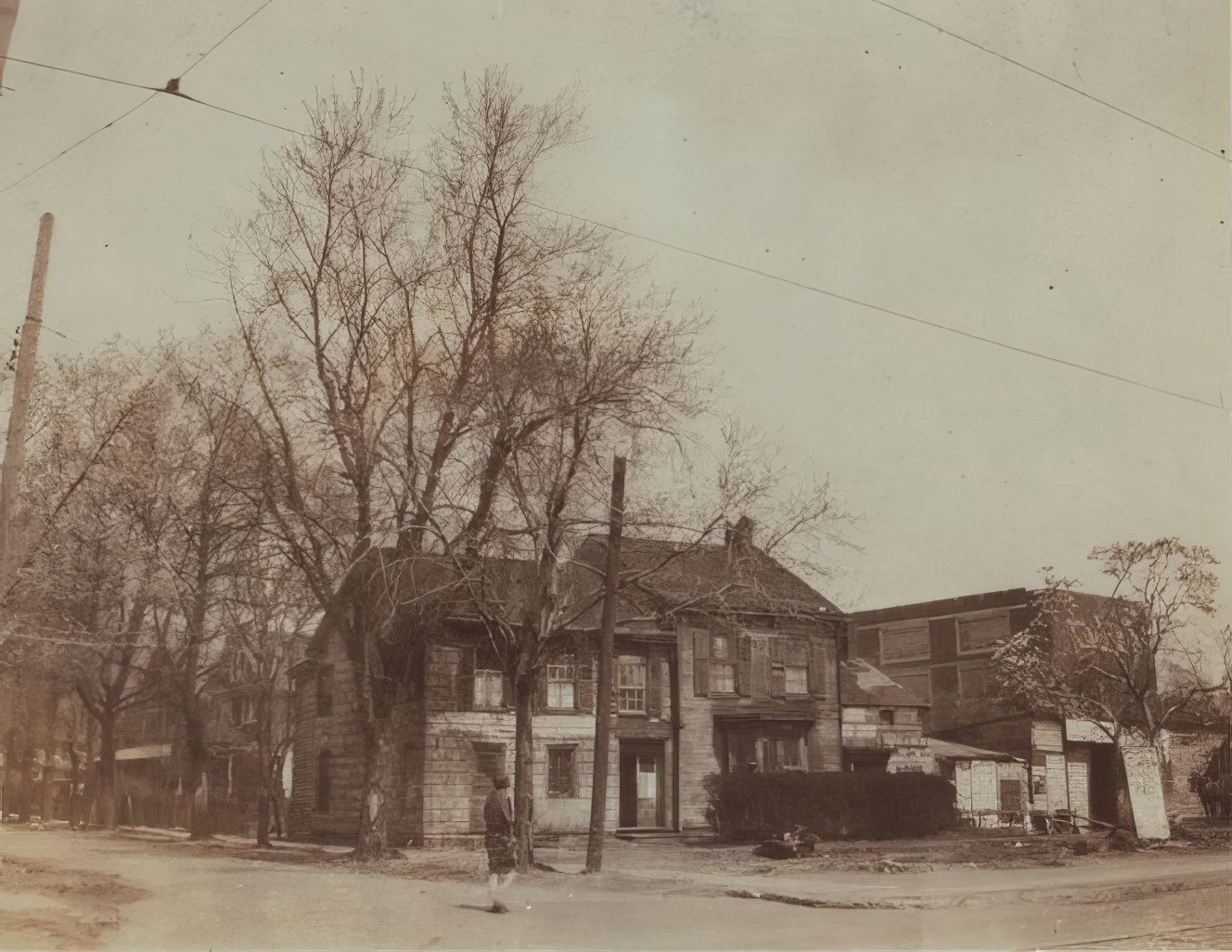
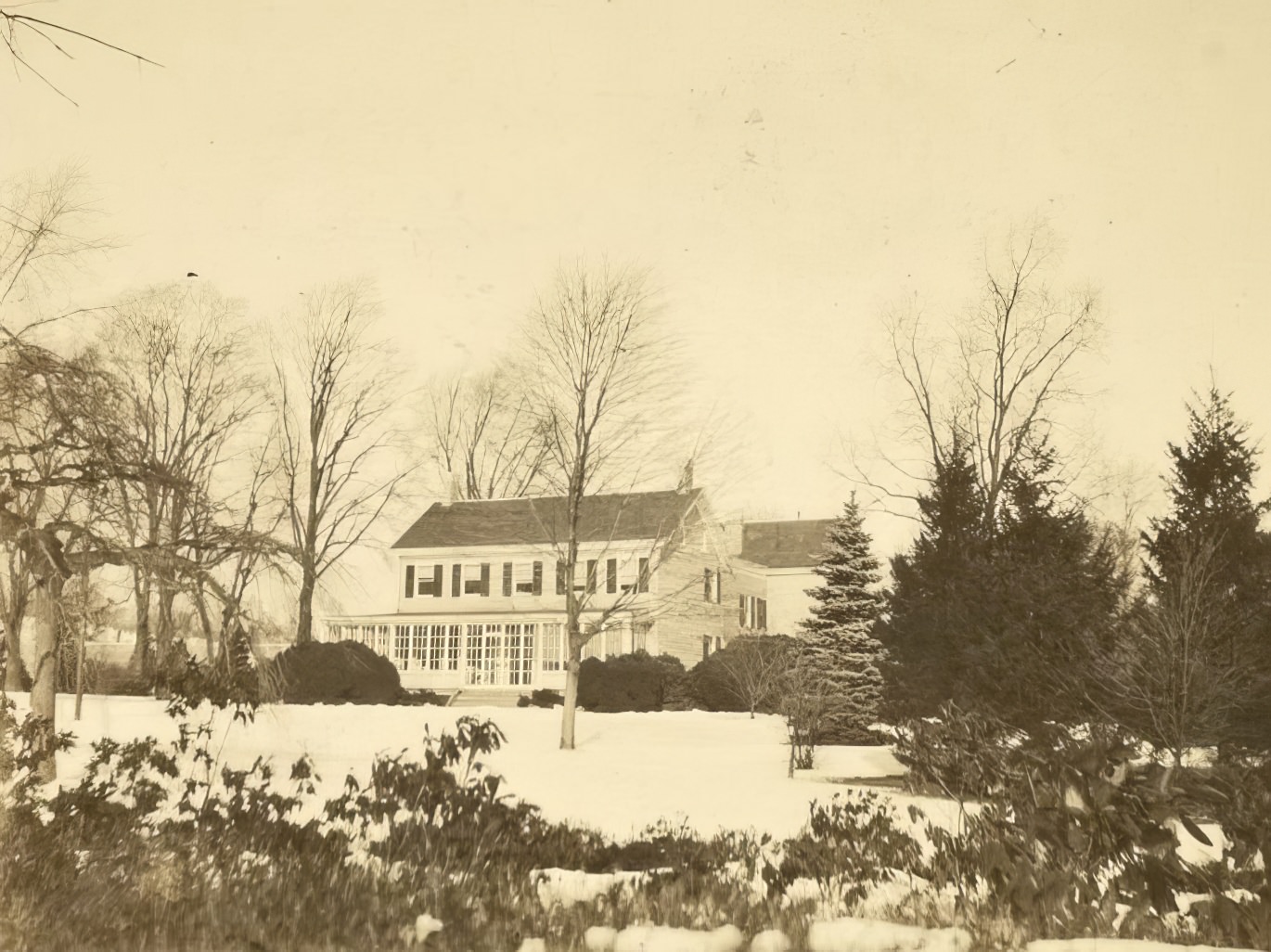
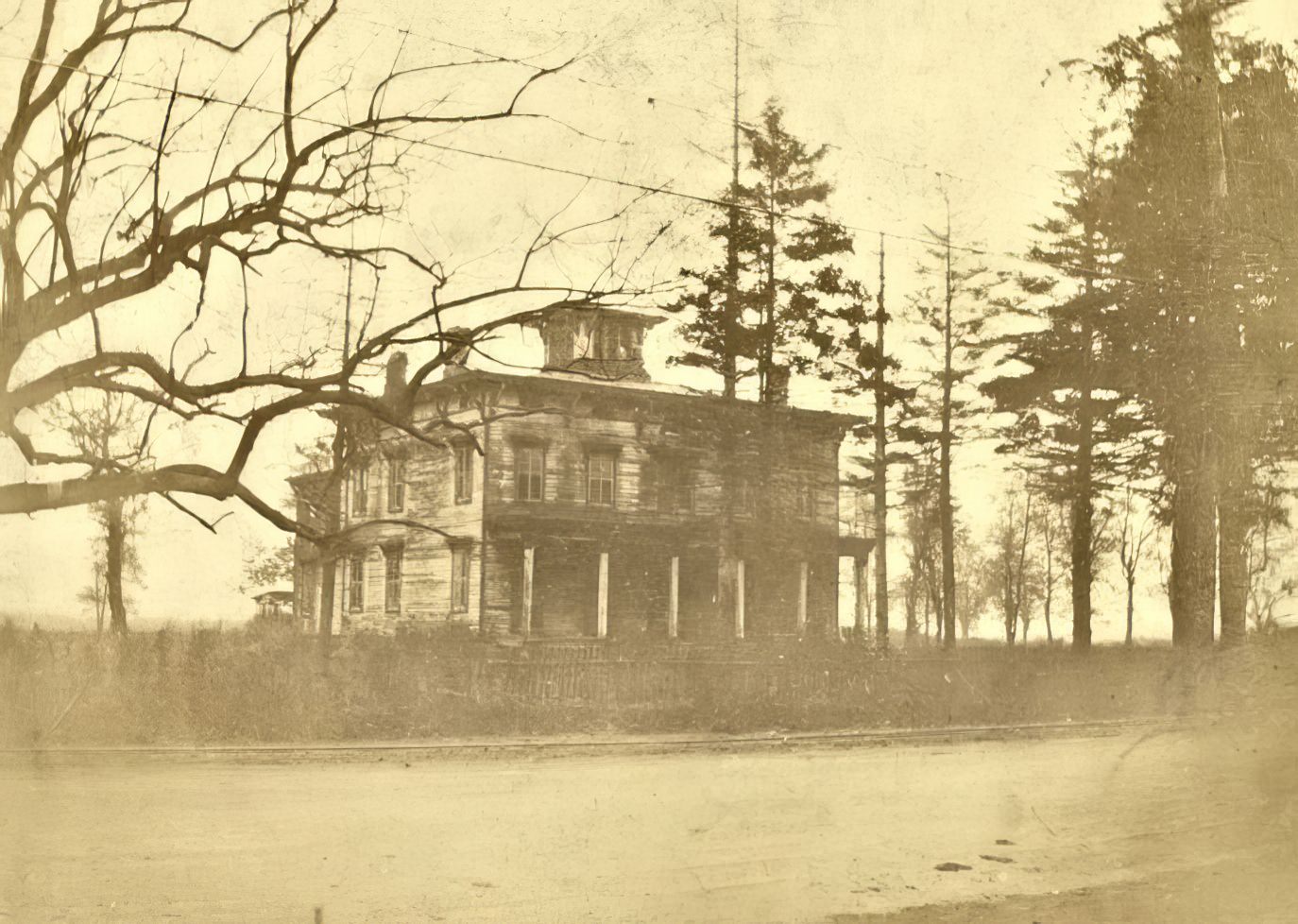
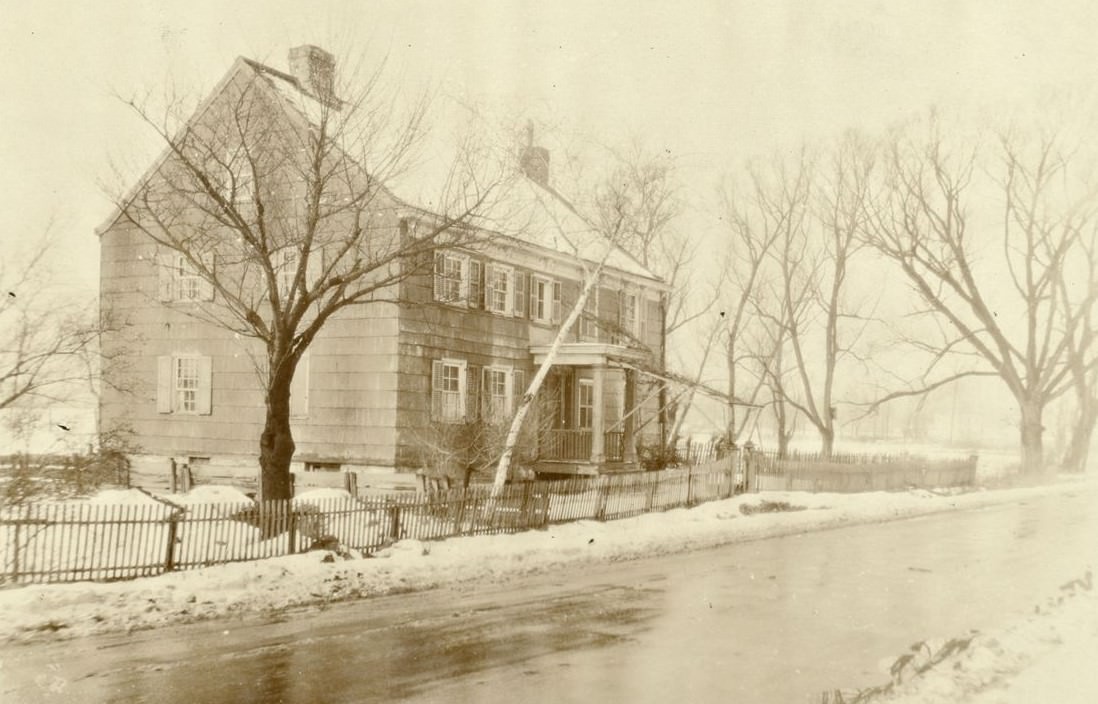
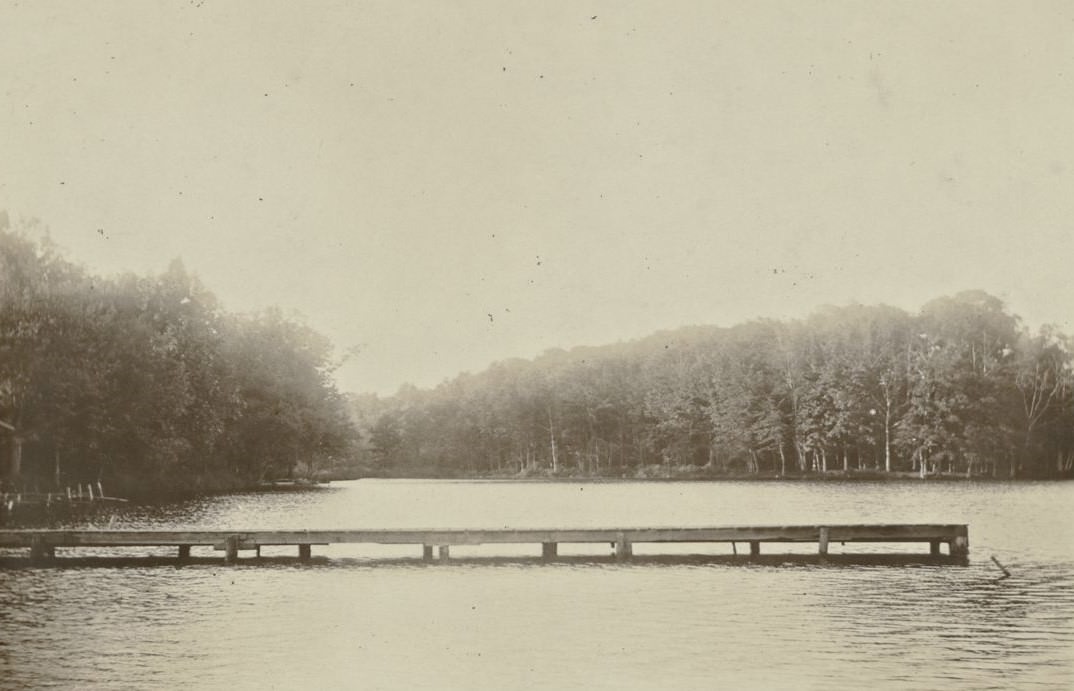
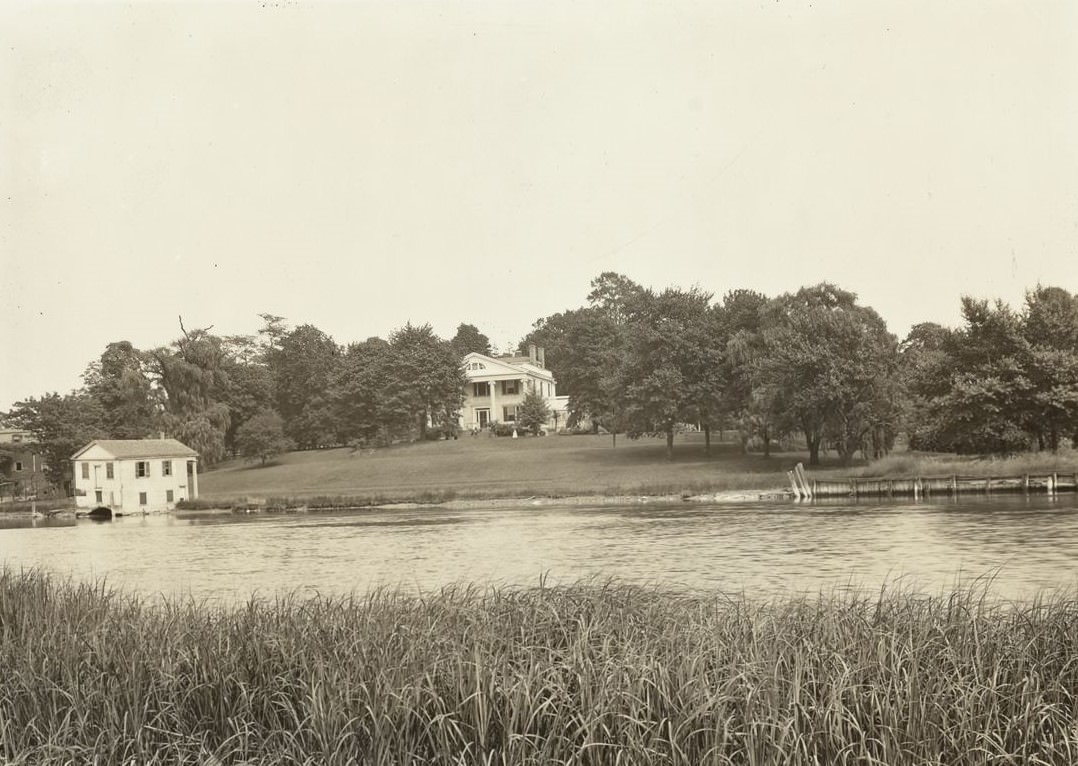
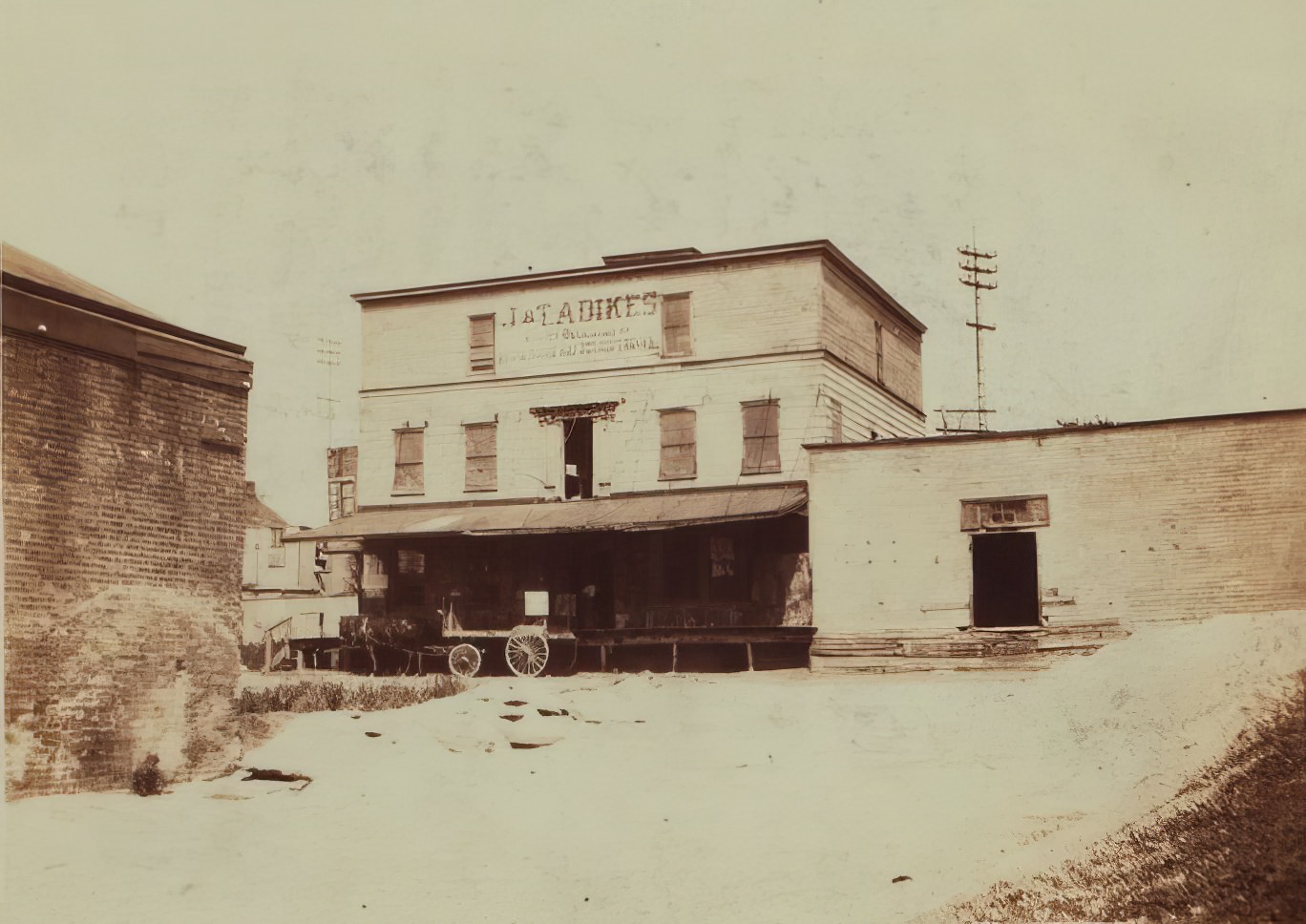
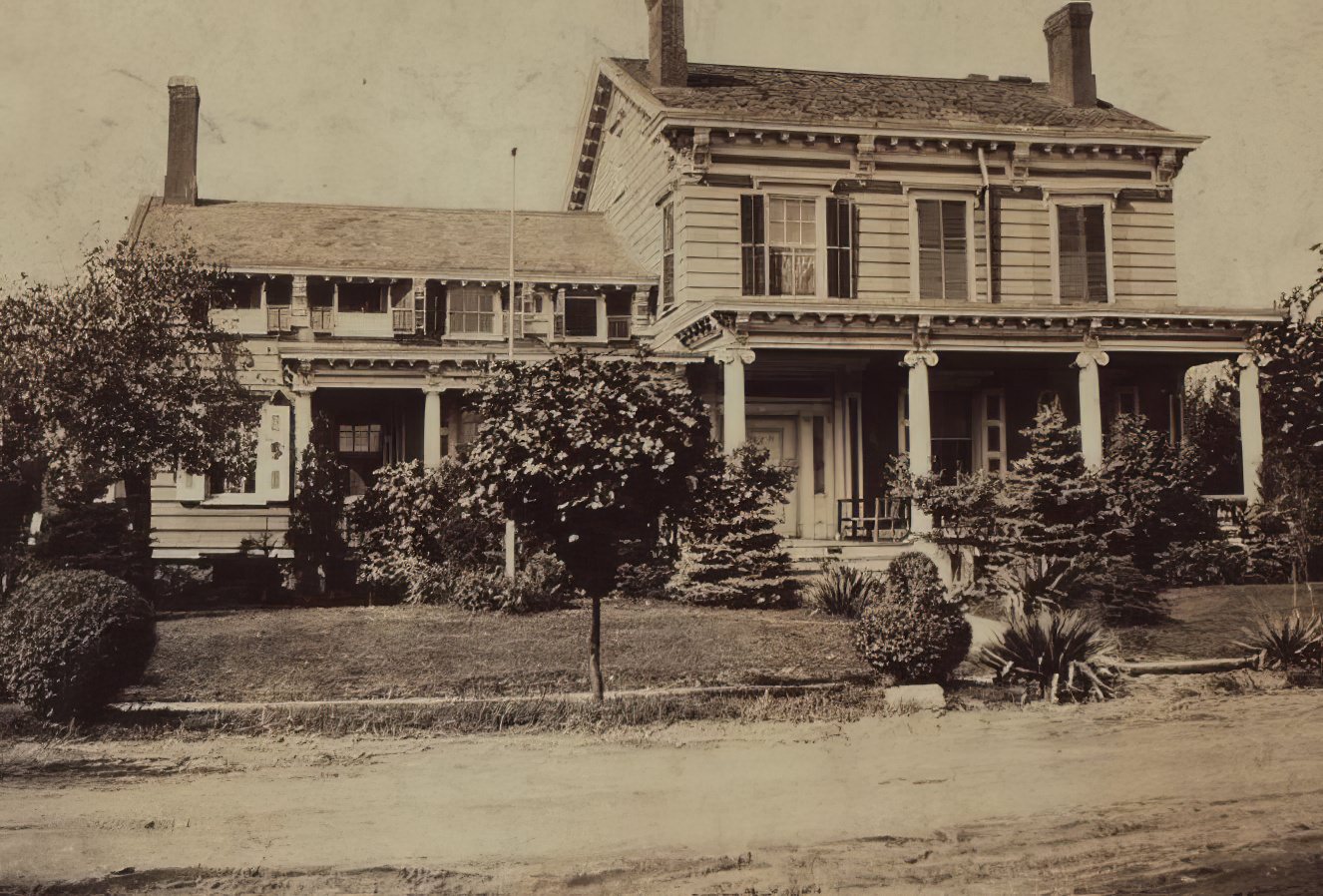
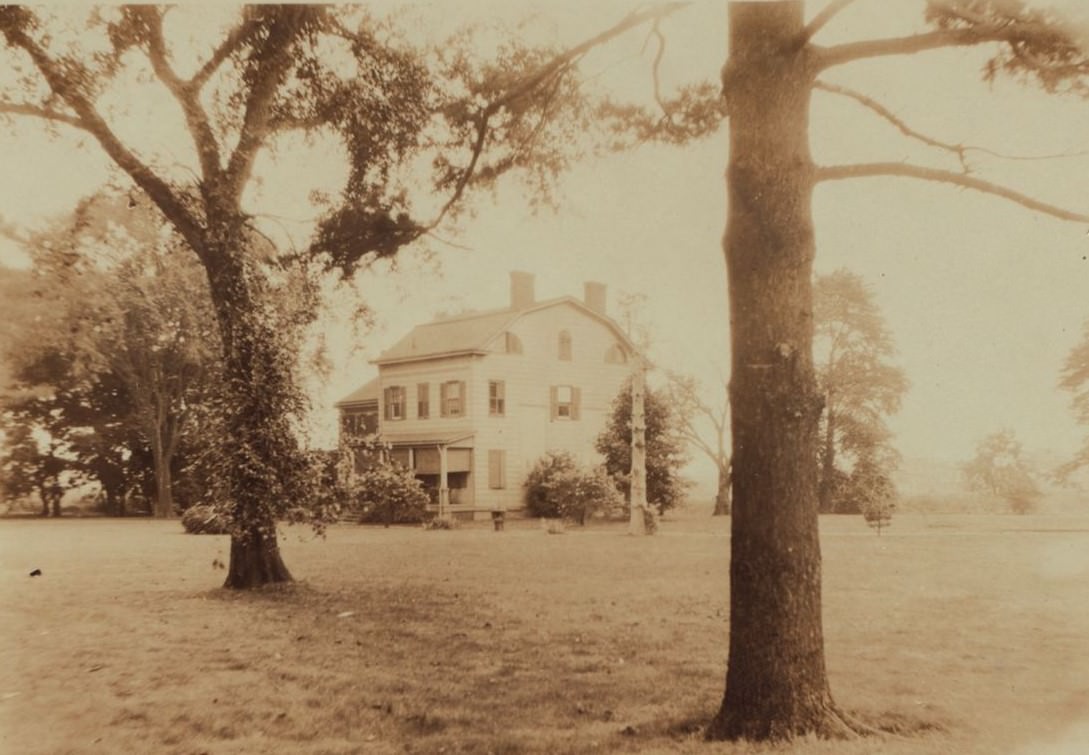
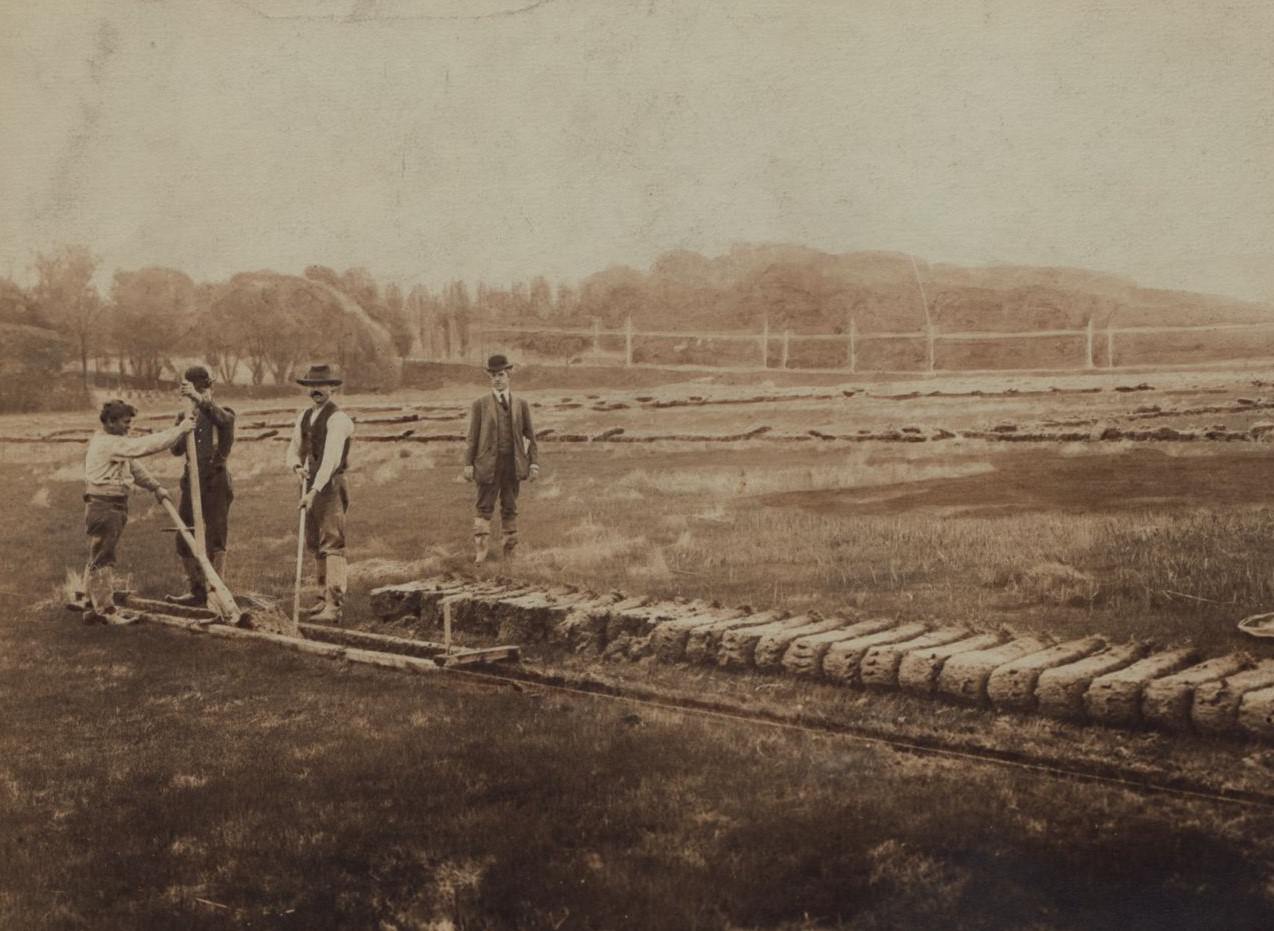
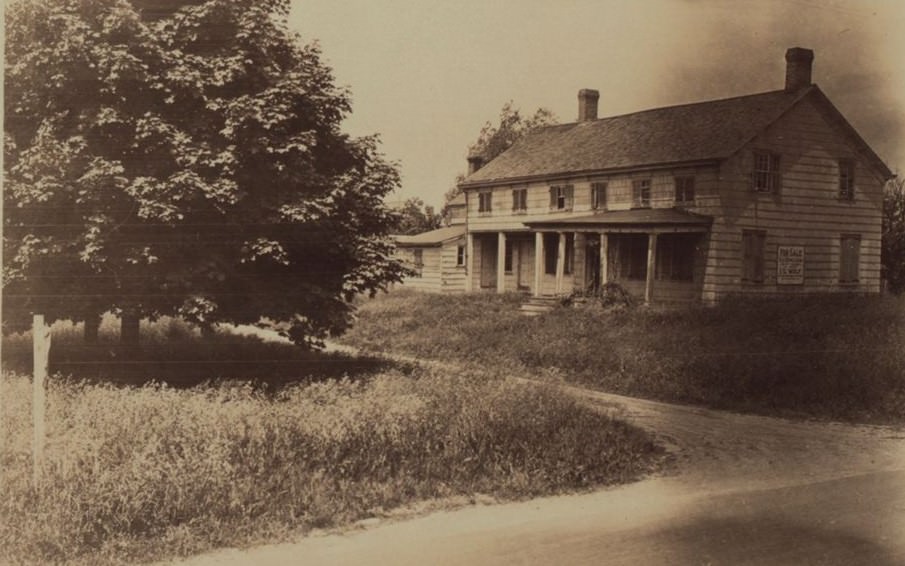
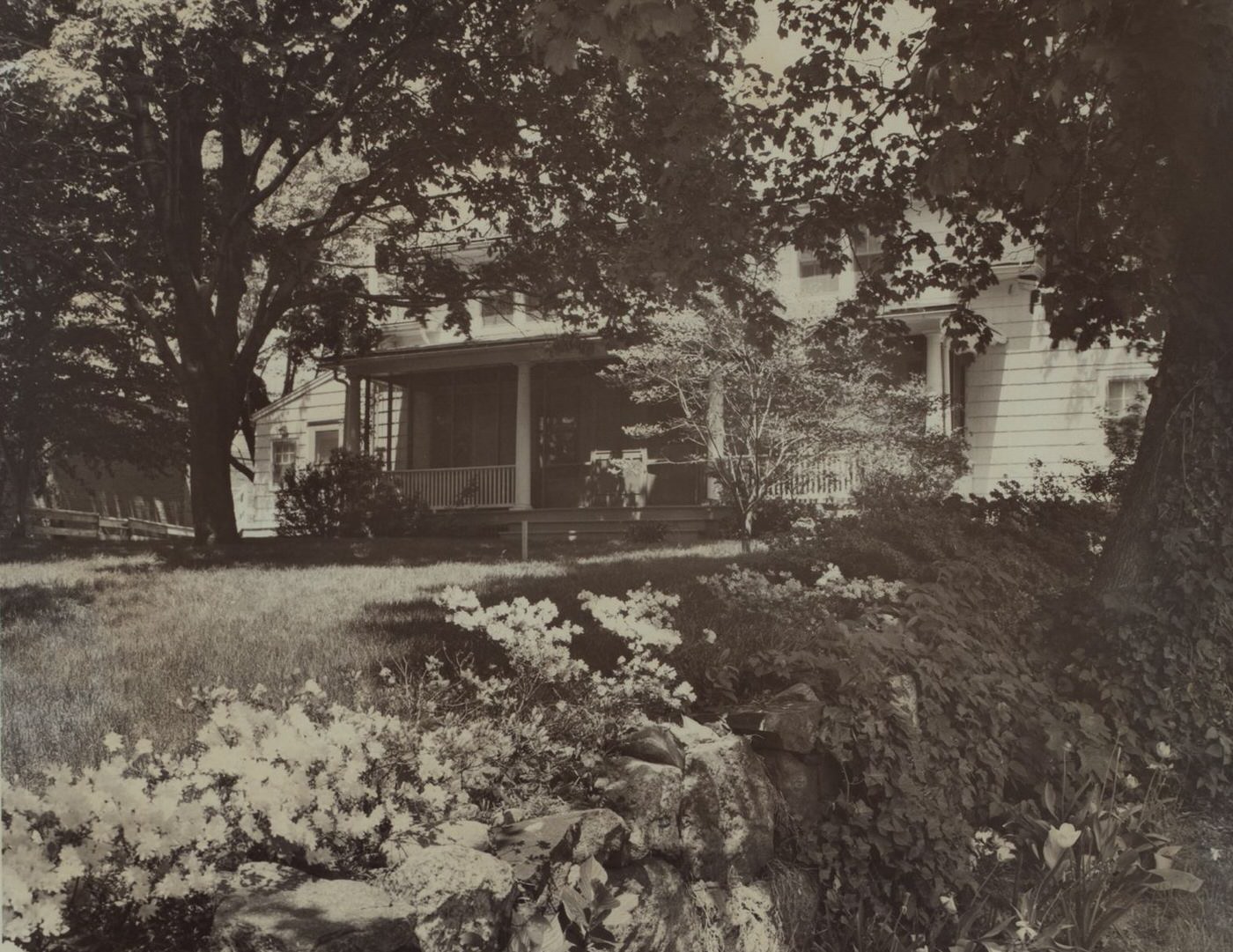
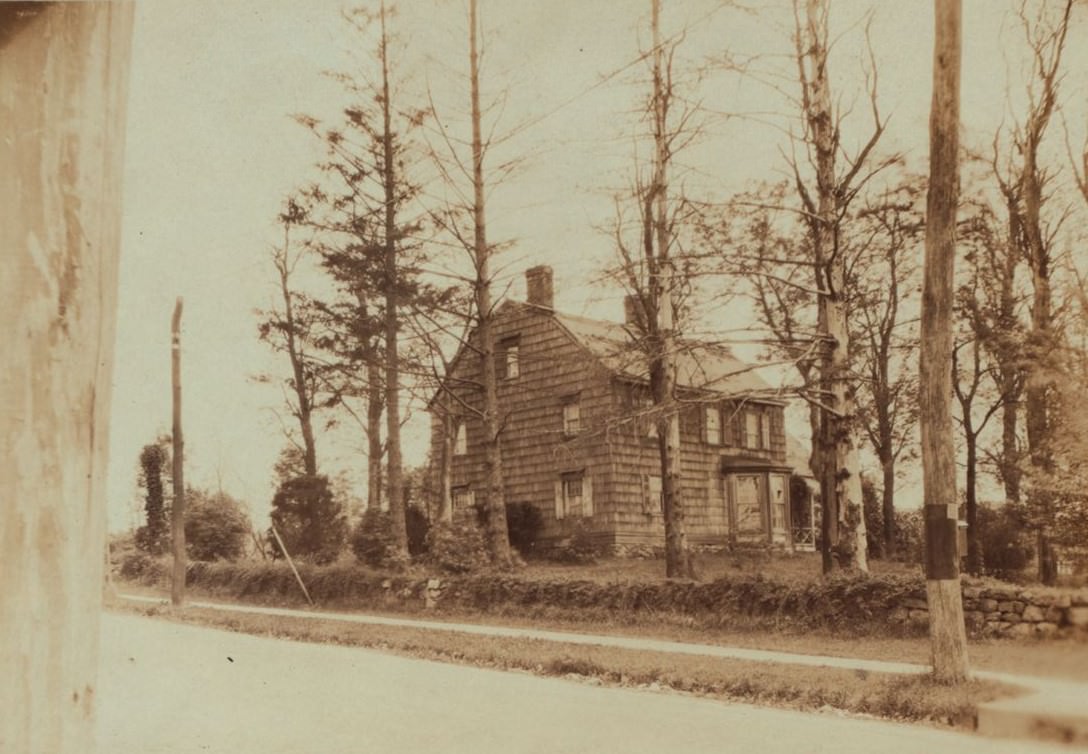
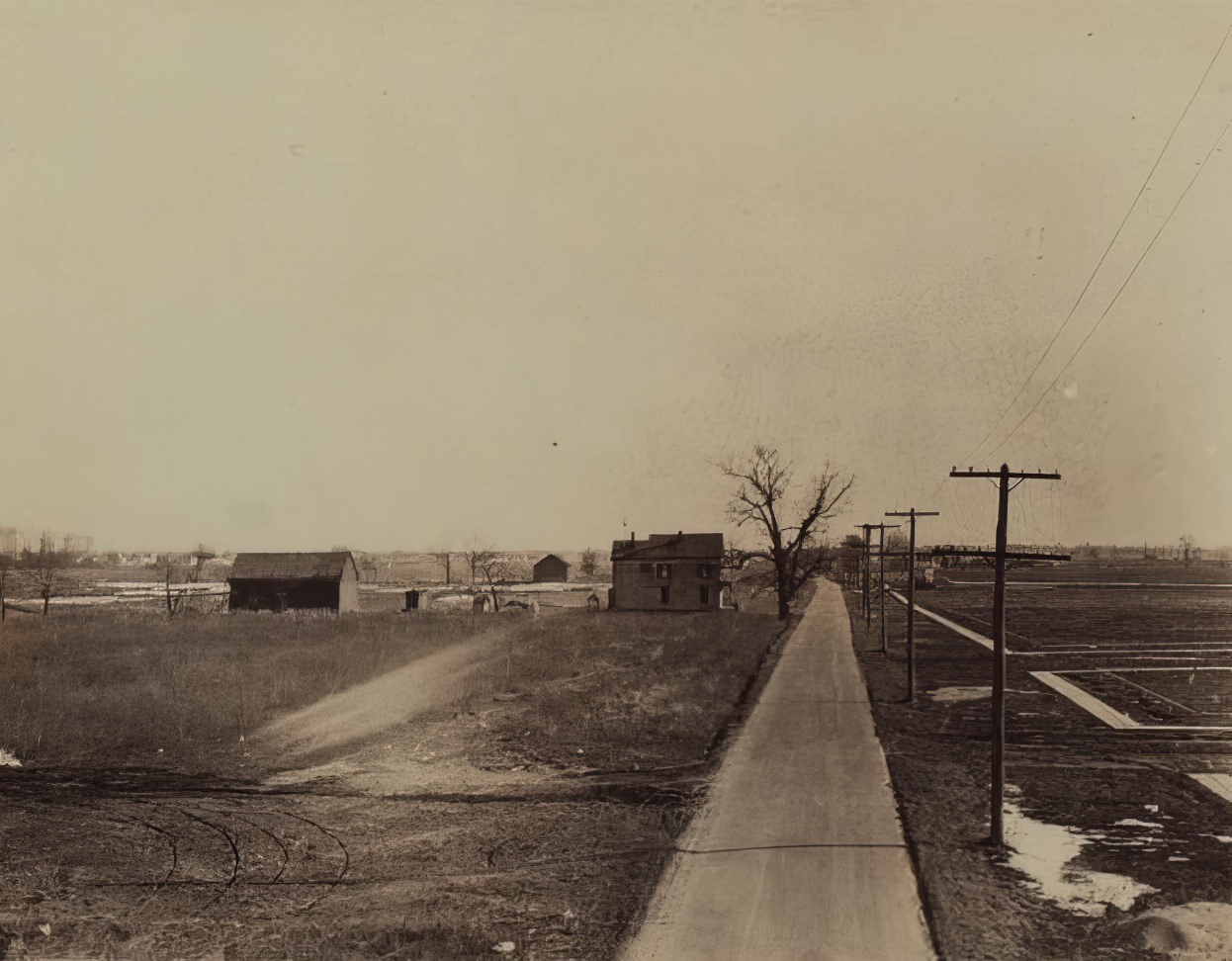
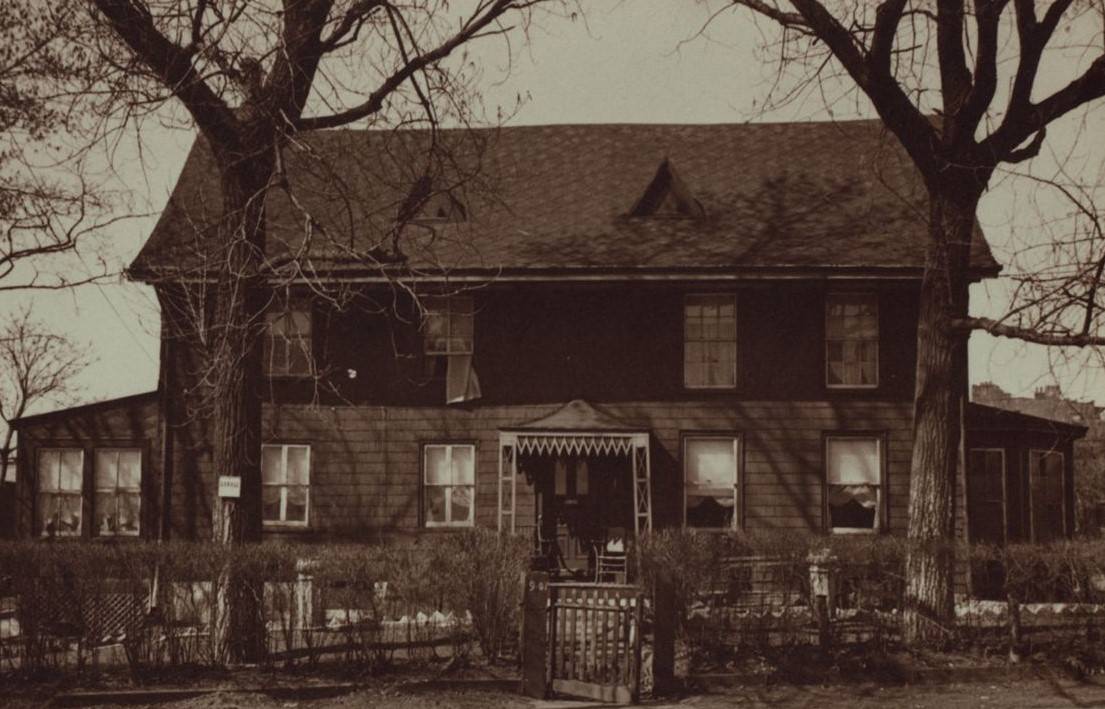
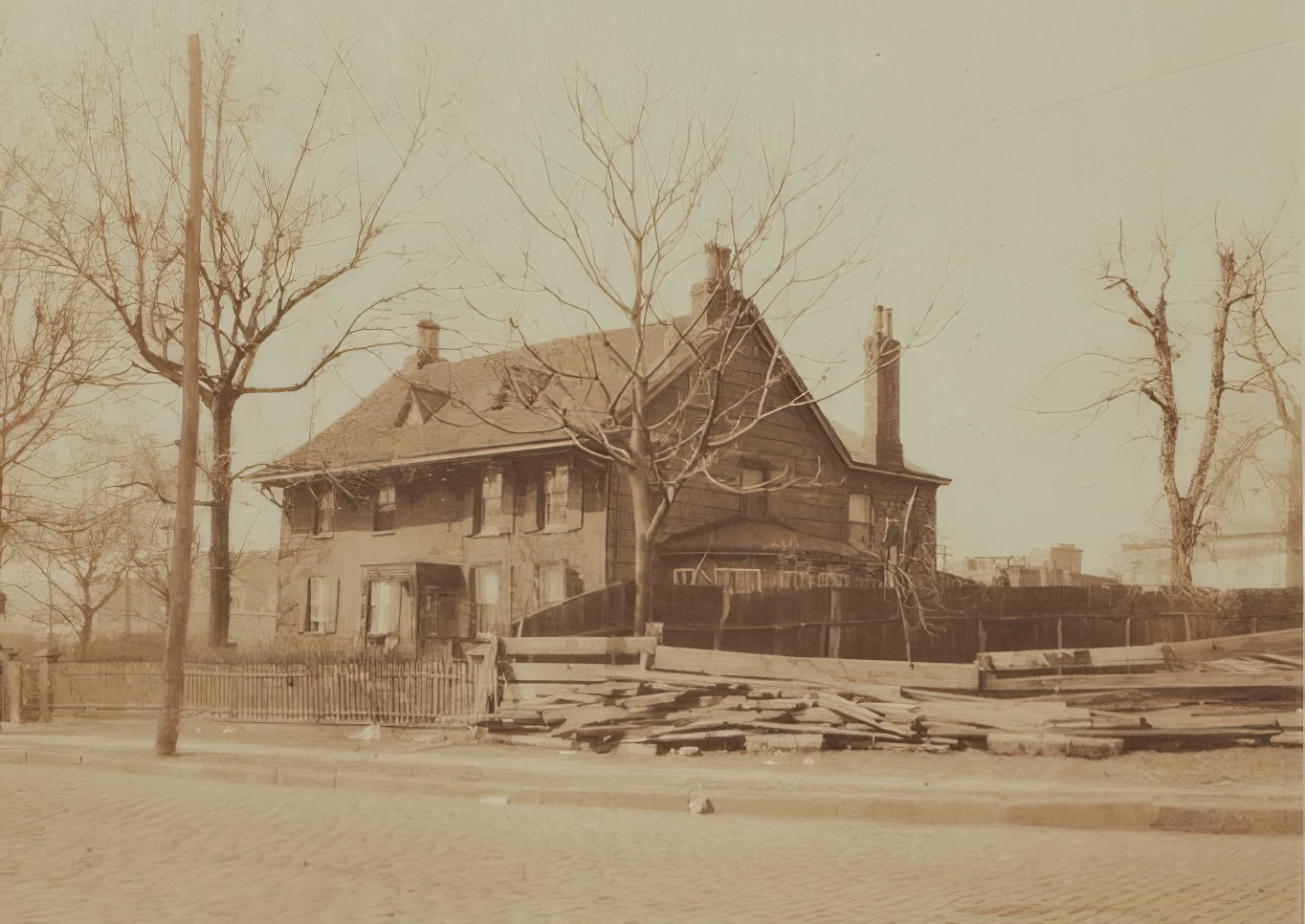
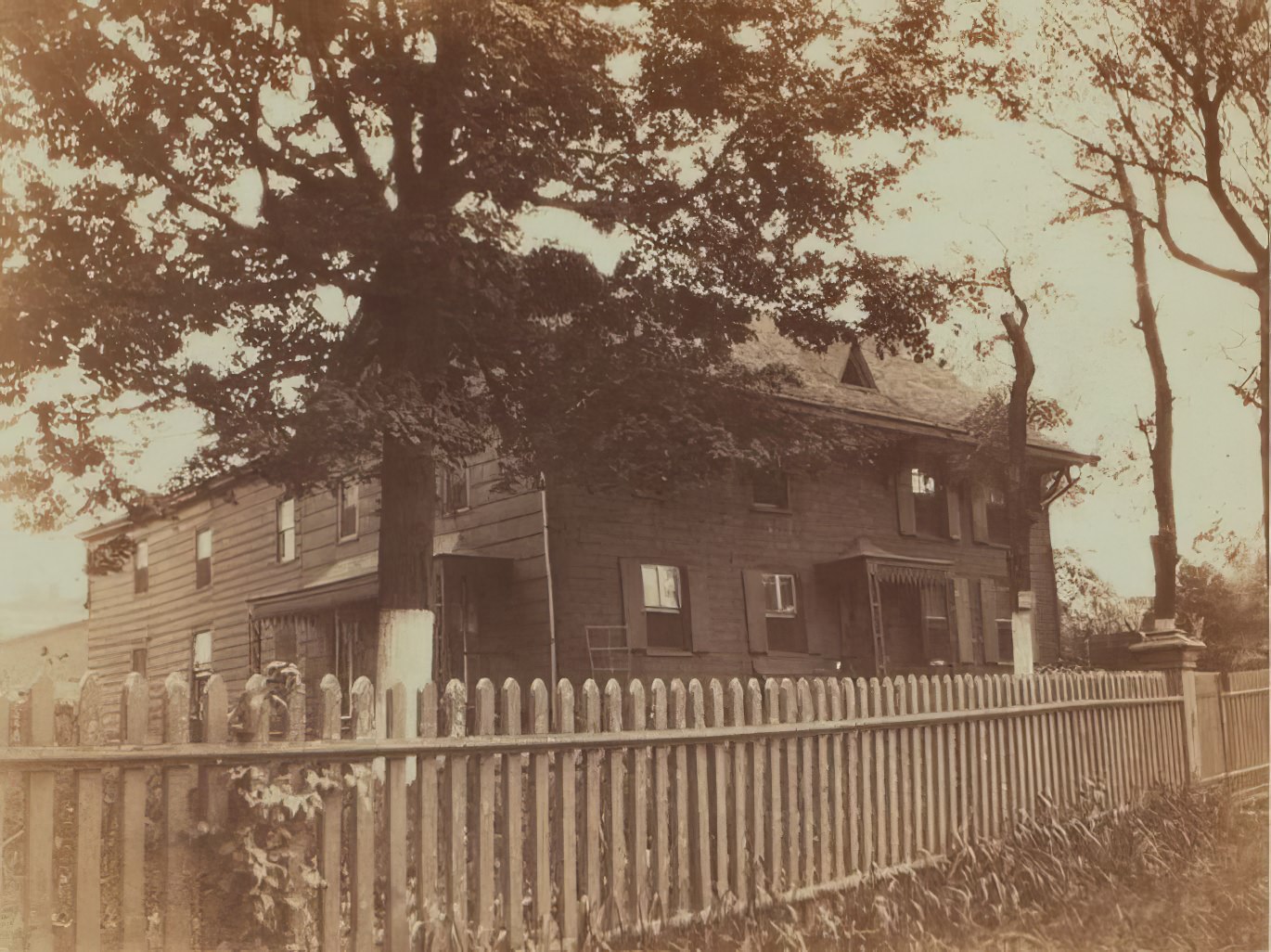
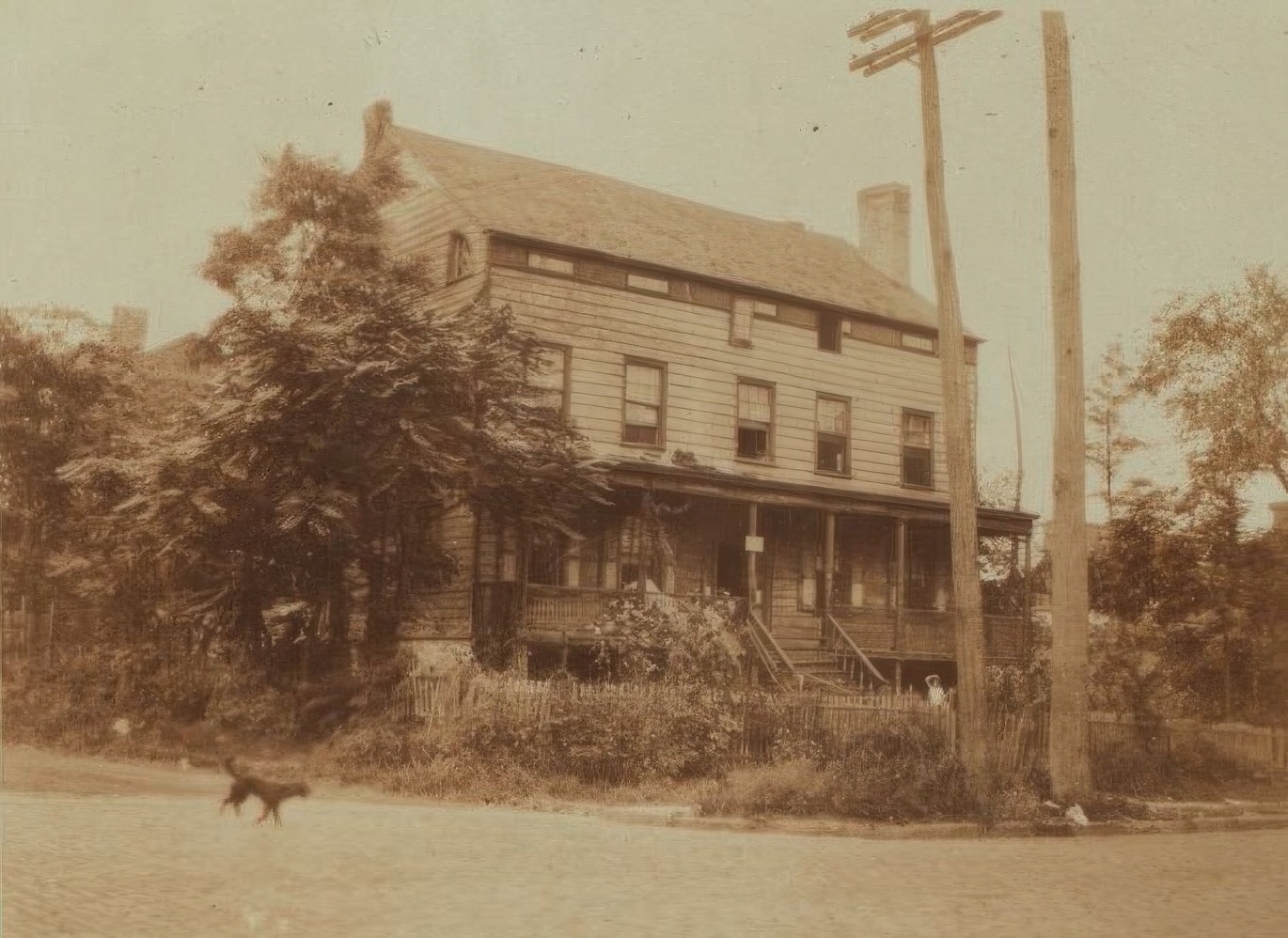
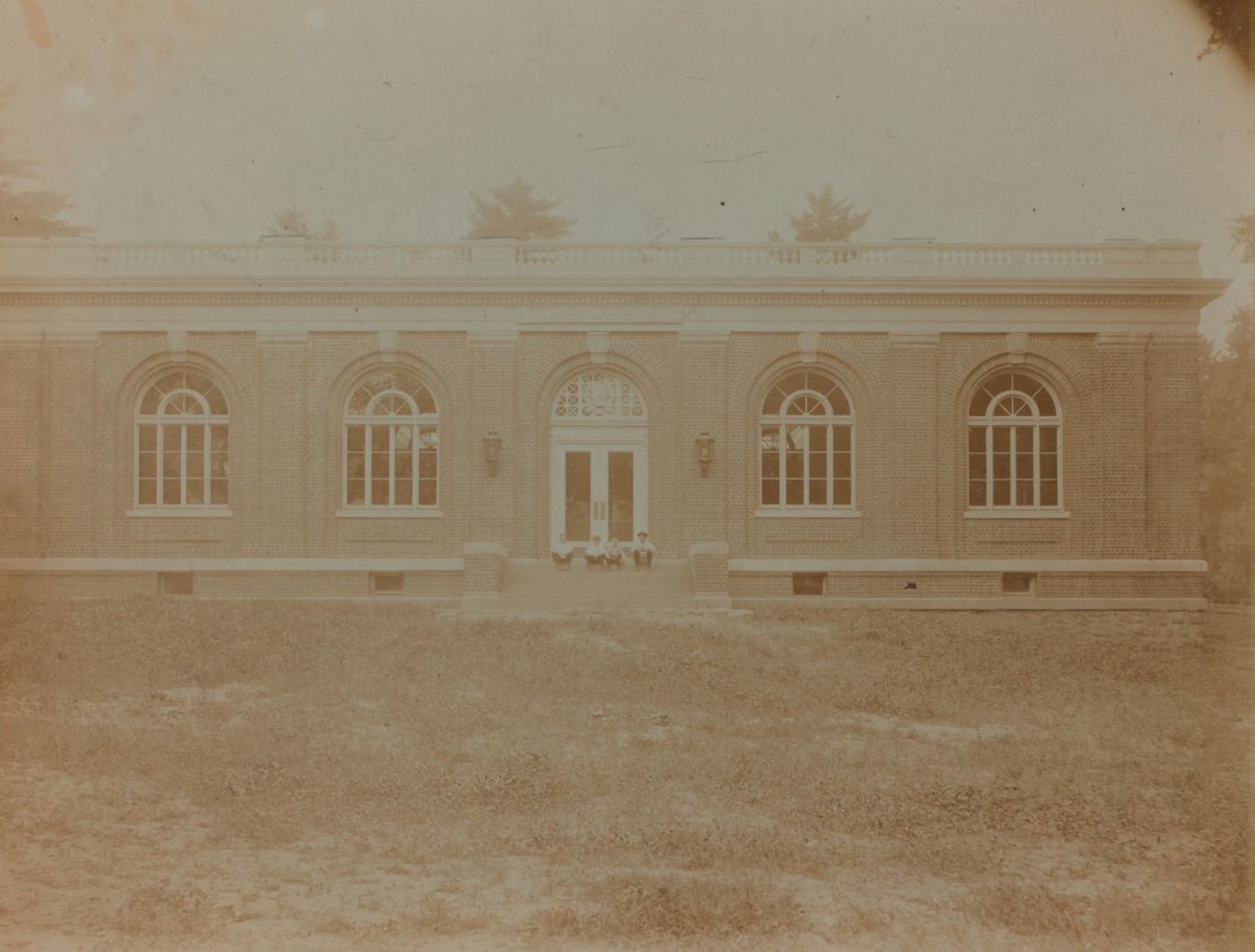
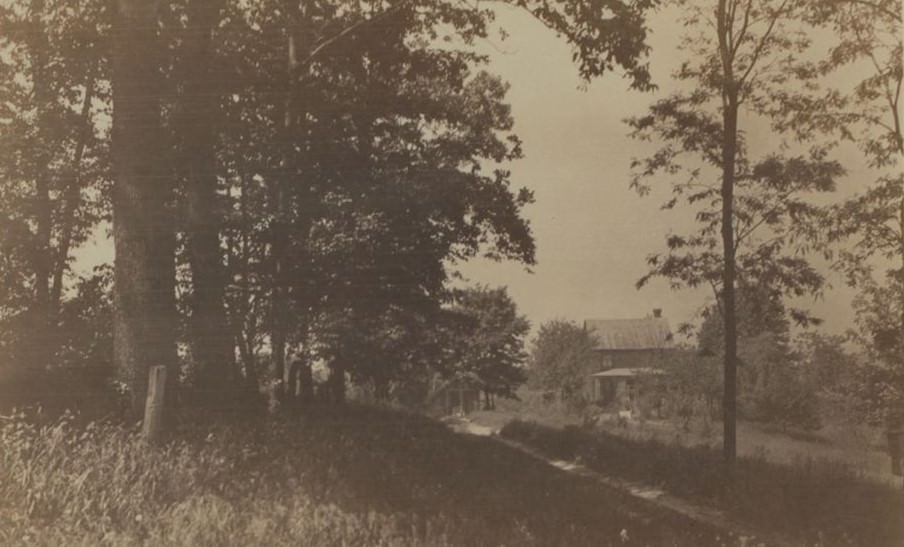
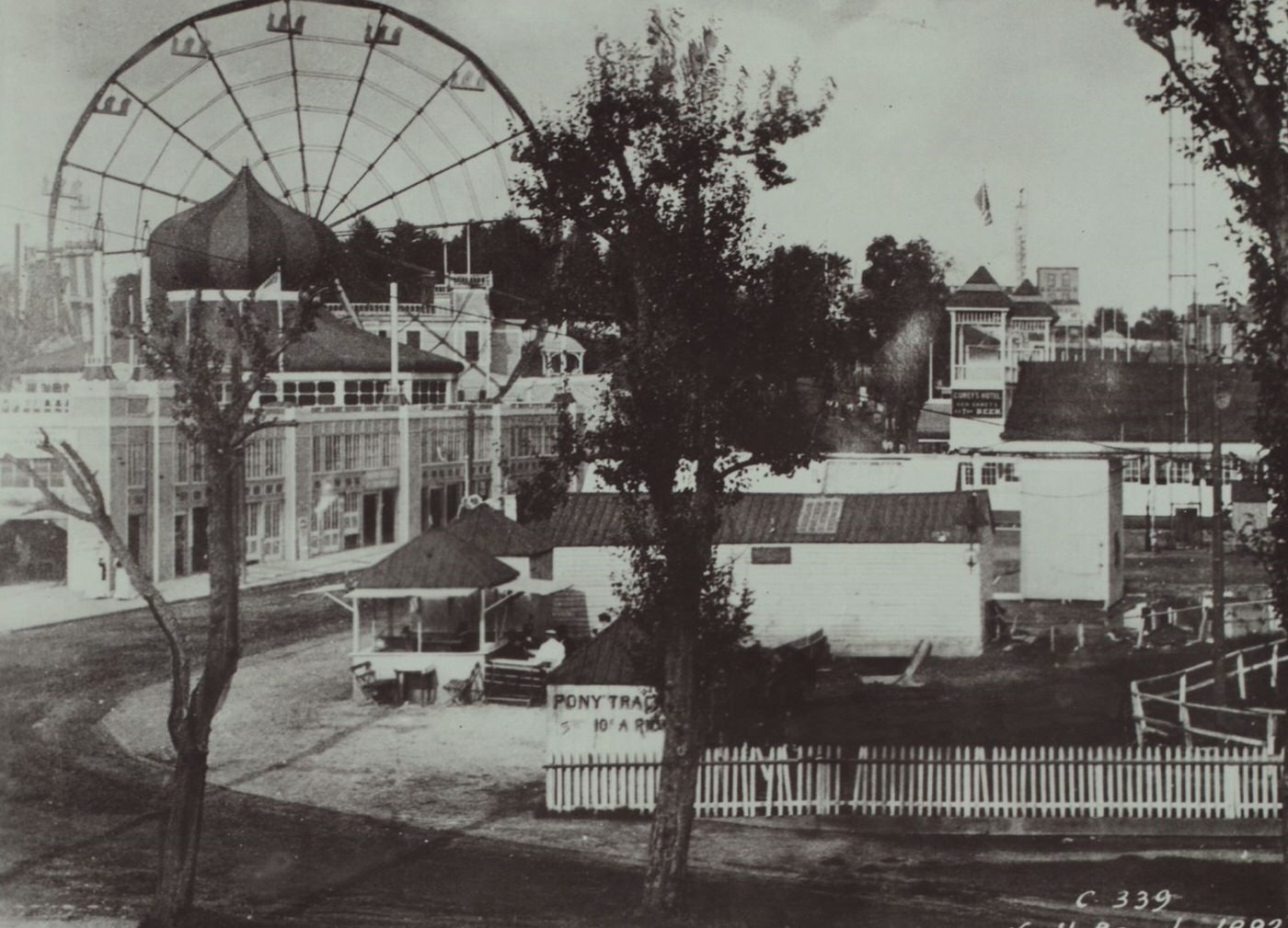
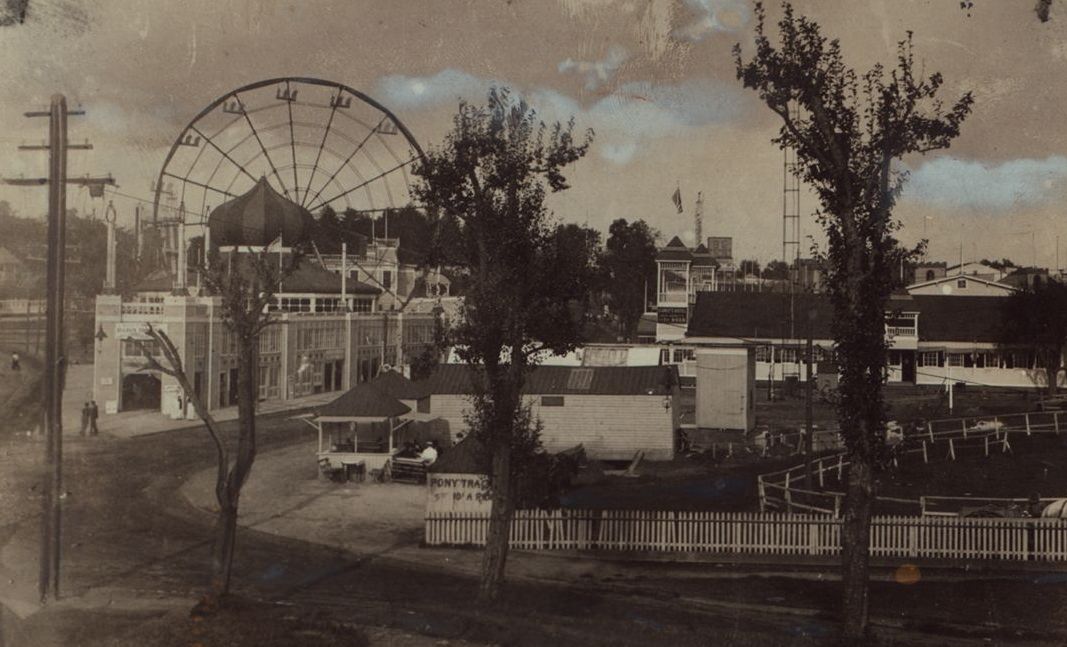
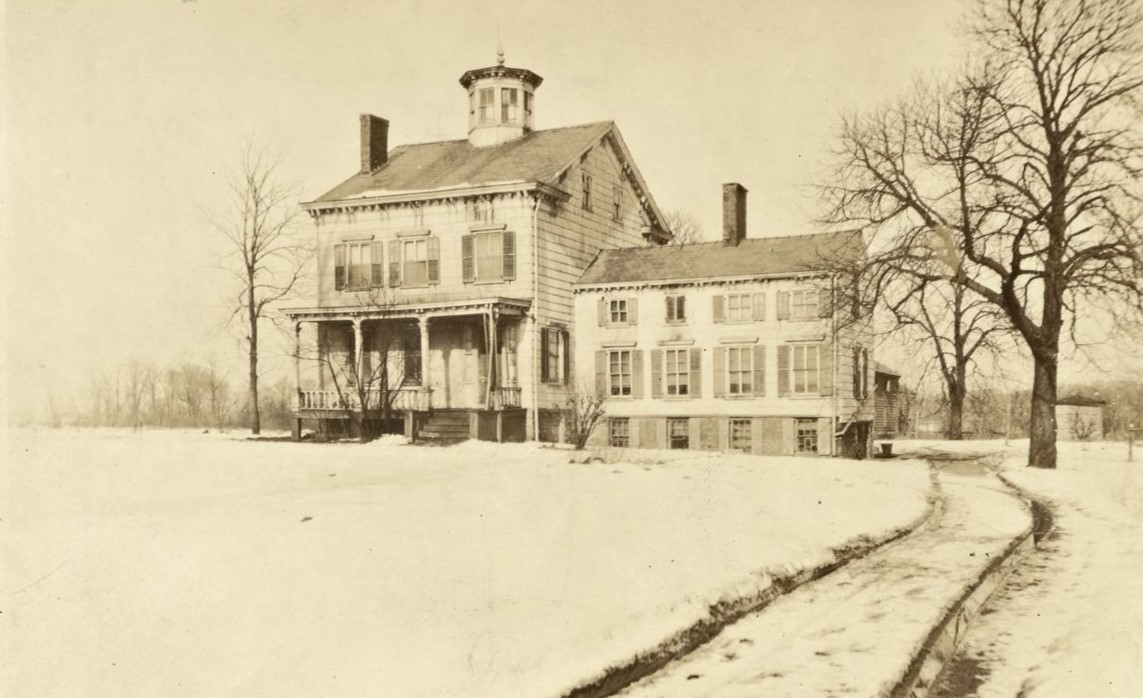
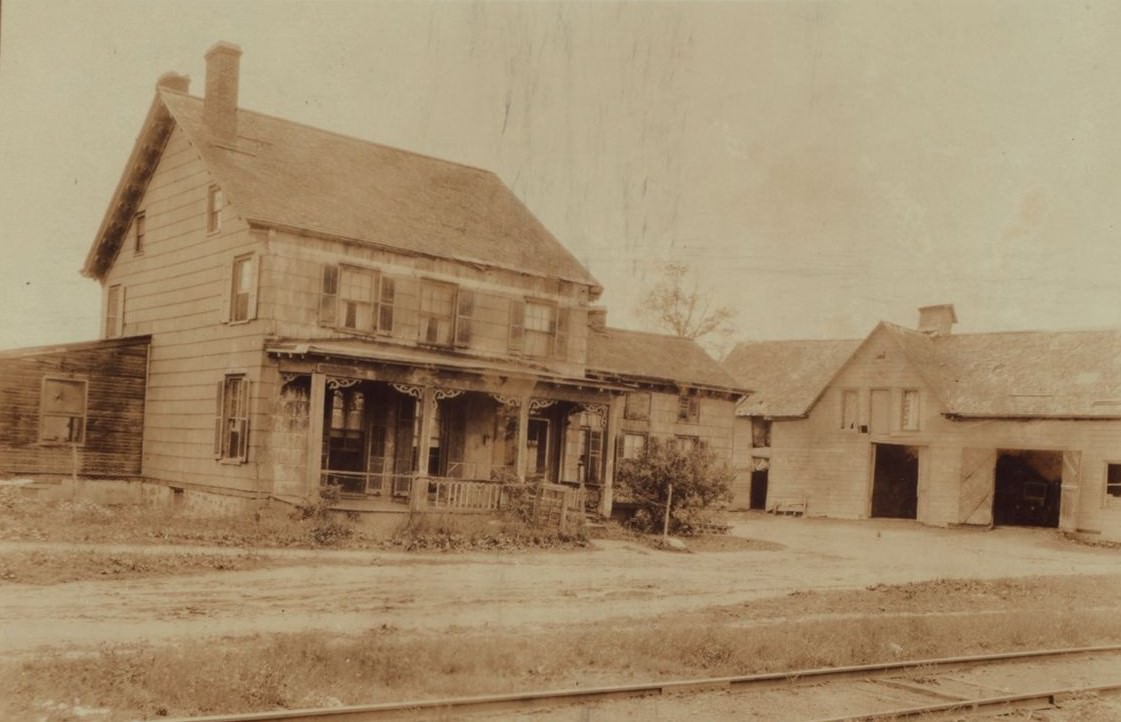
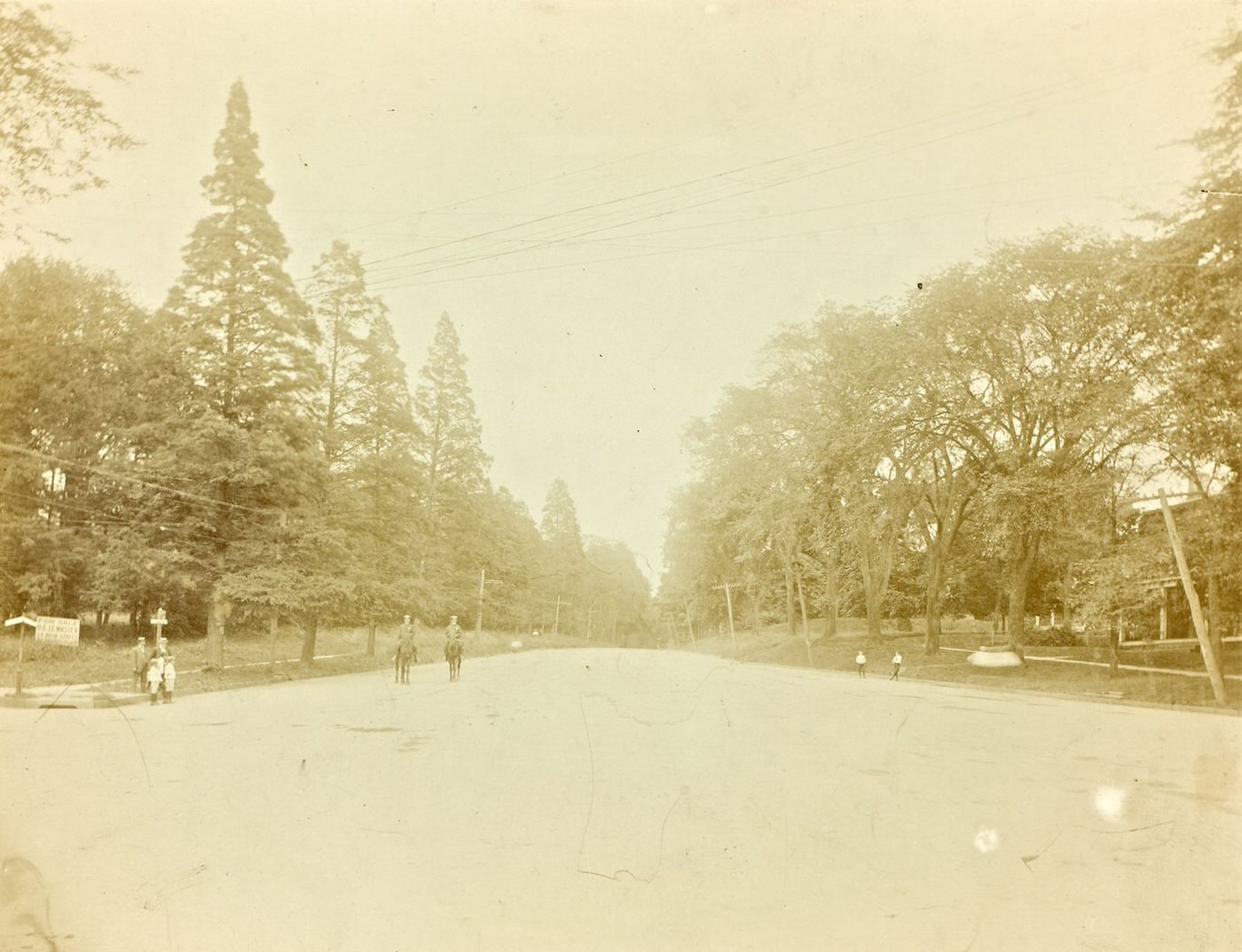
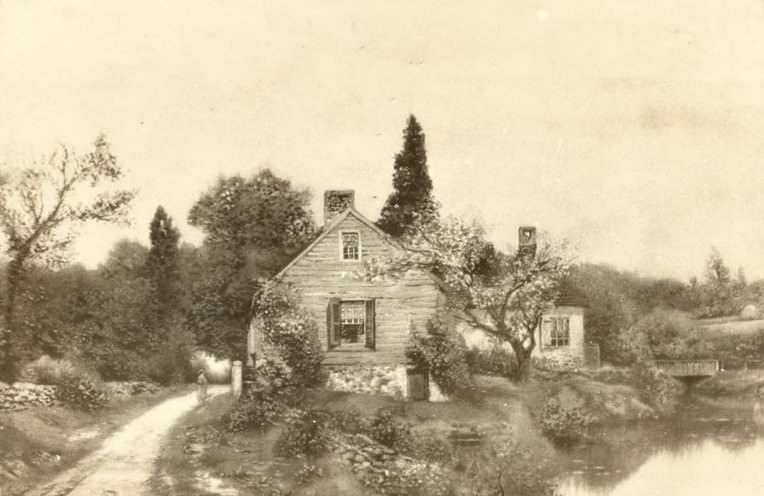
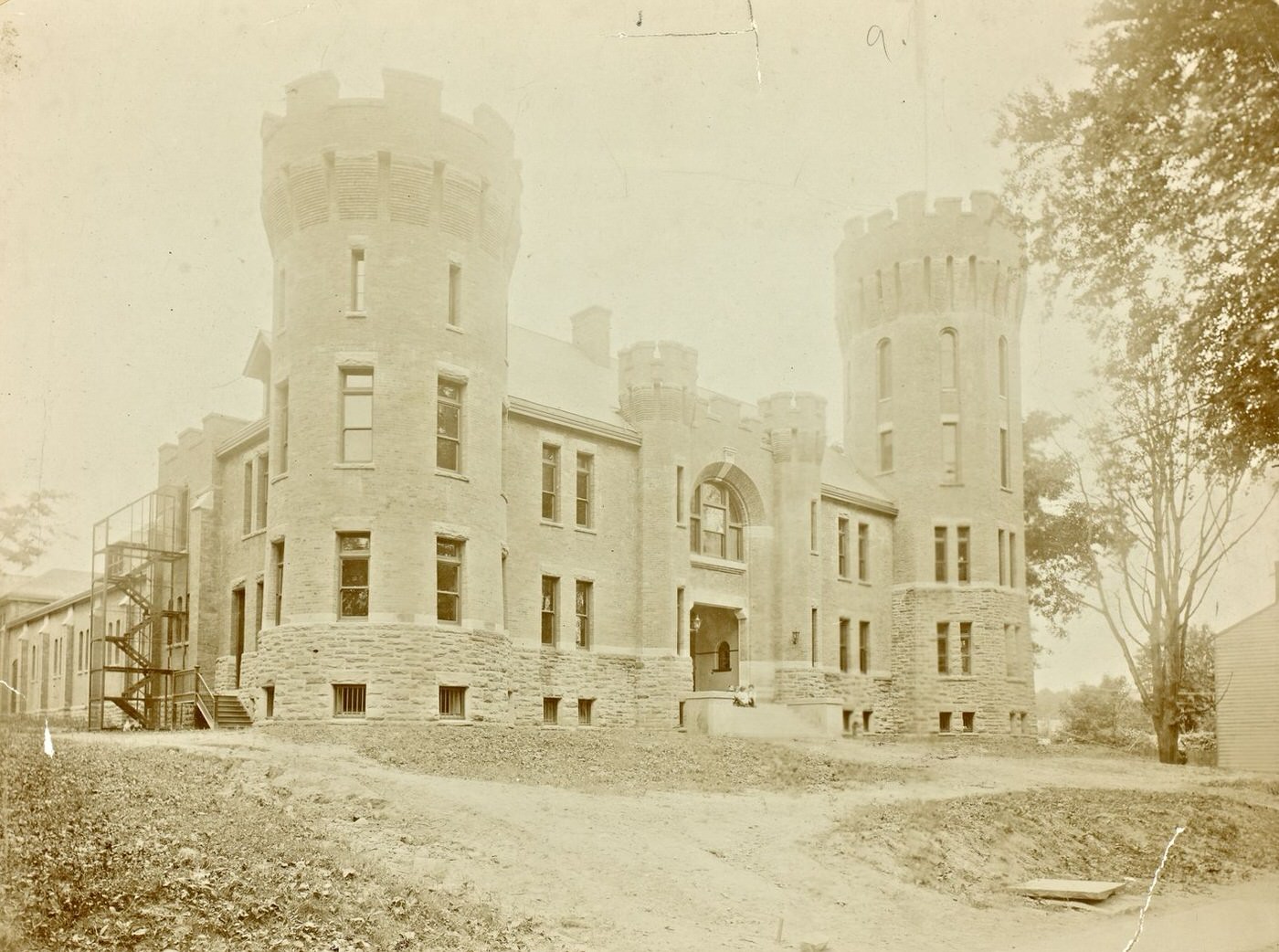
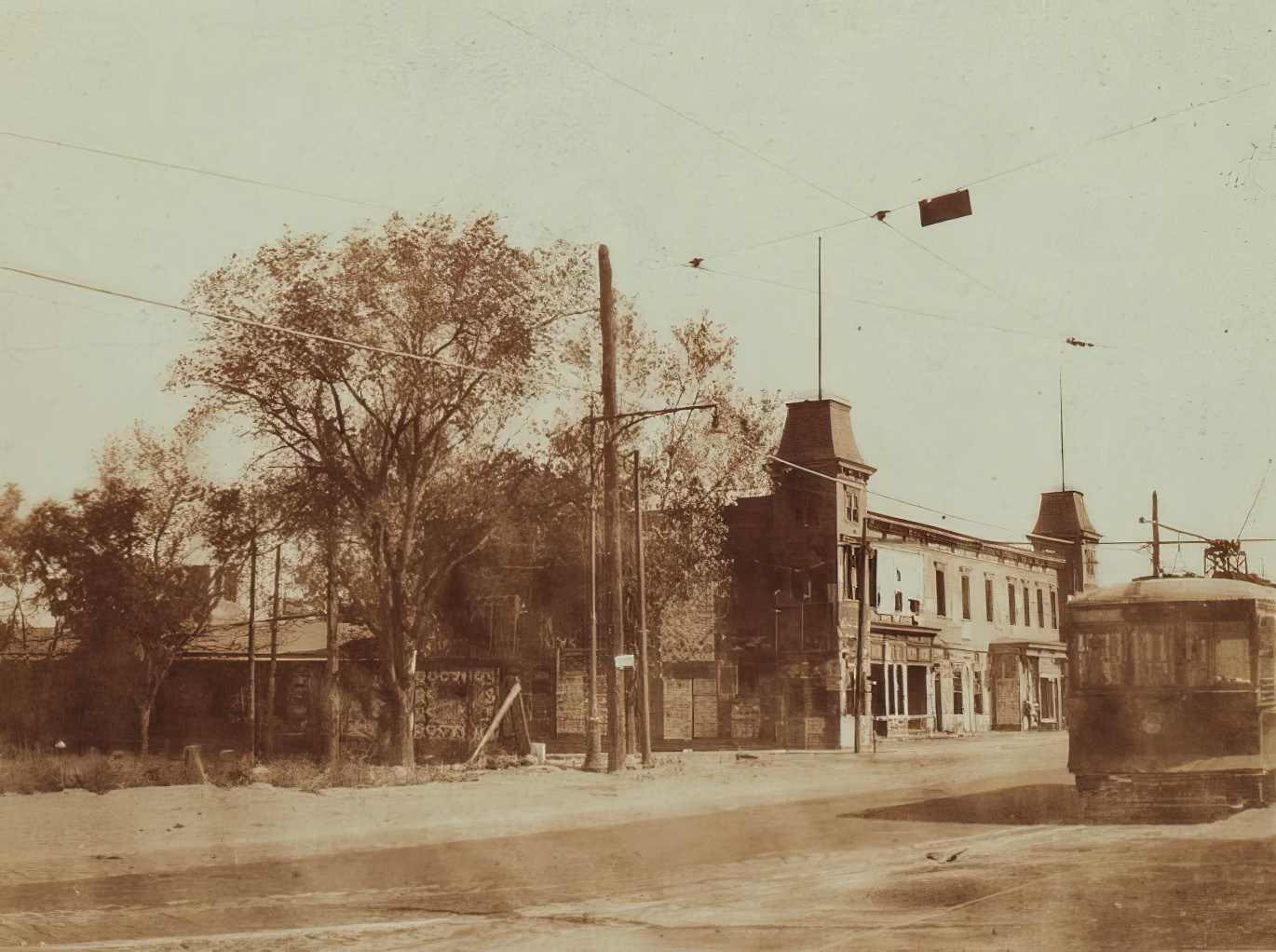
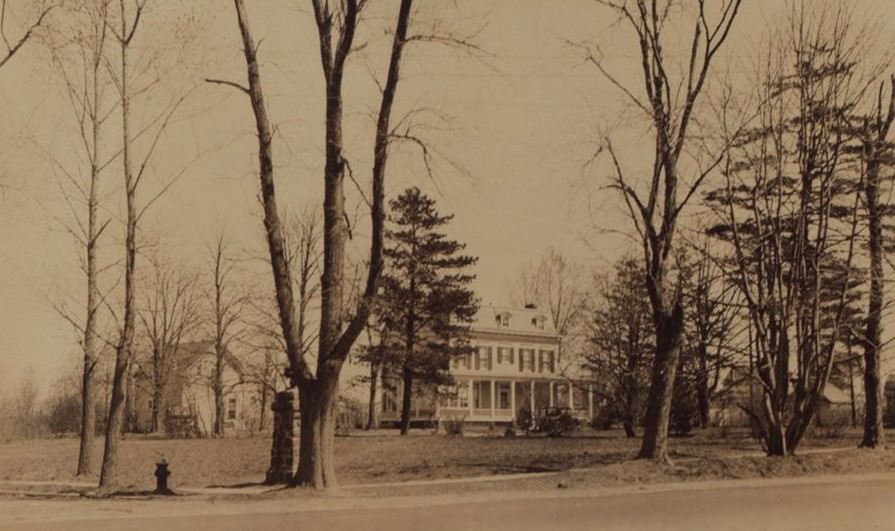
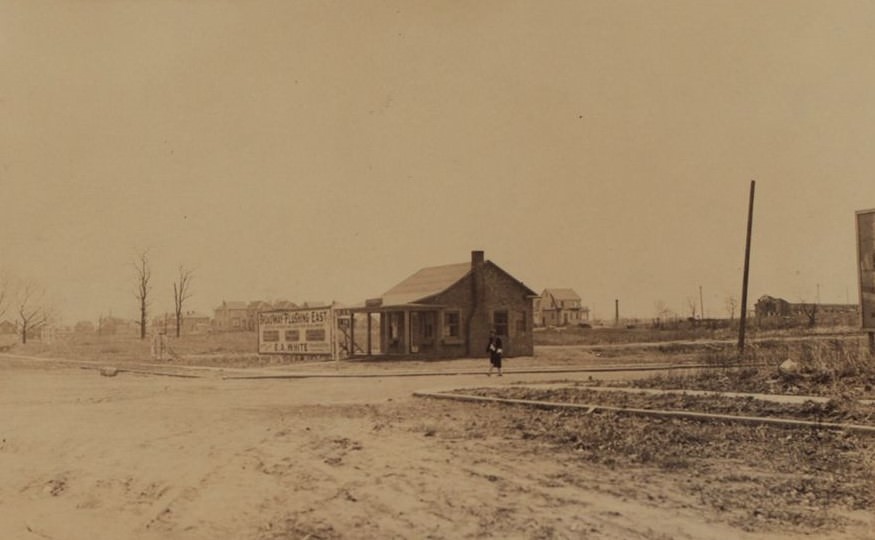
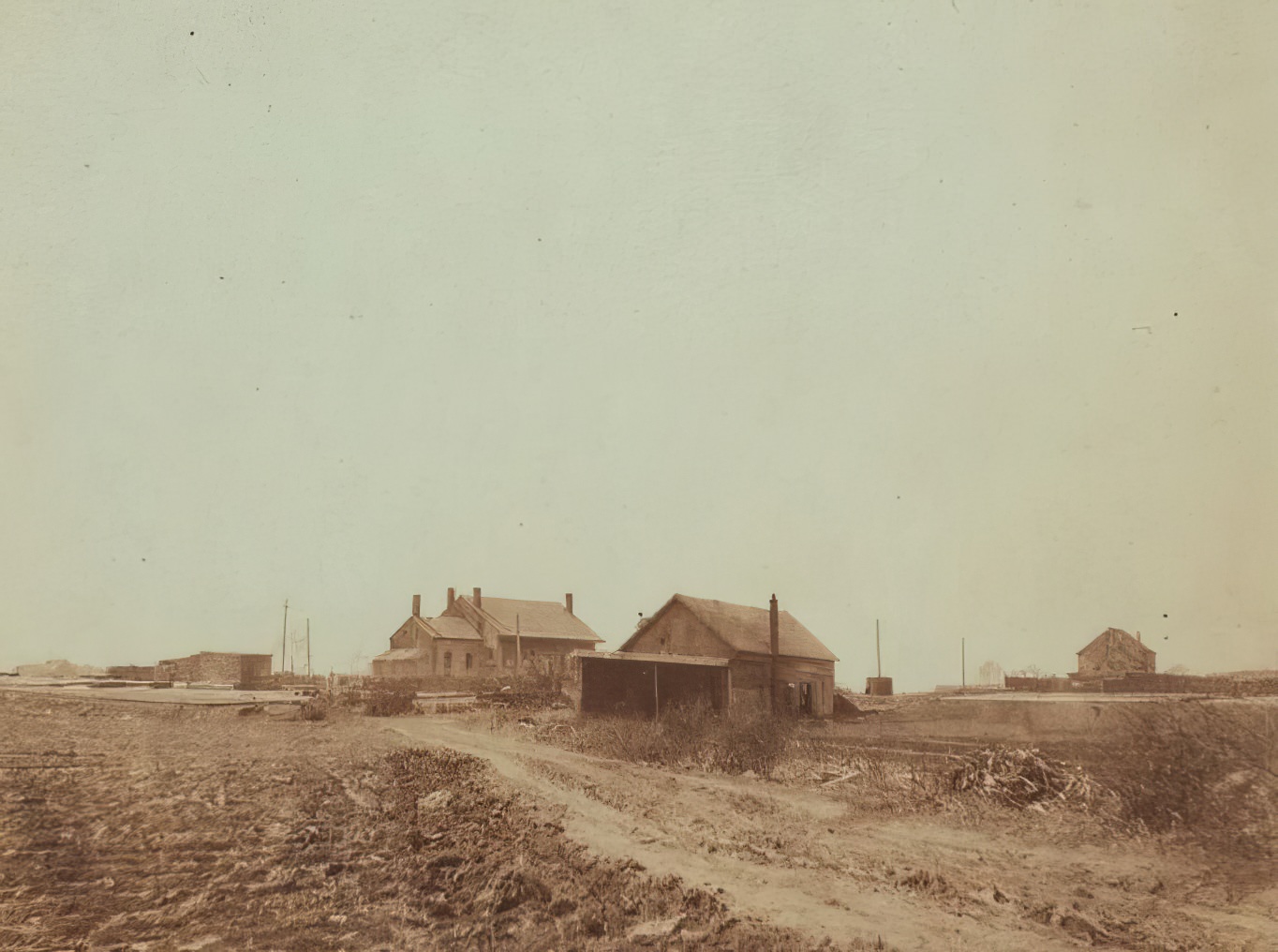
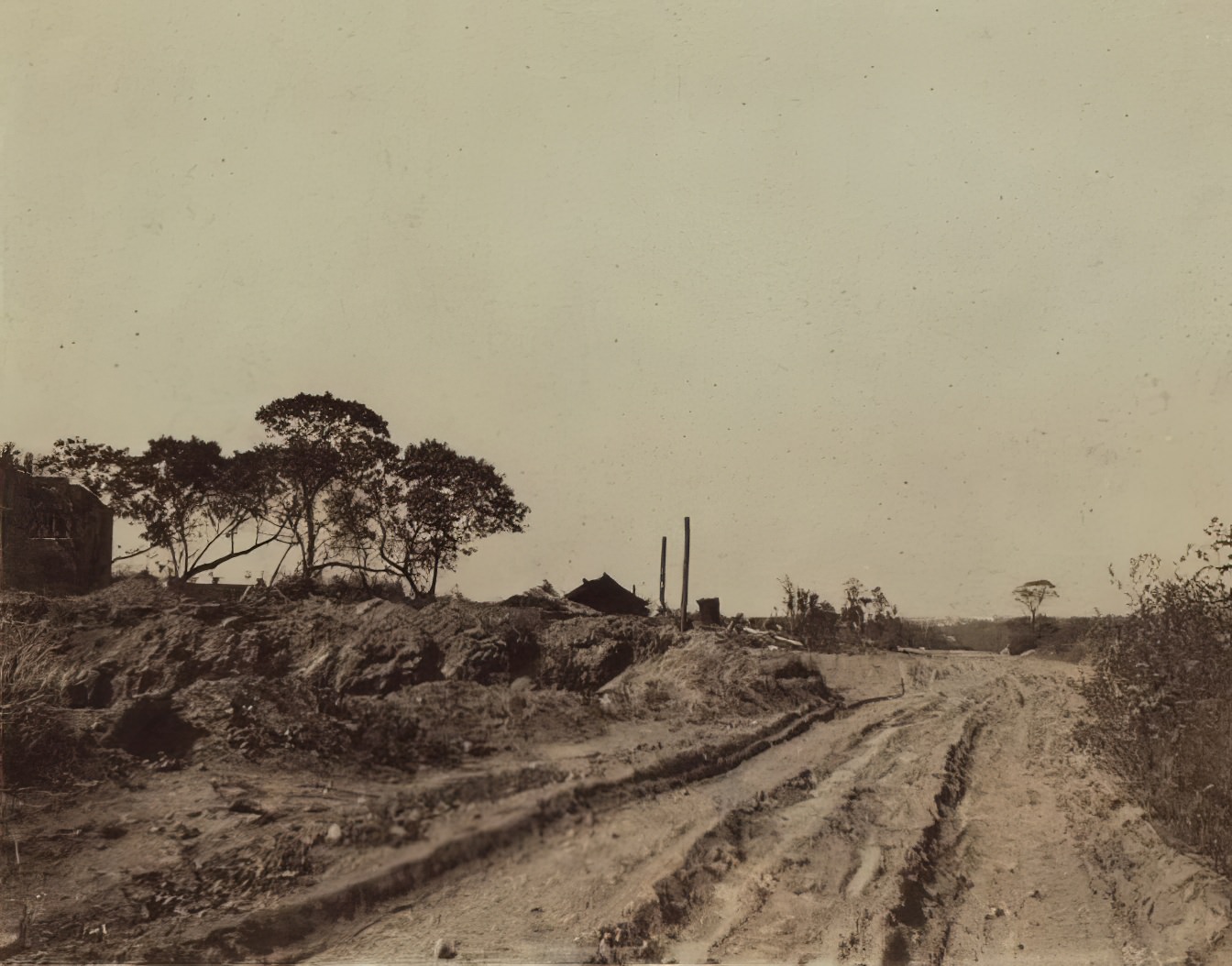

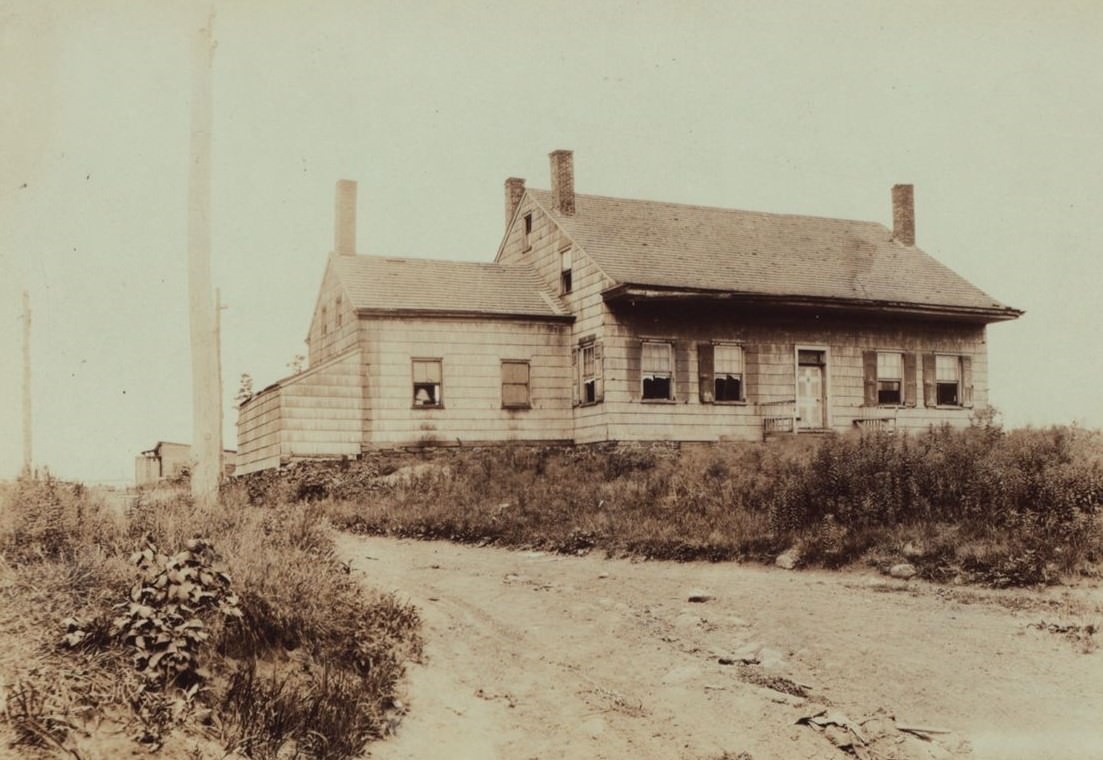
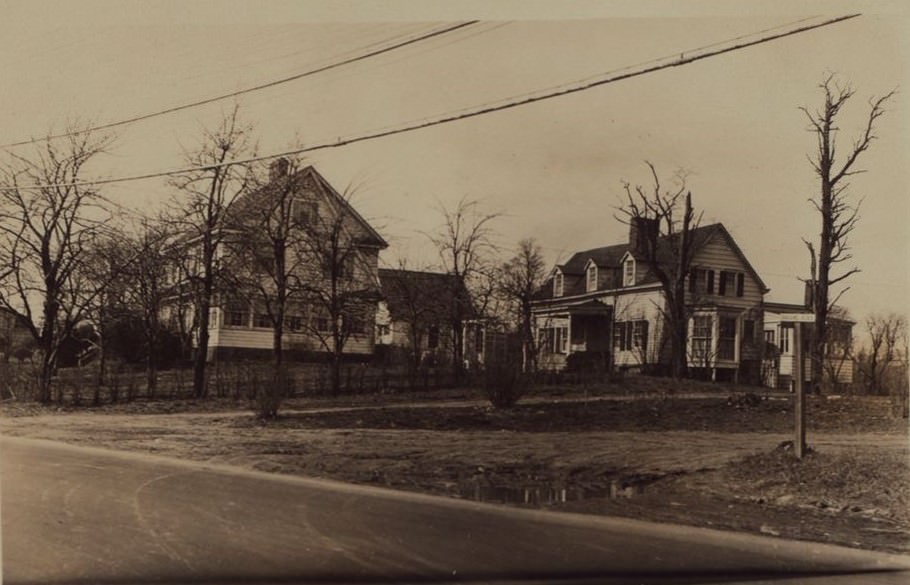
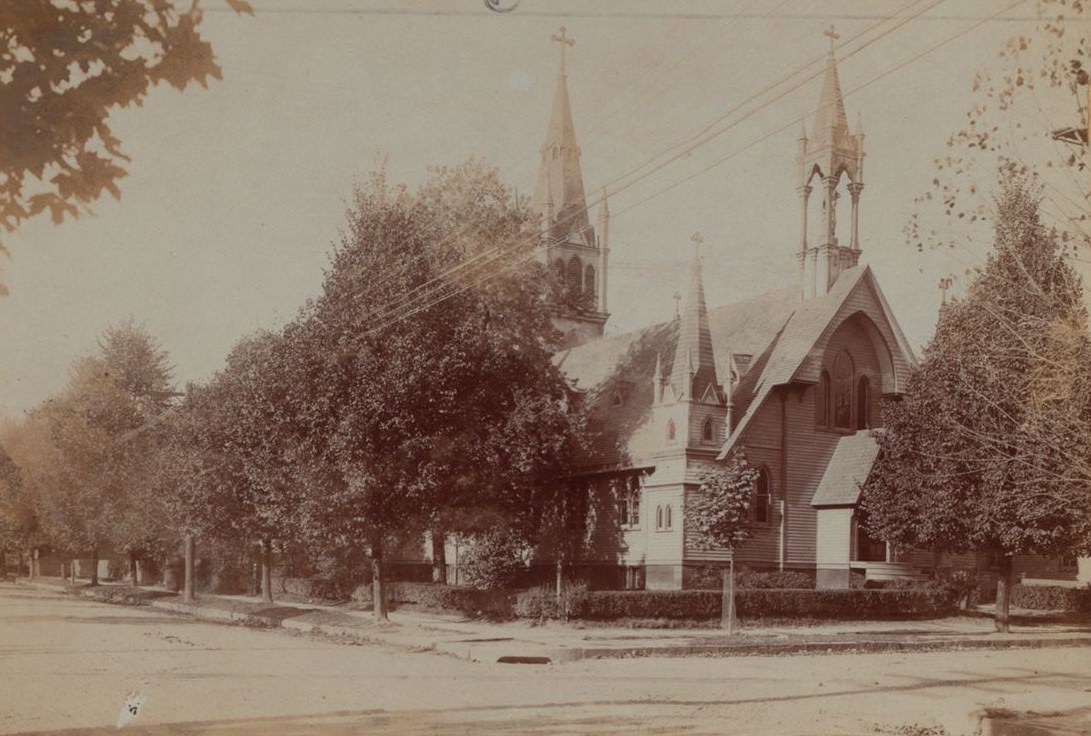
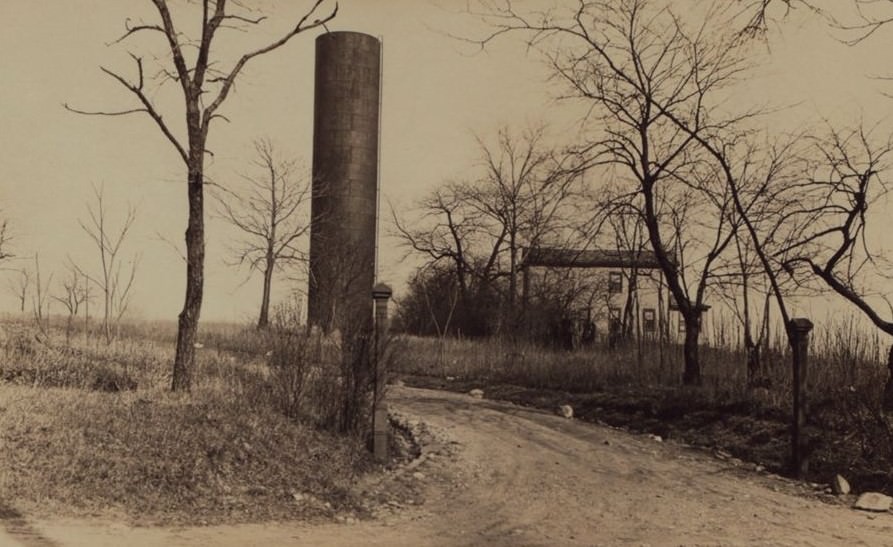
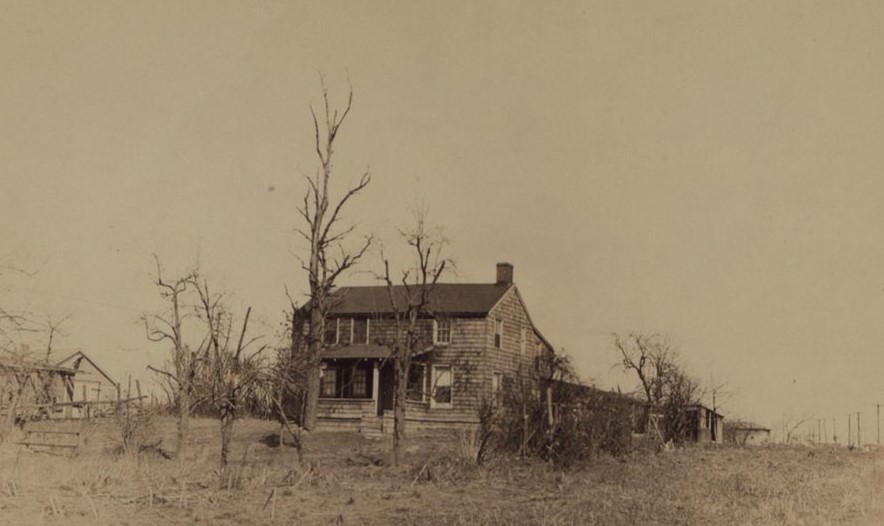
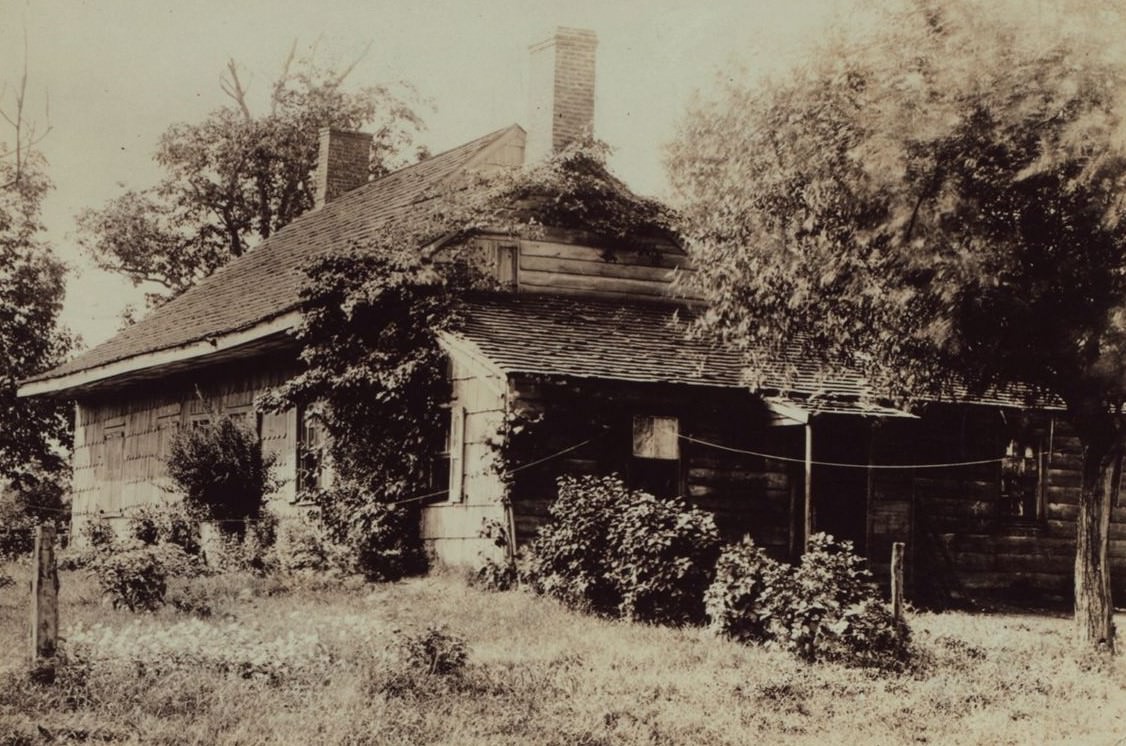
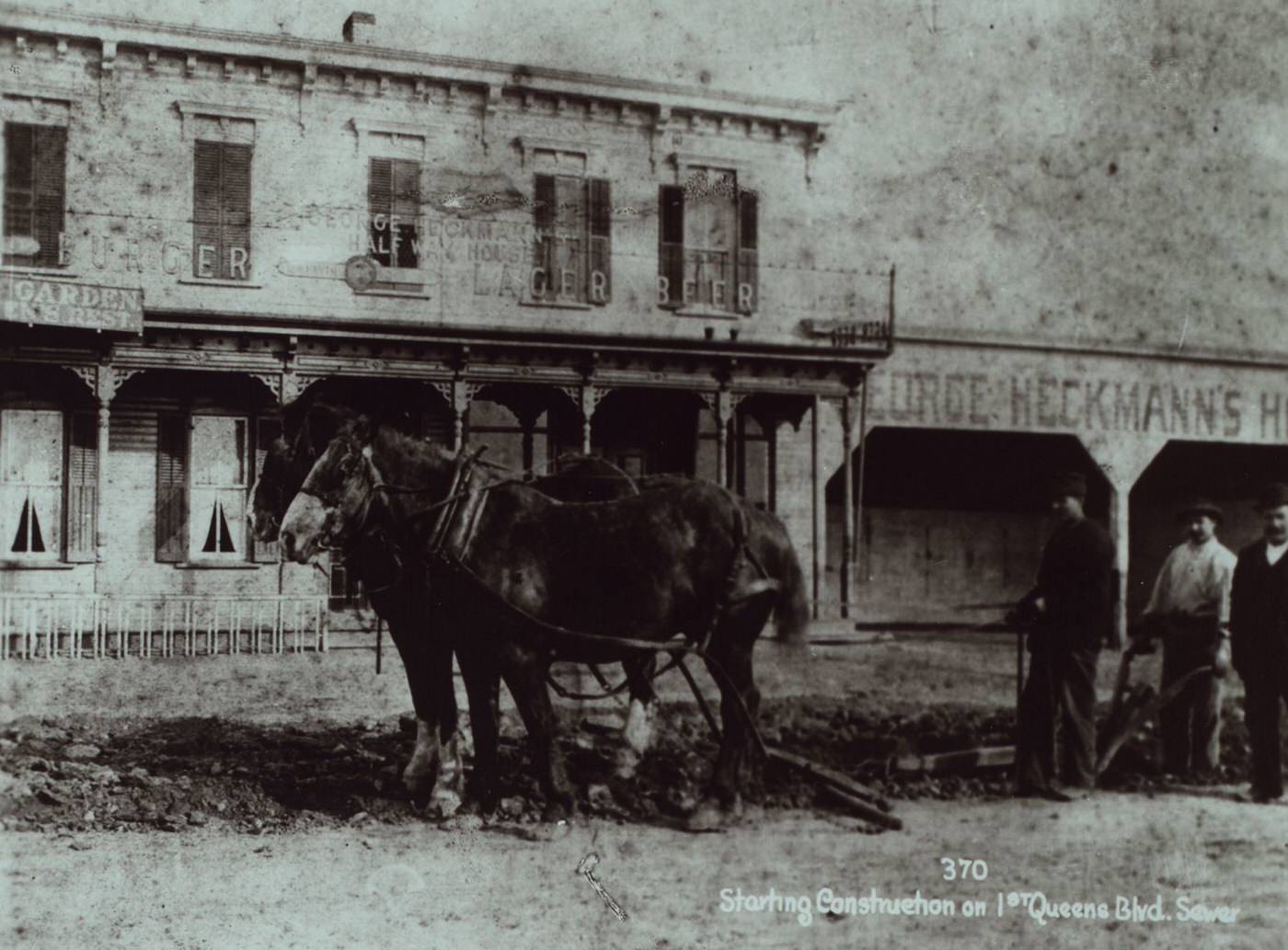
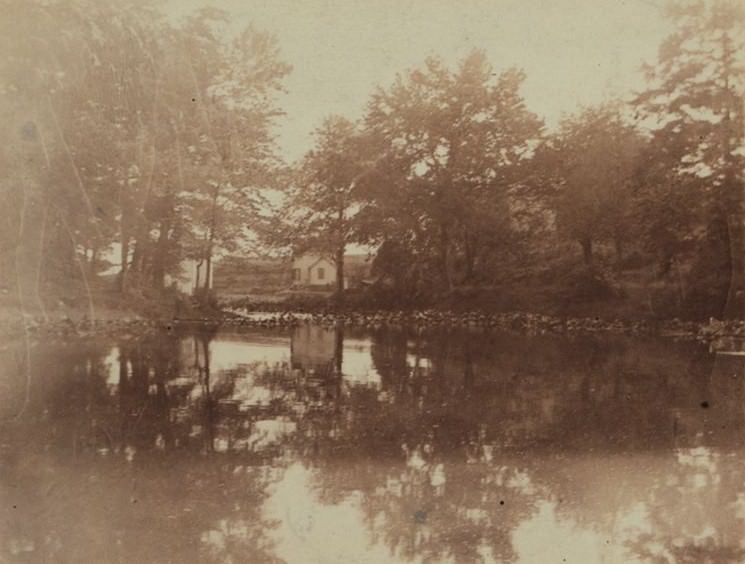
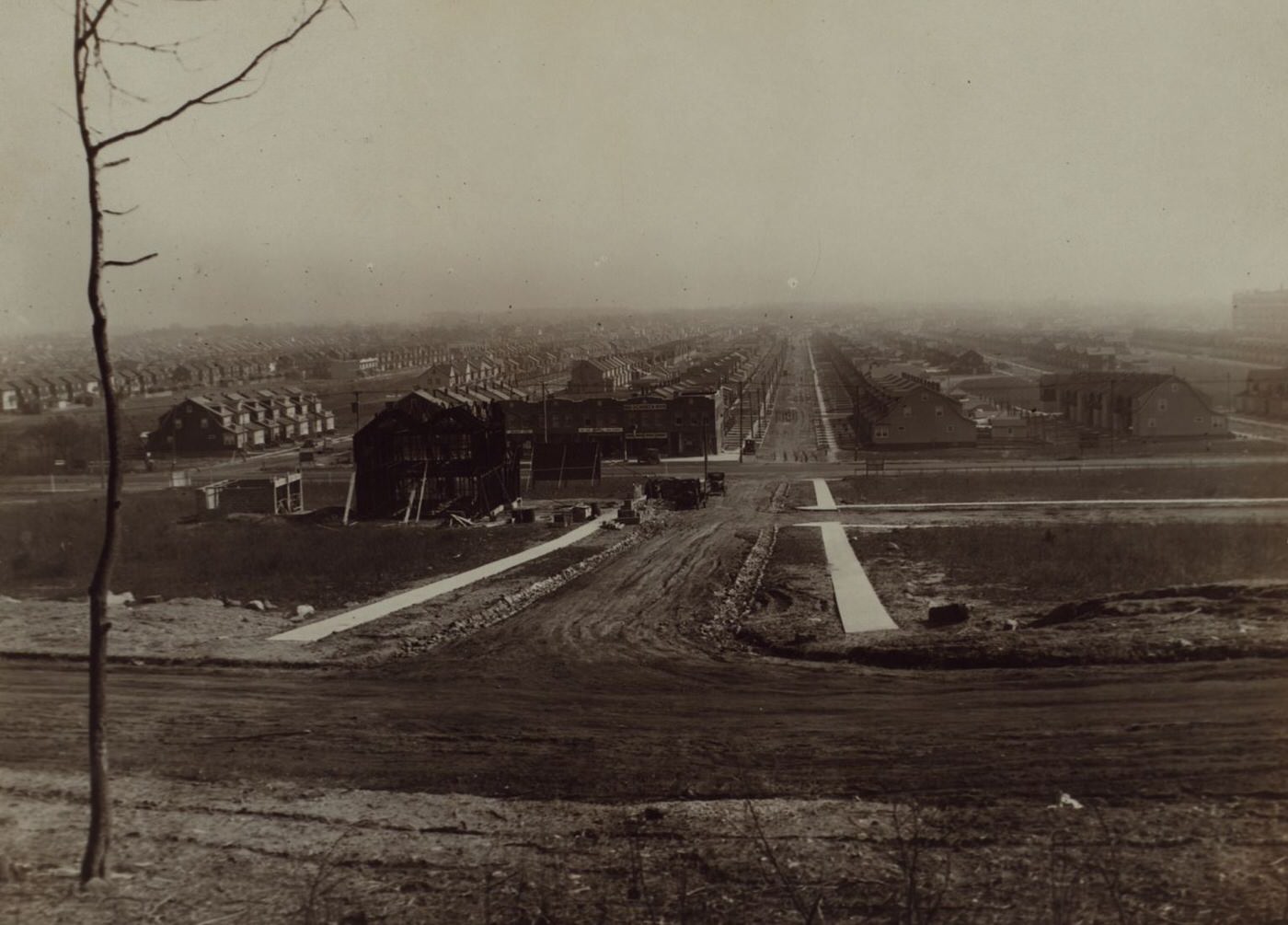
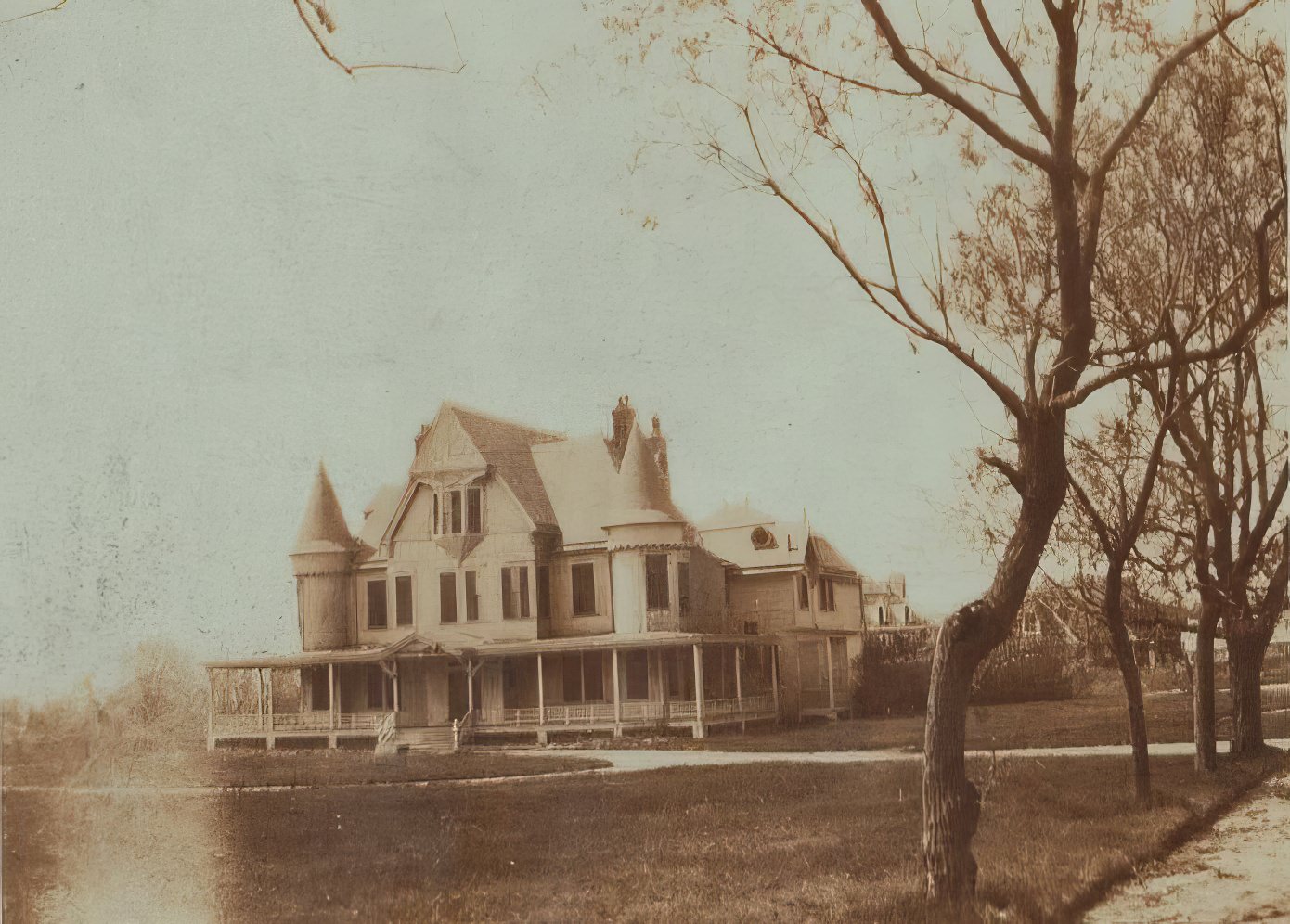

GIPHY App Key not set. Please check settings